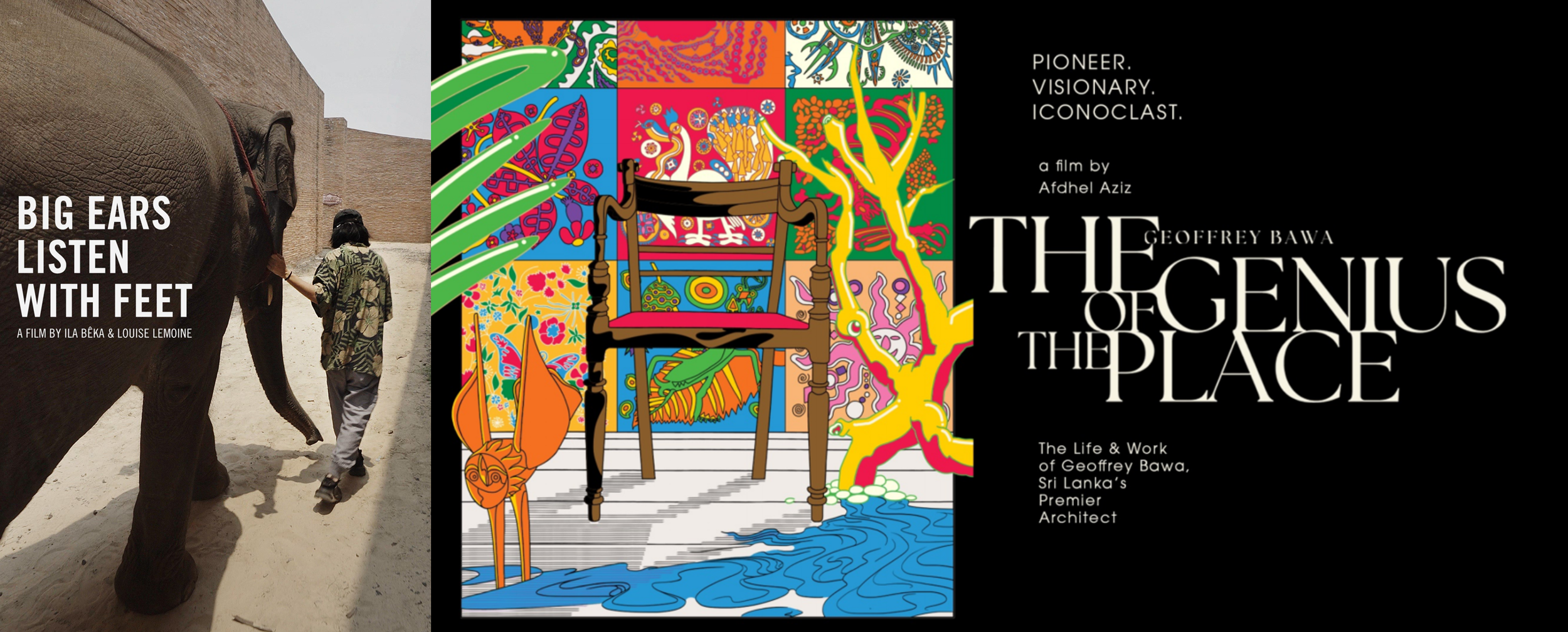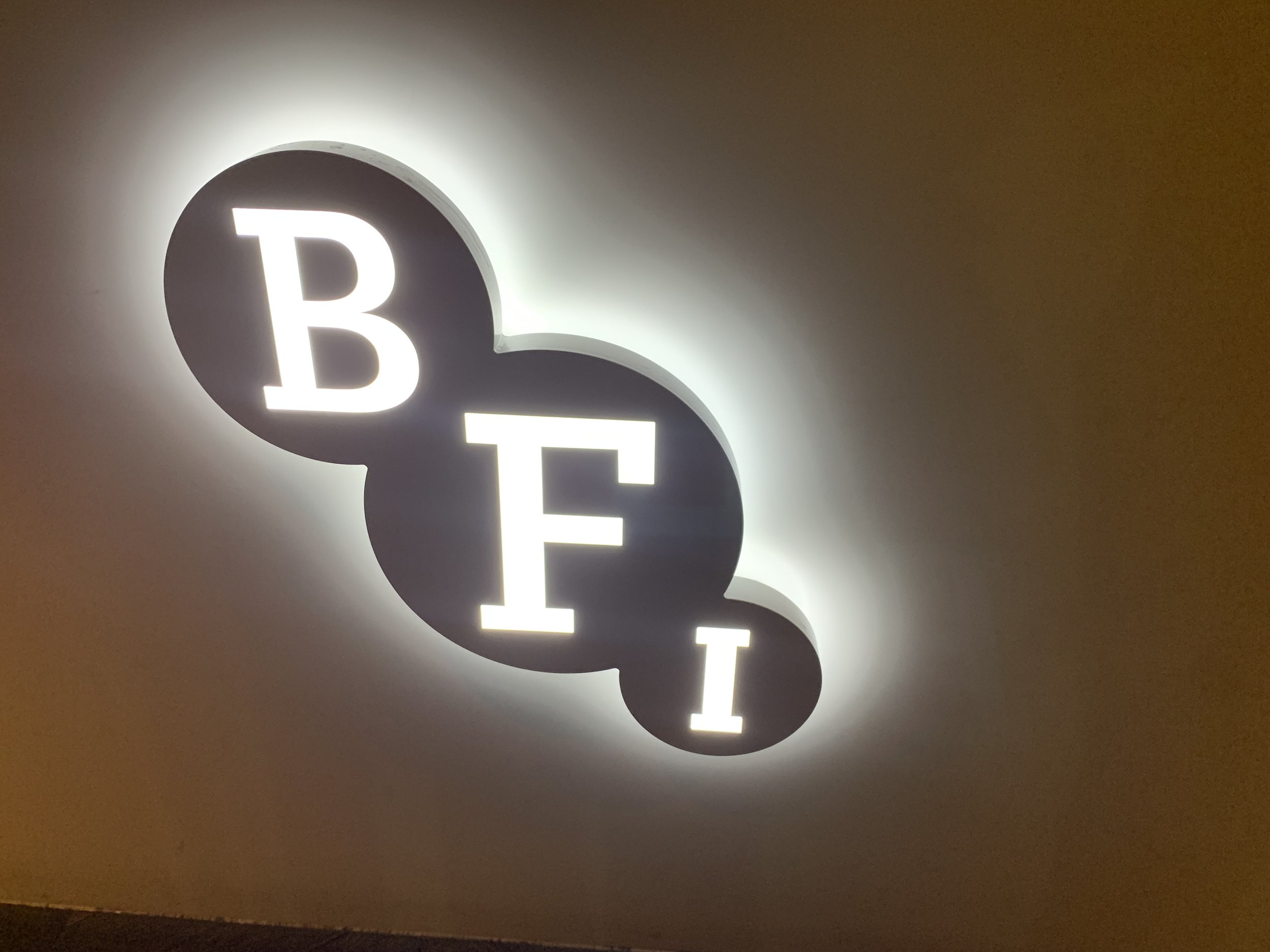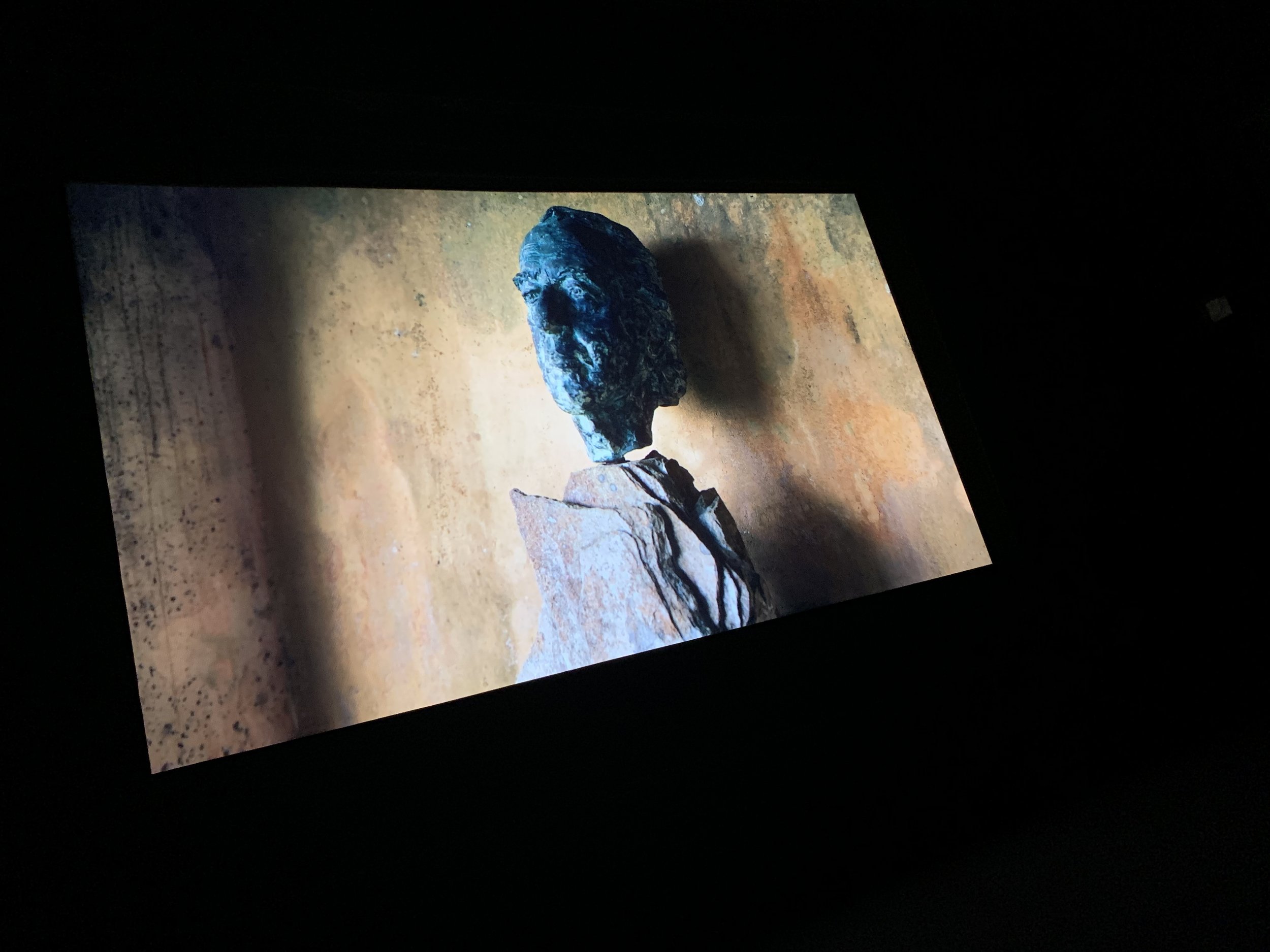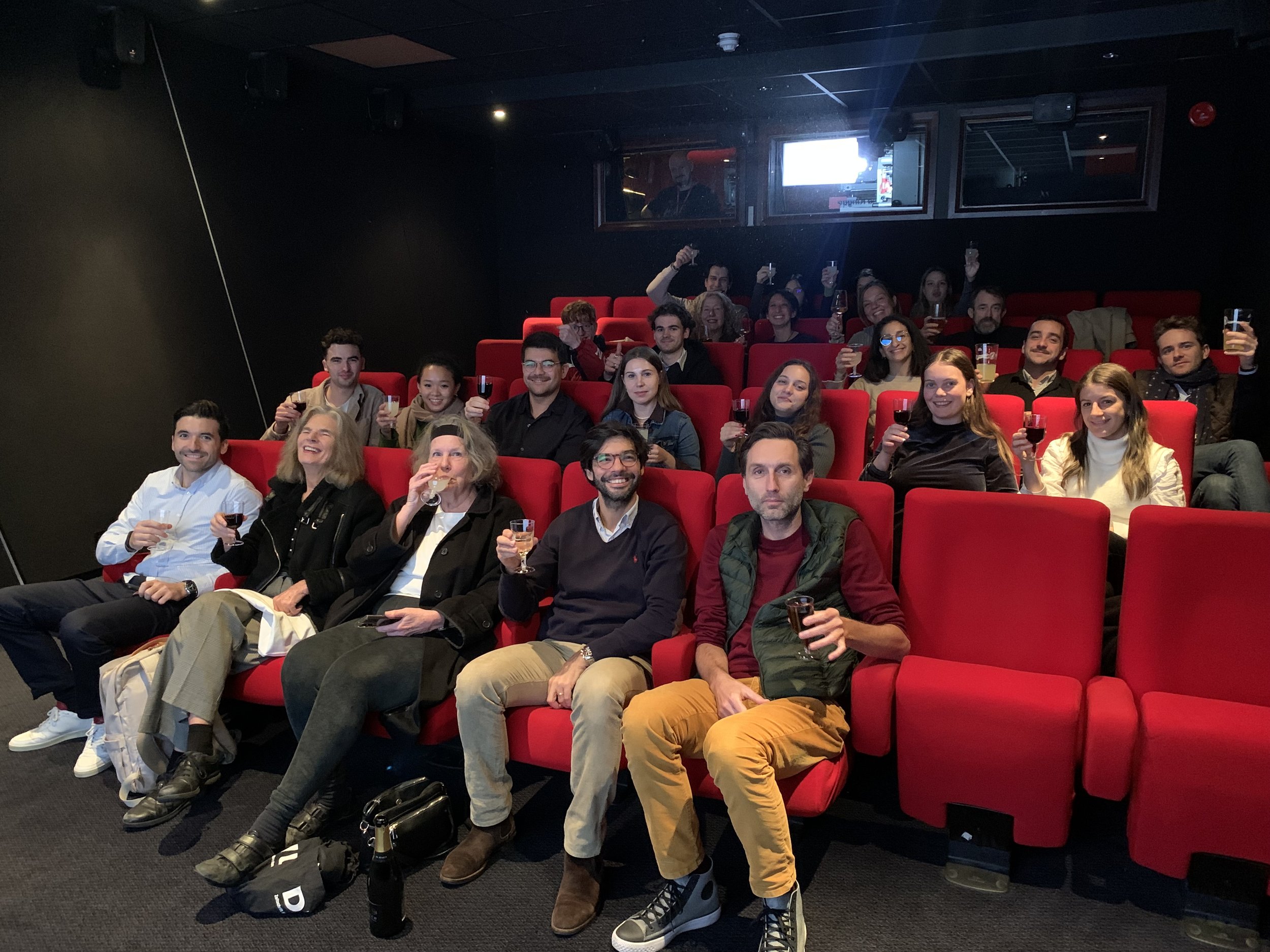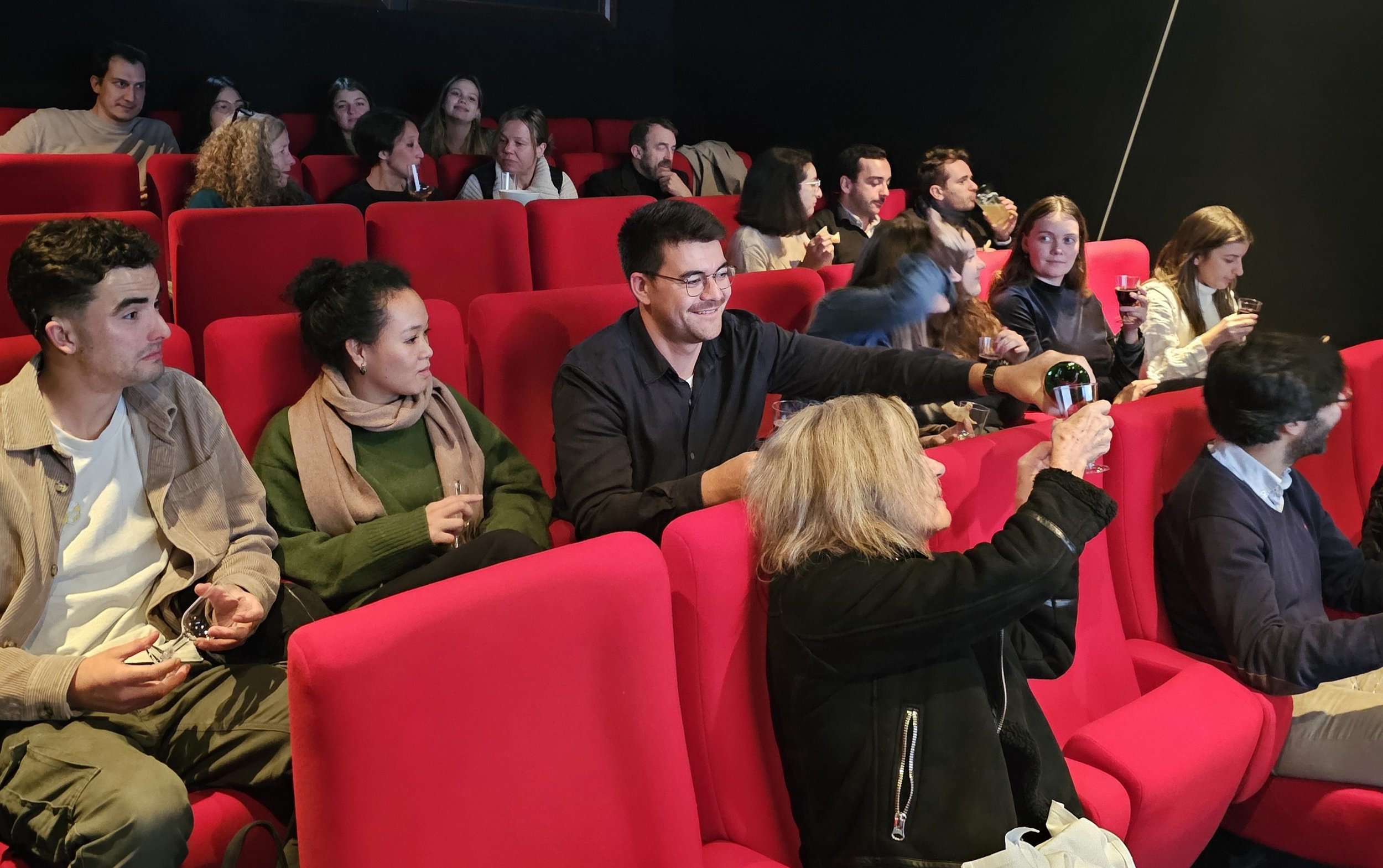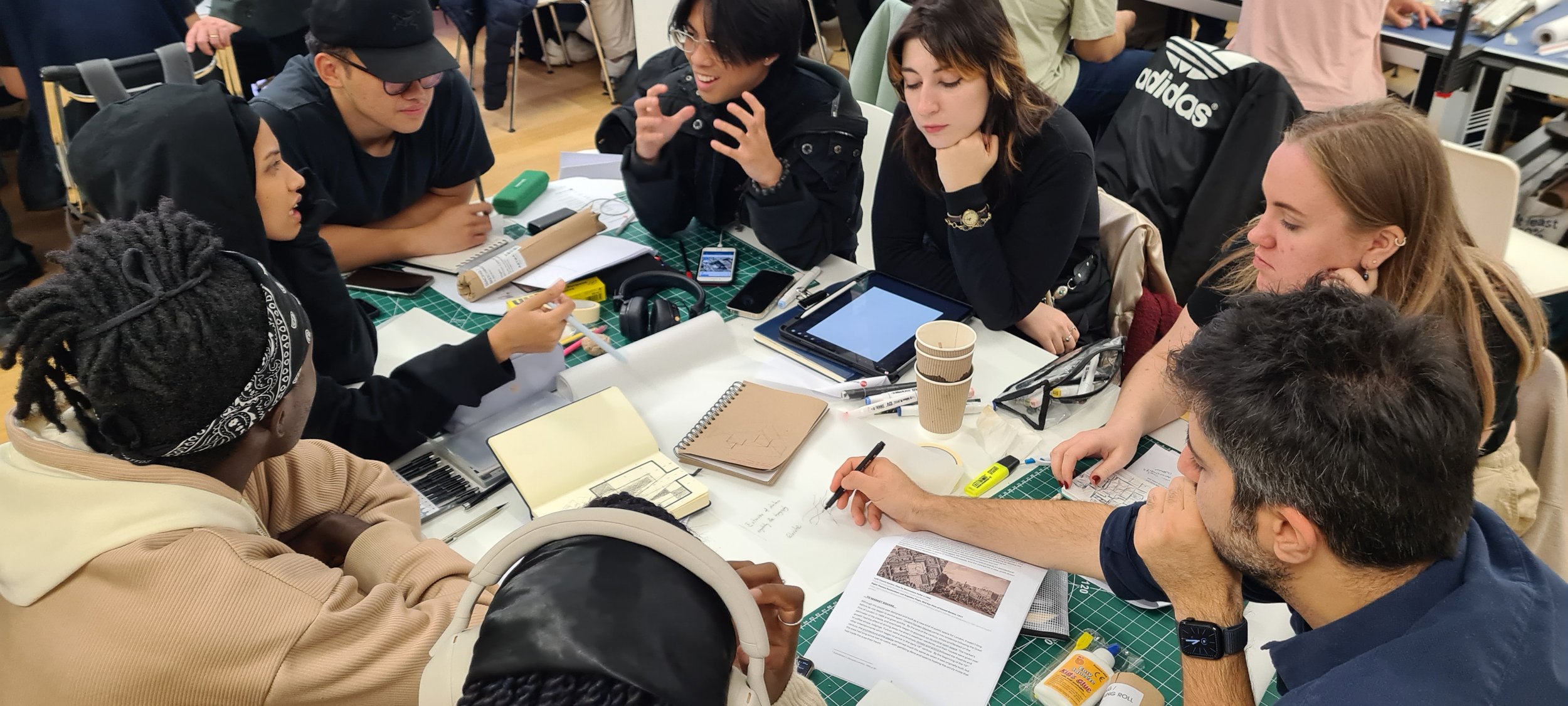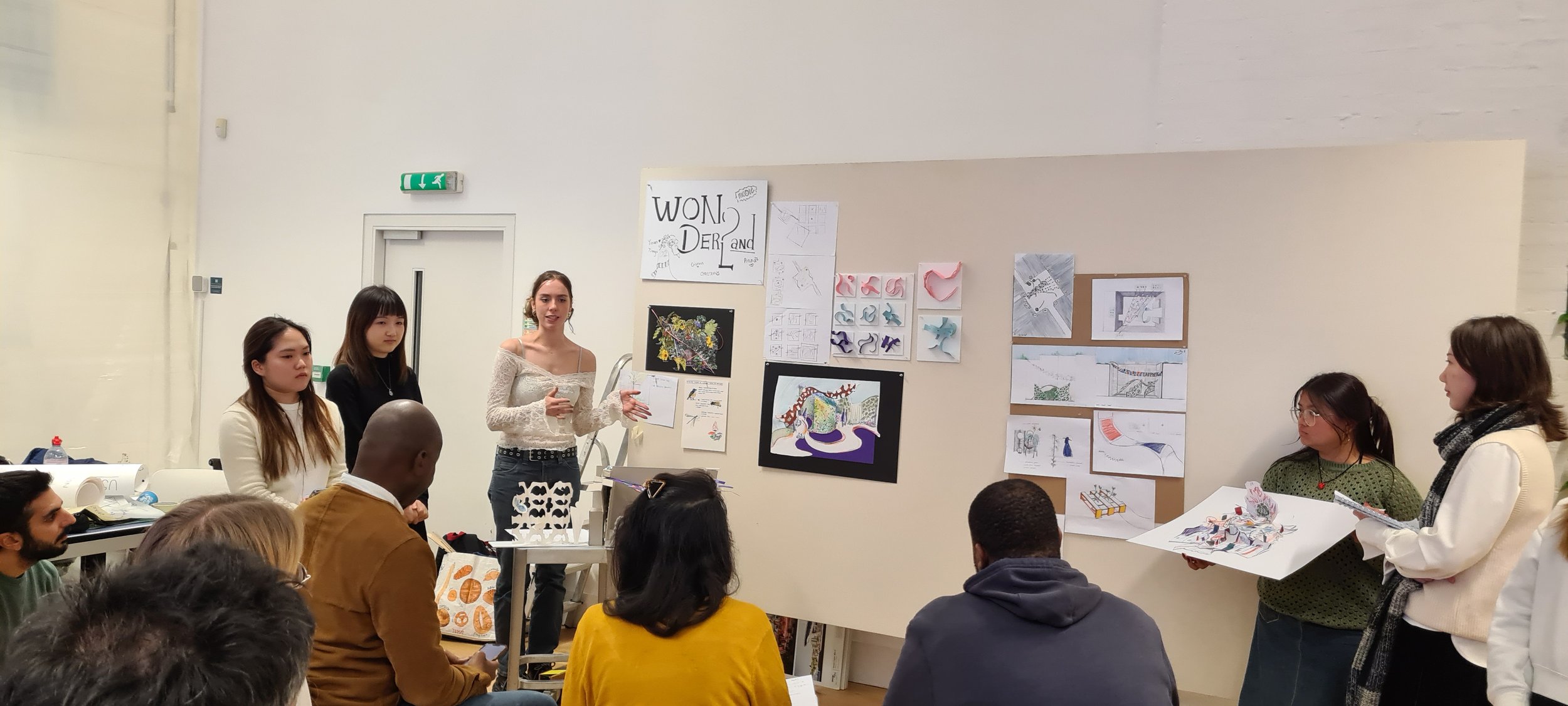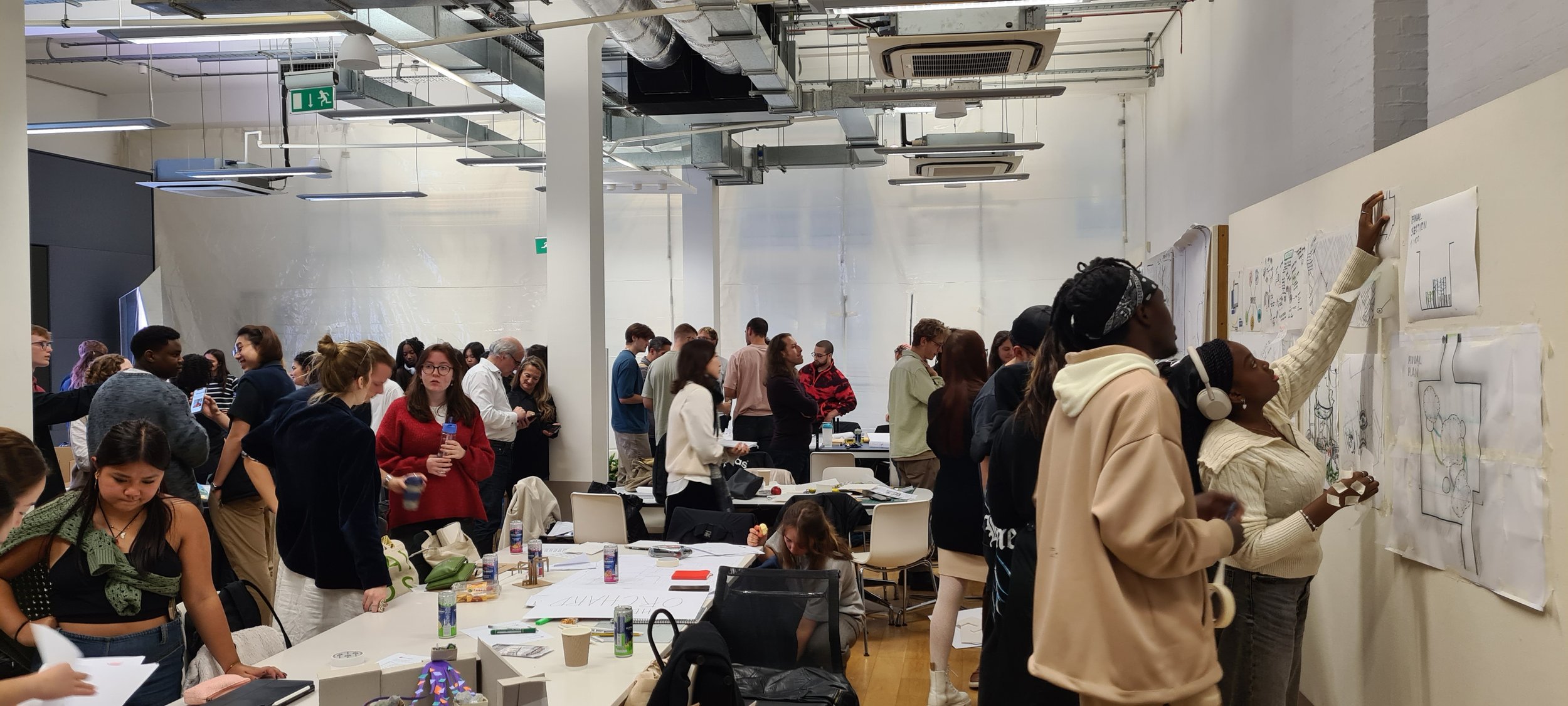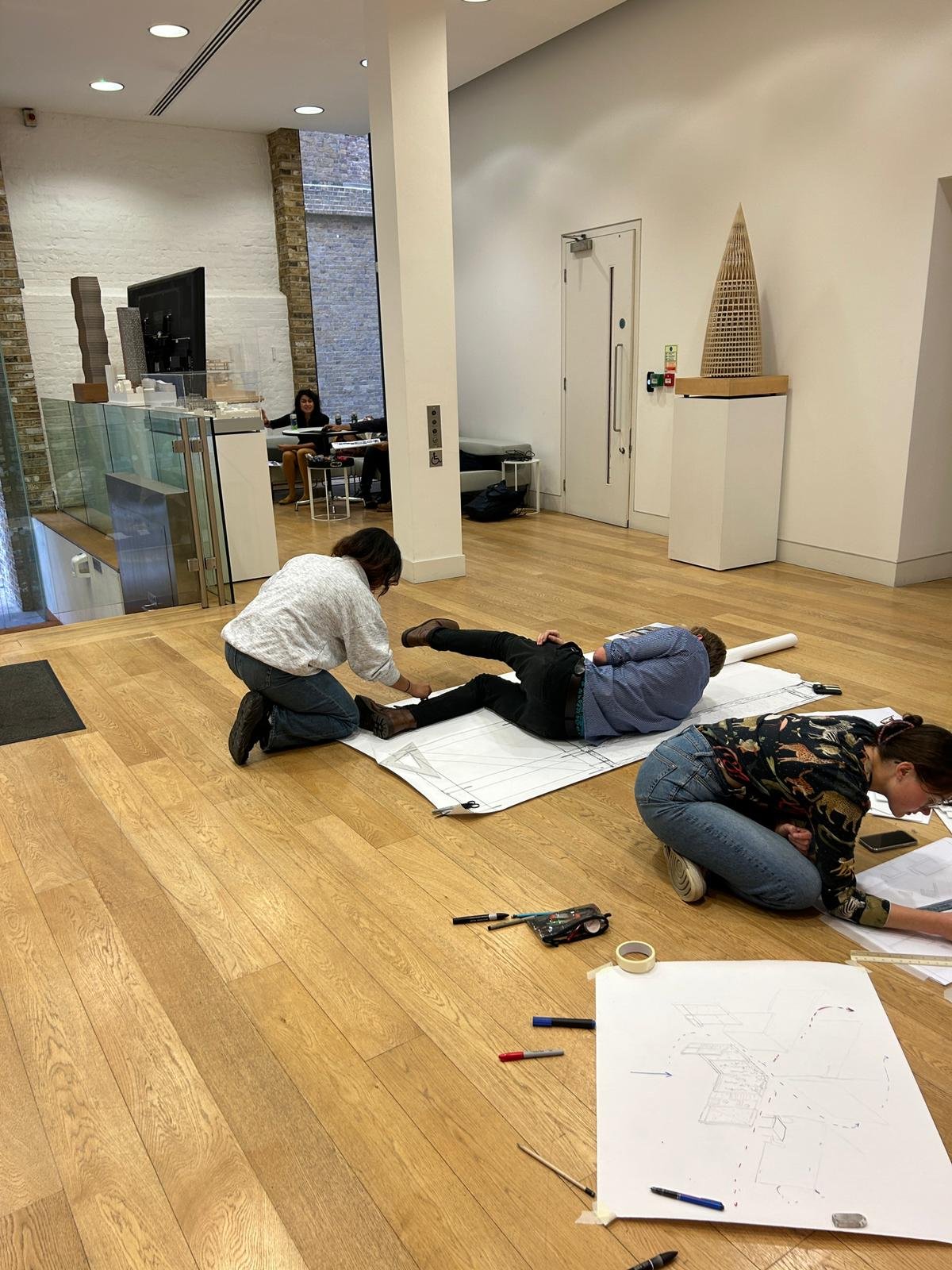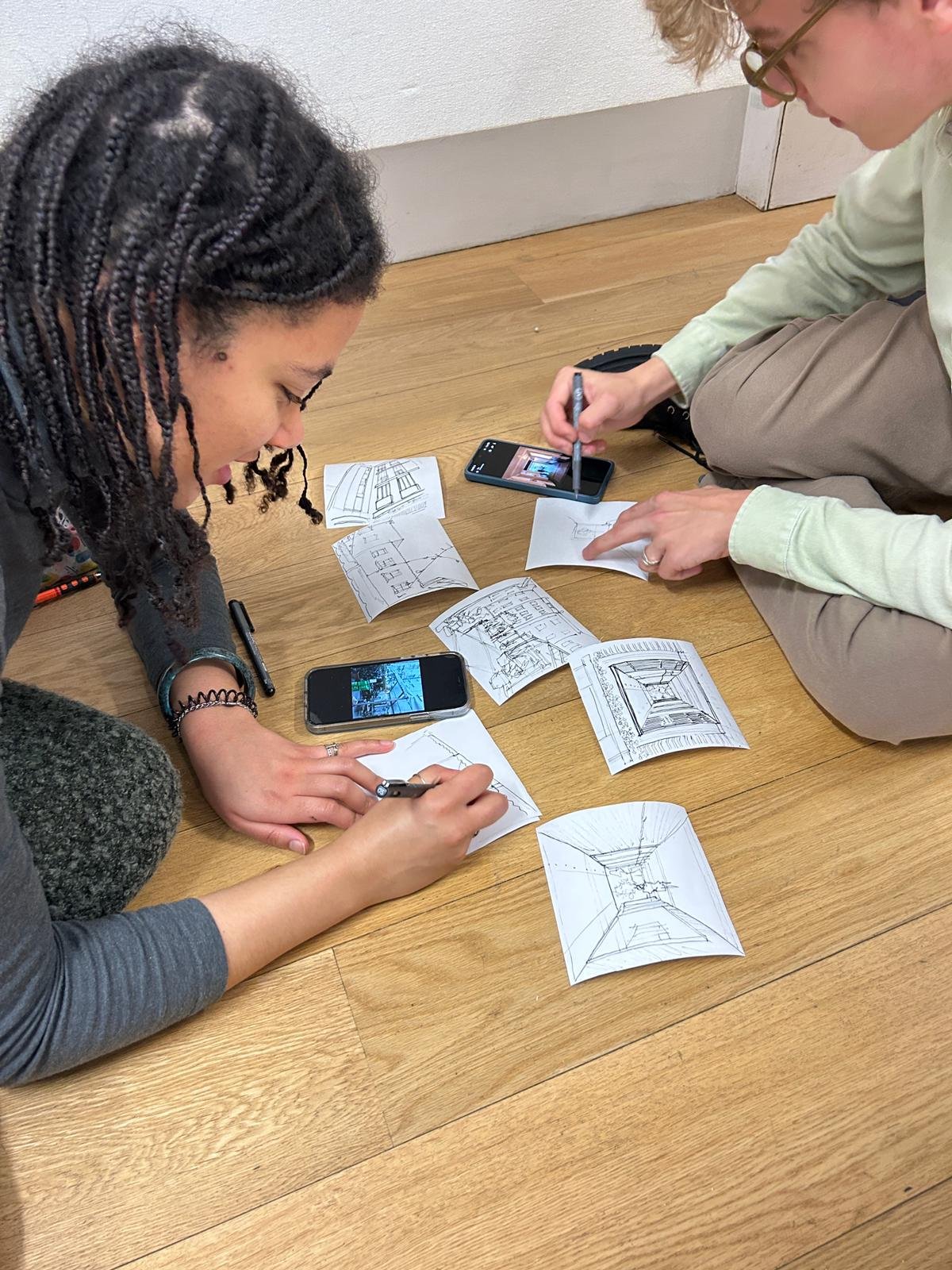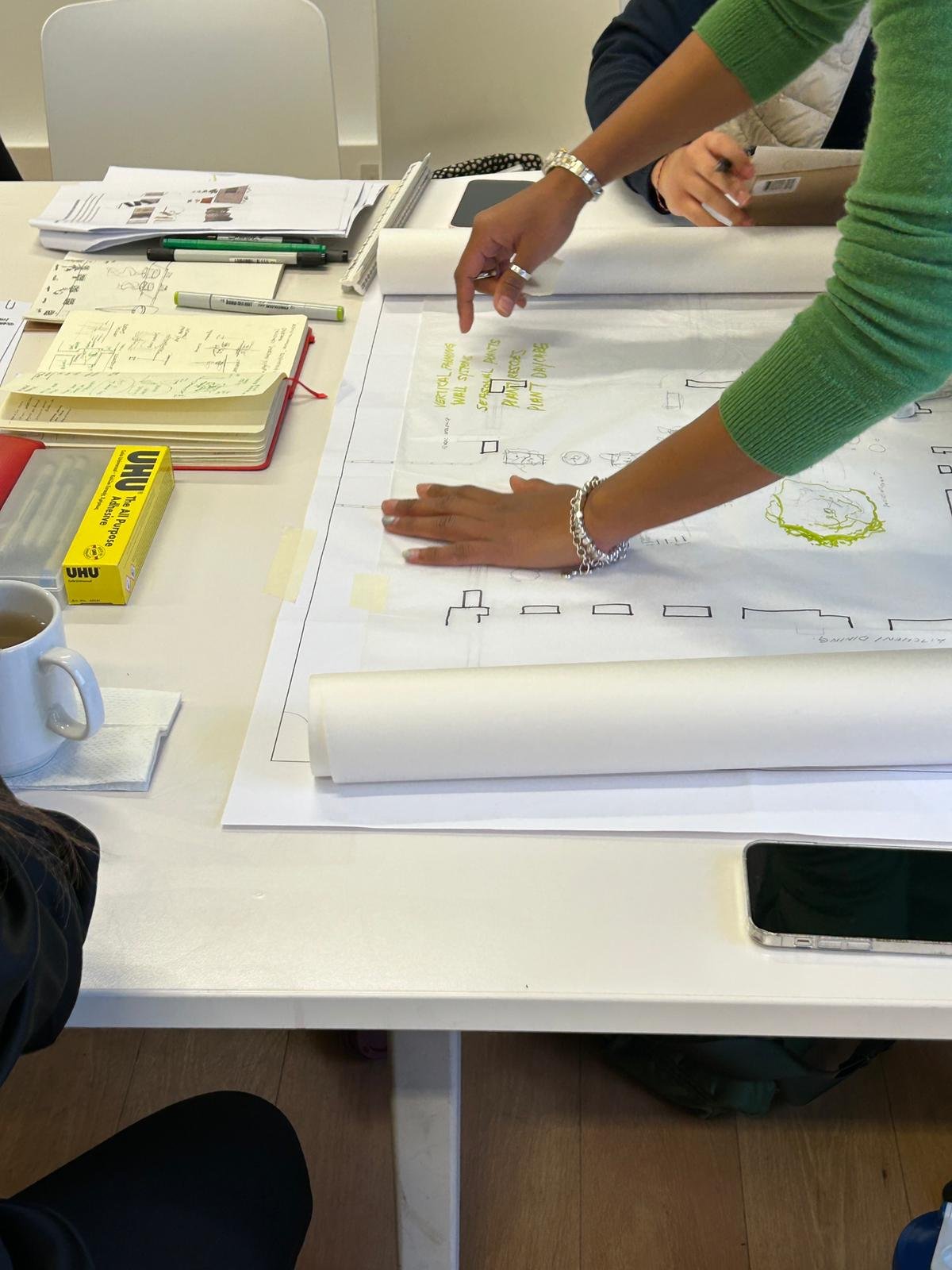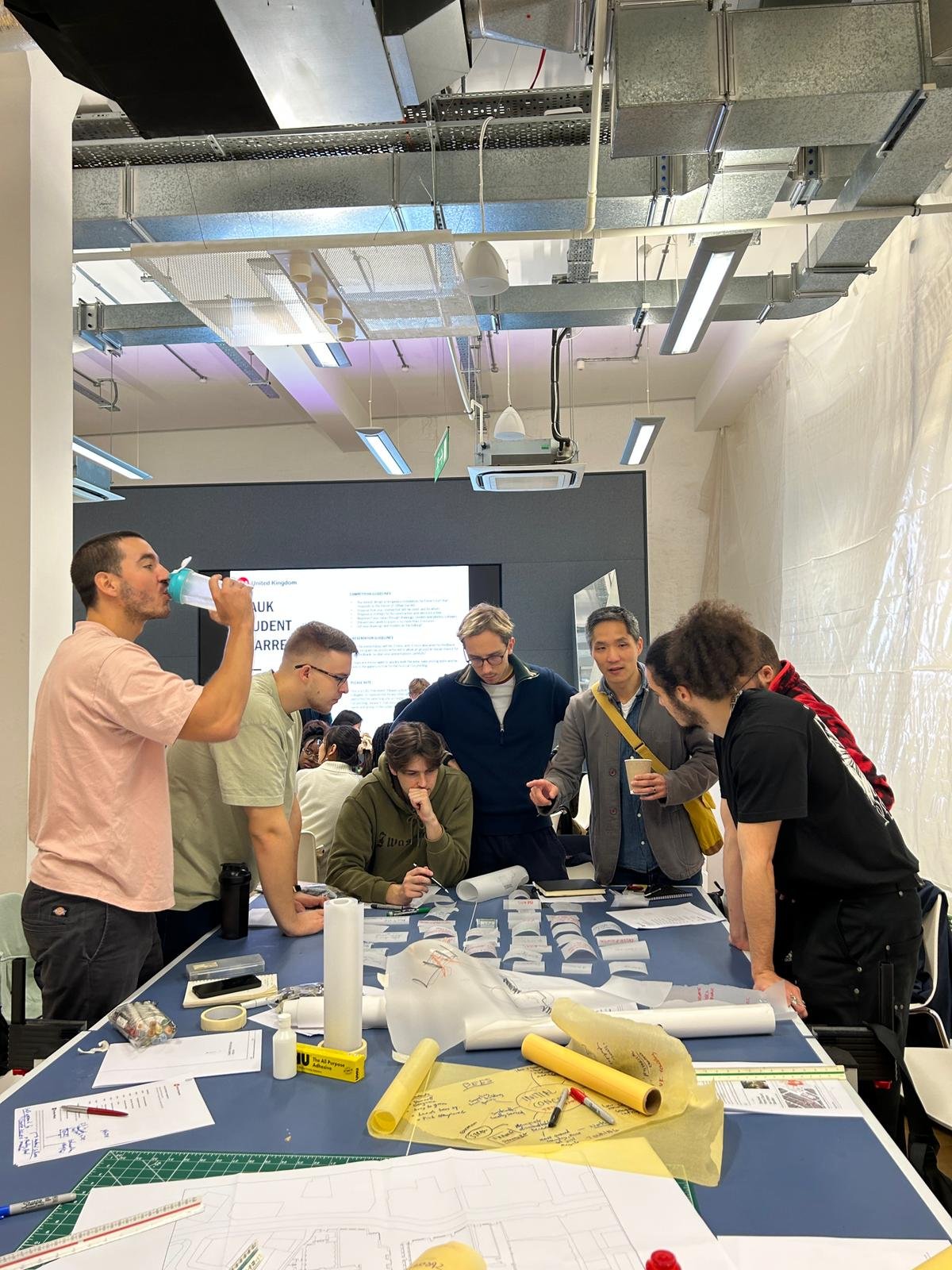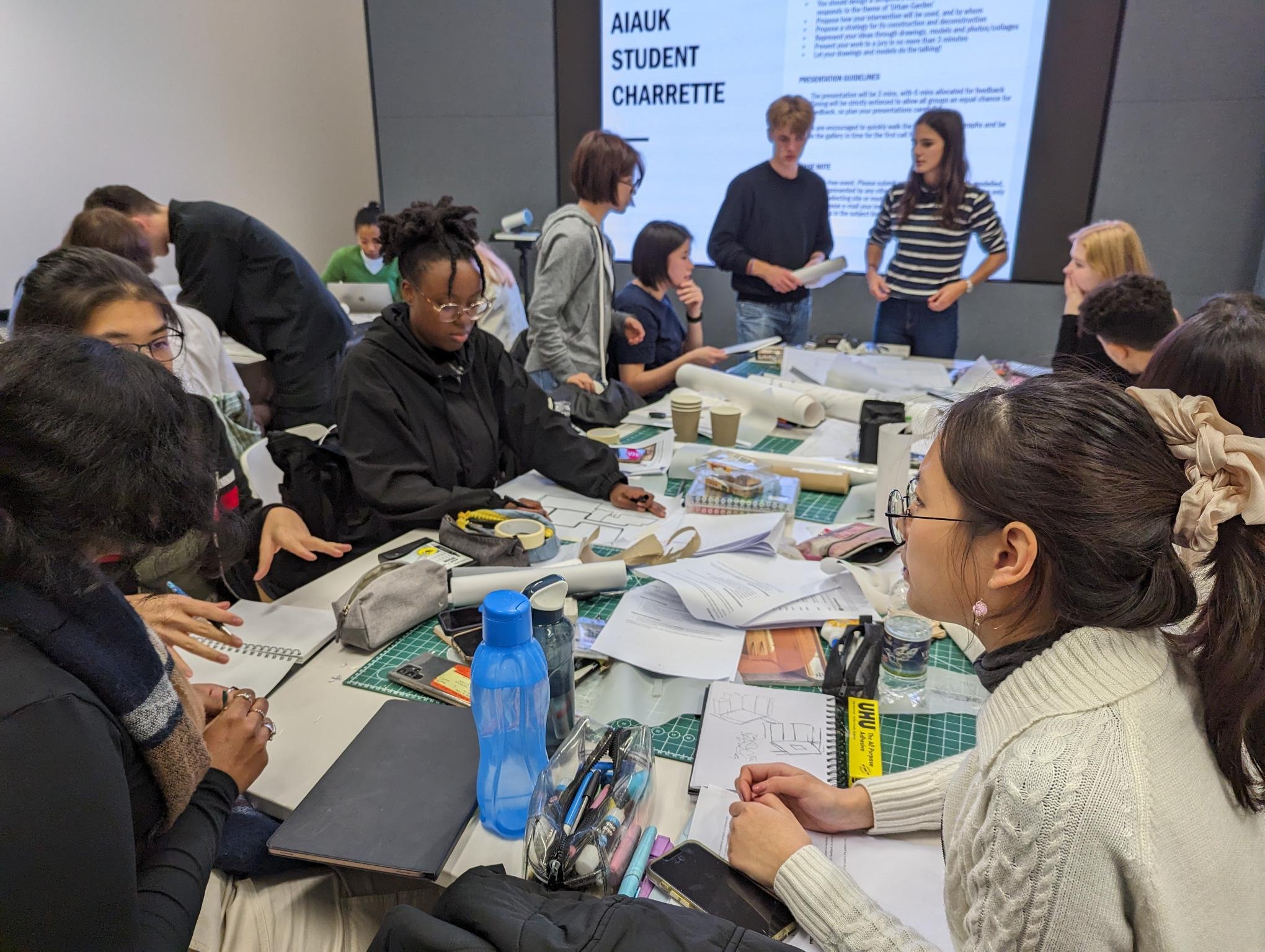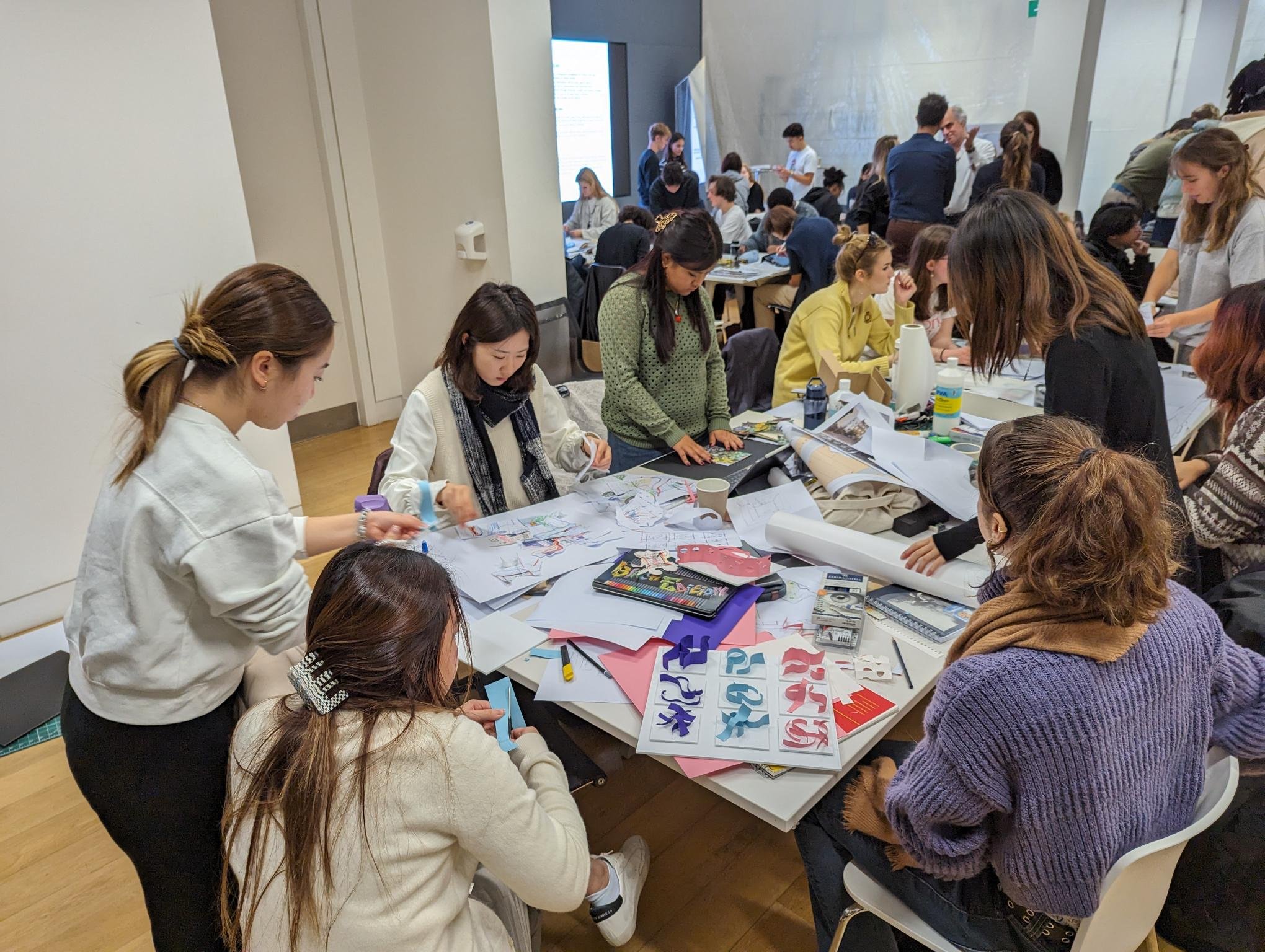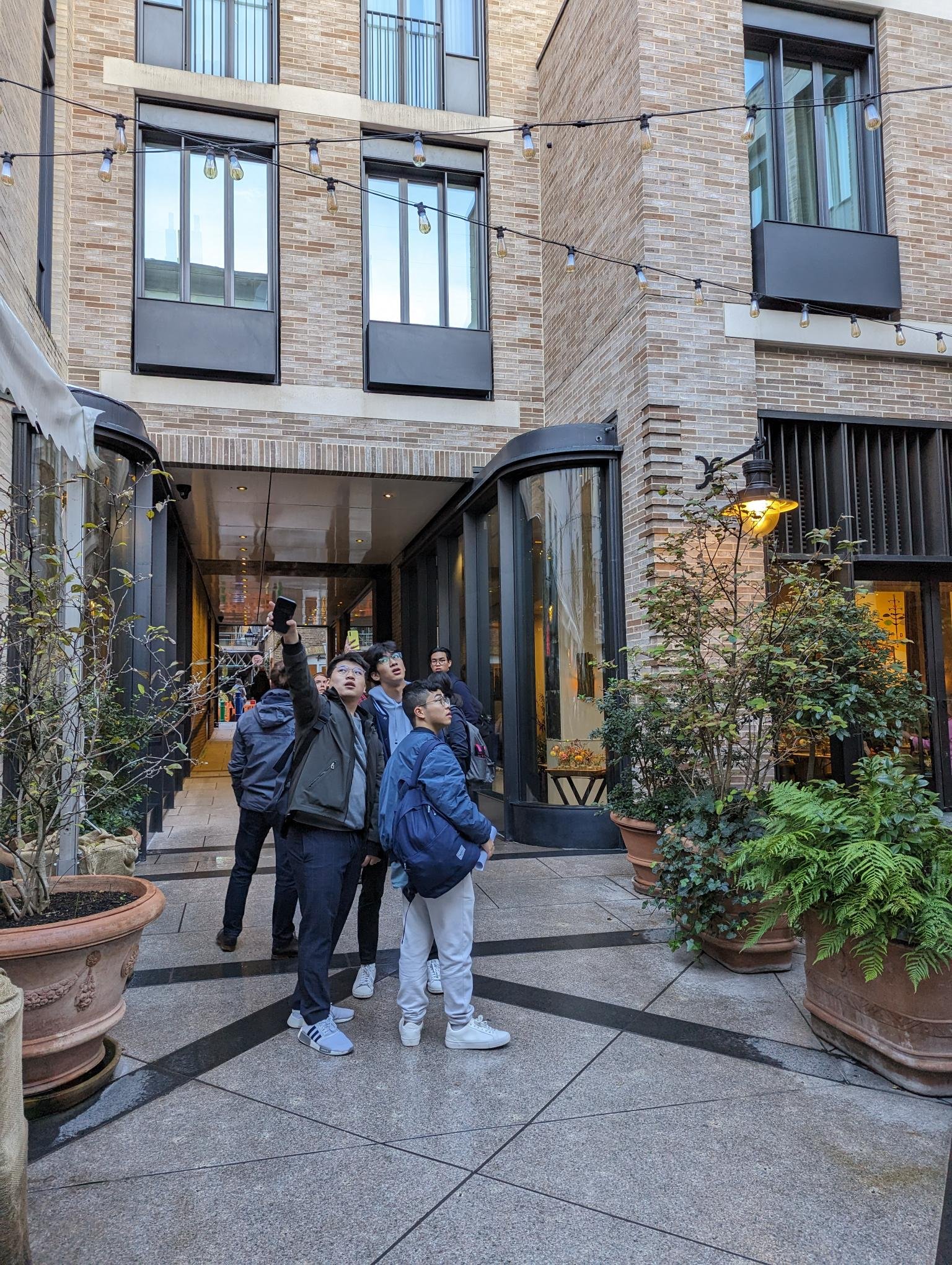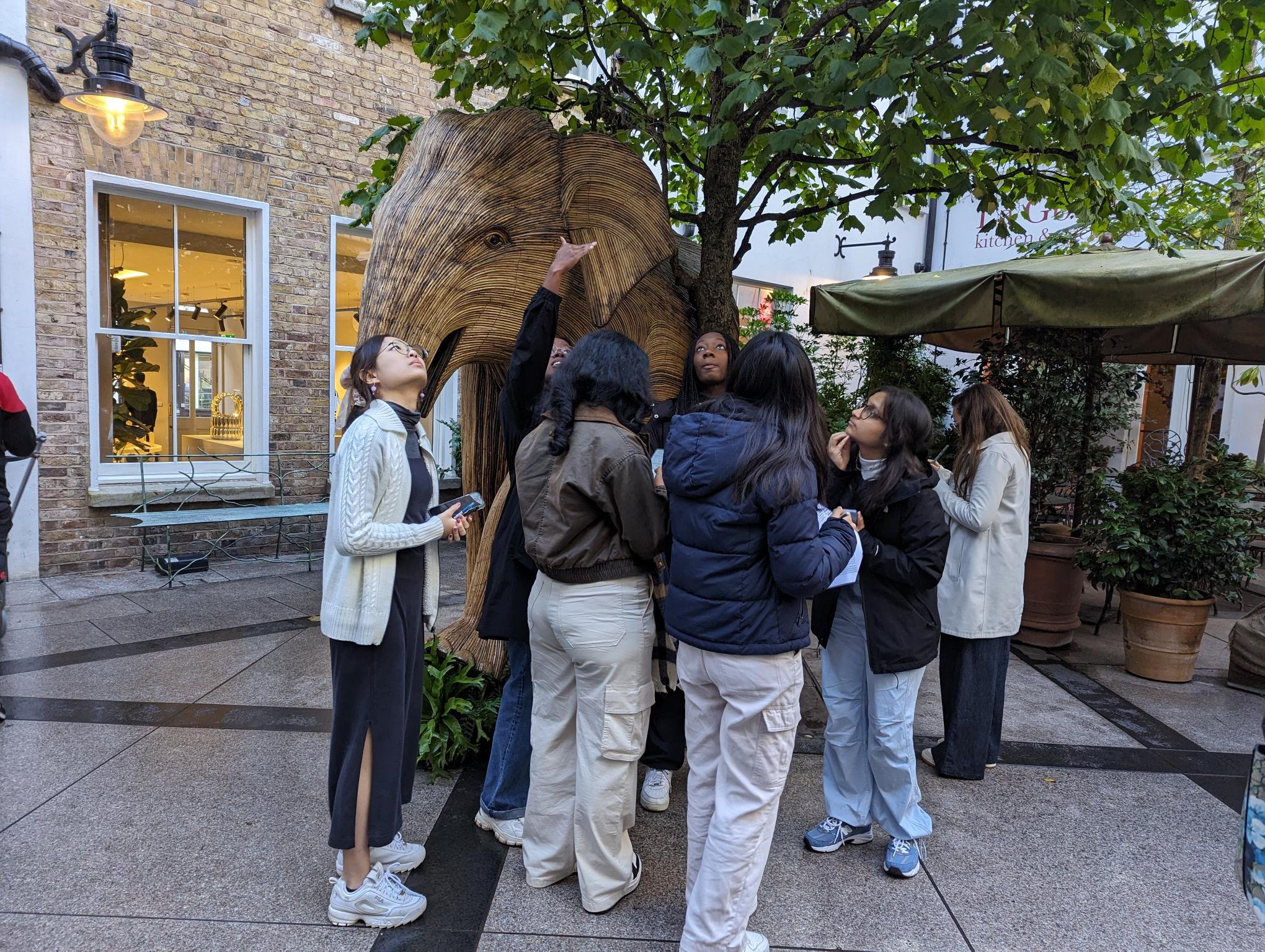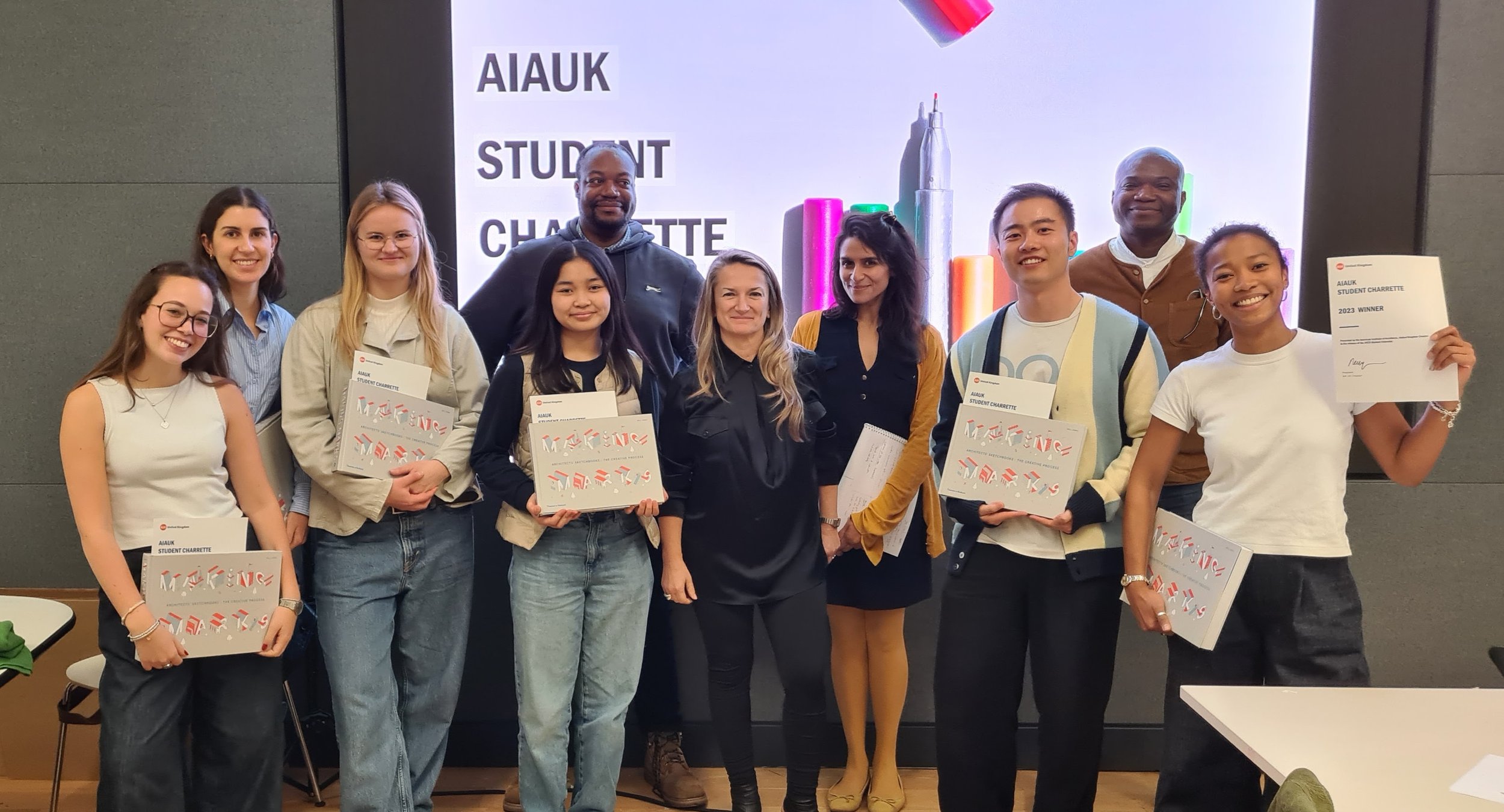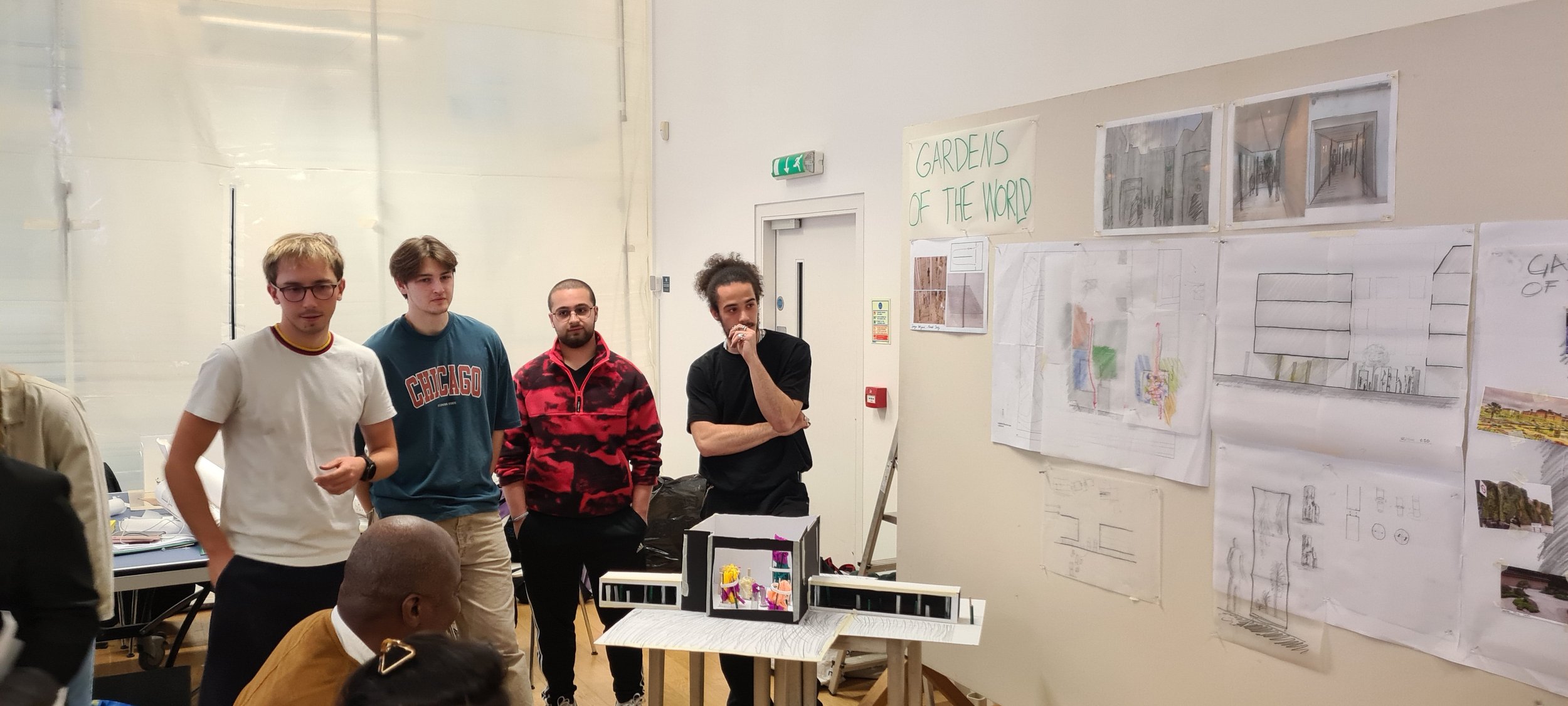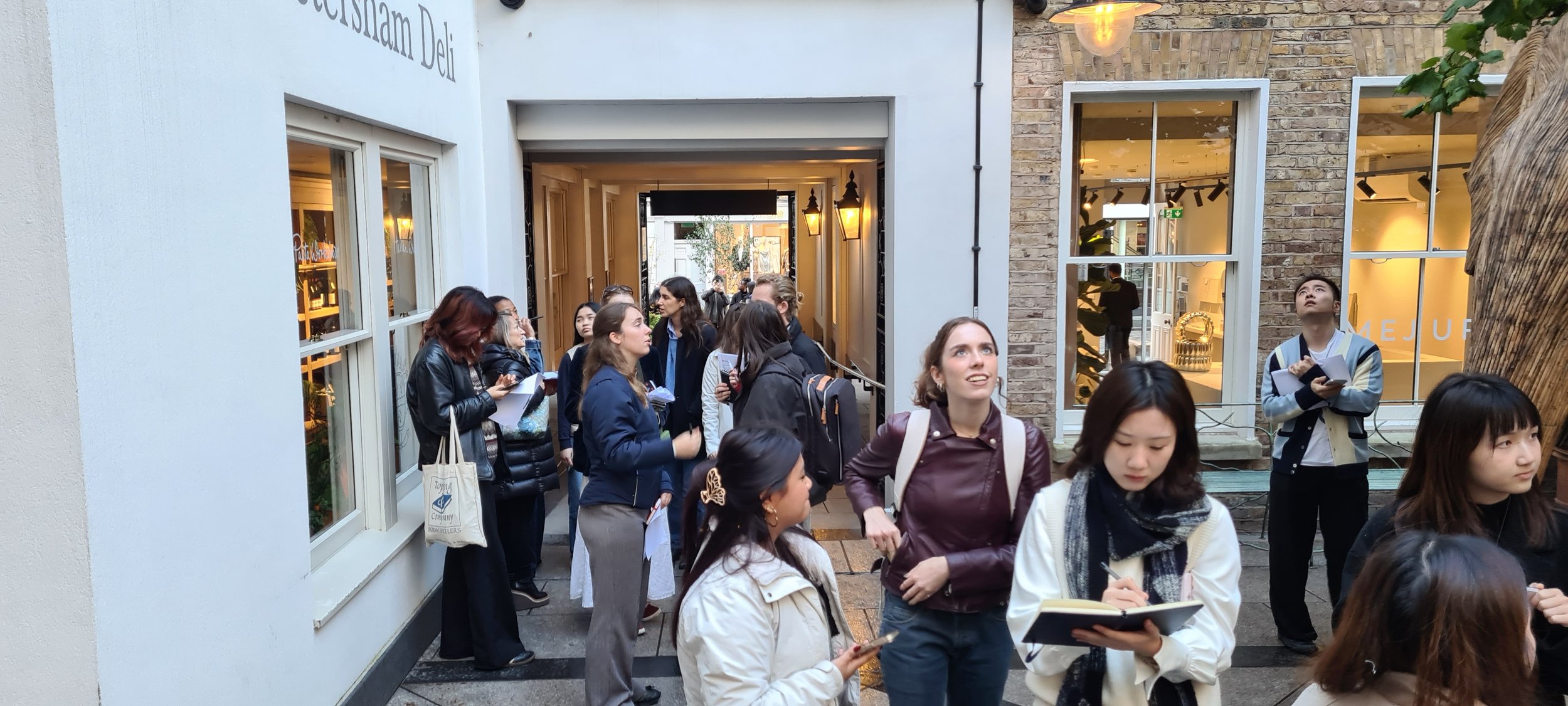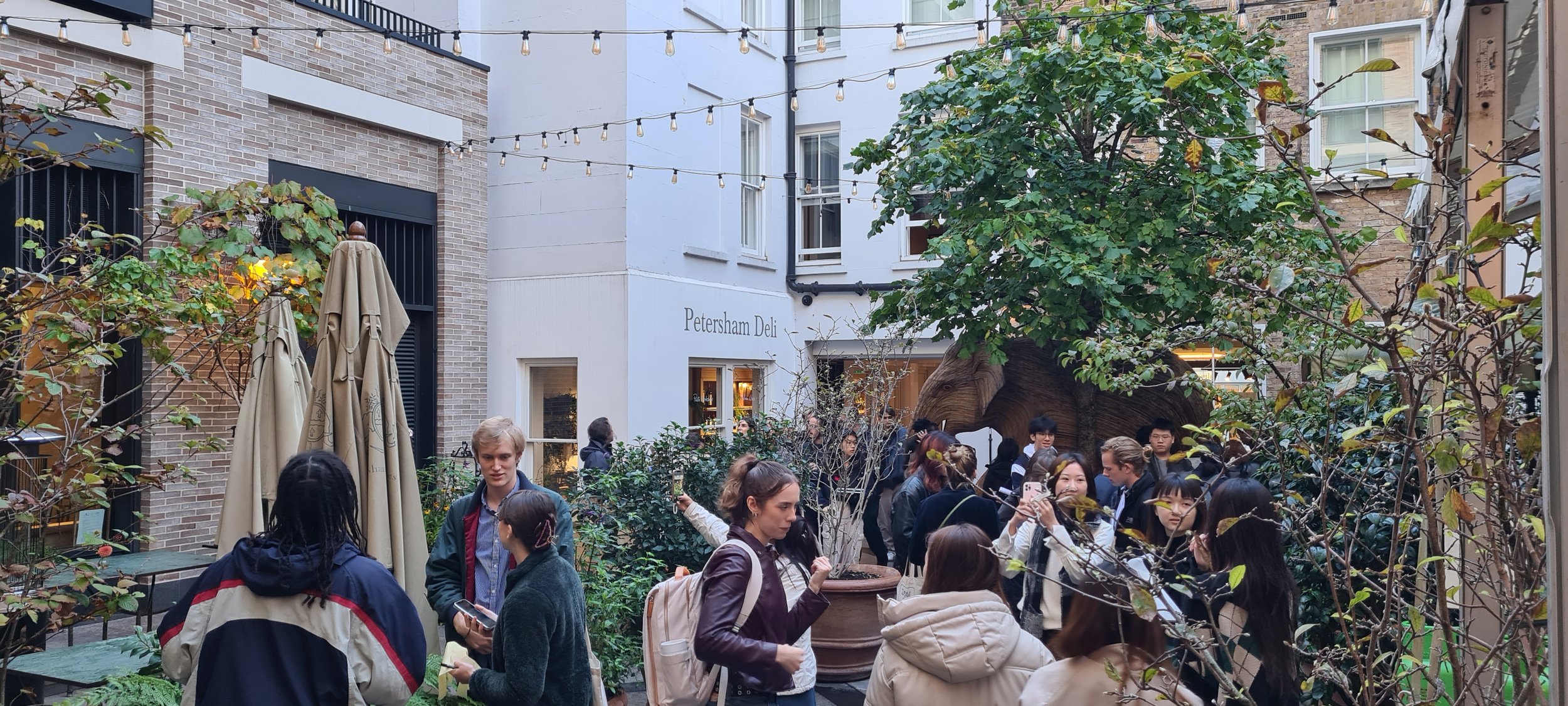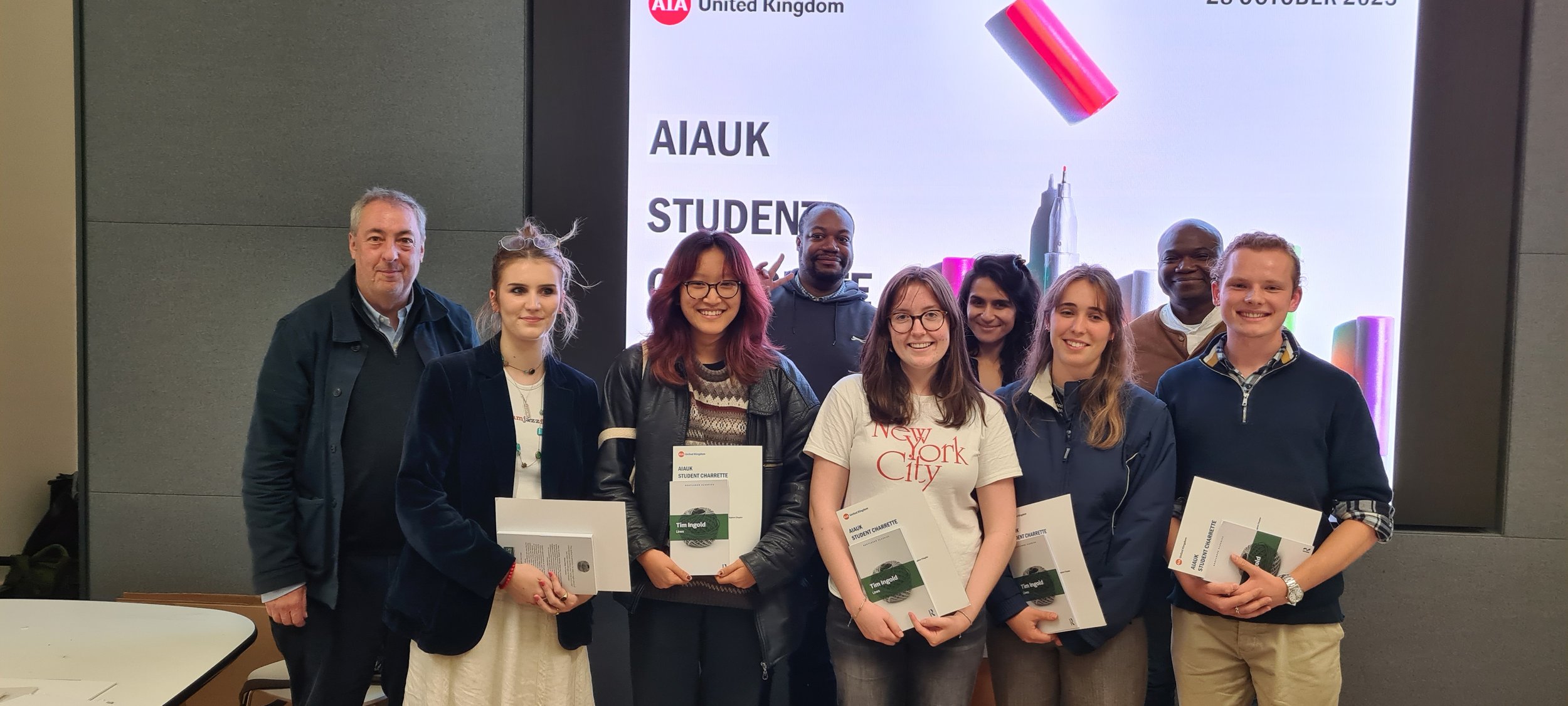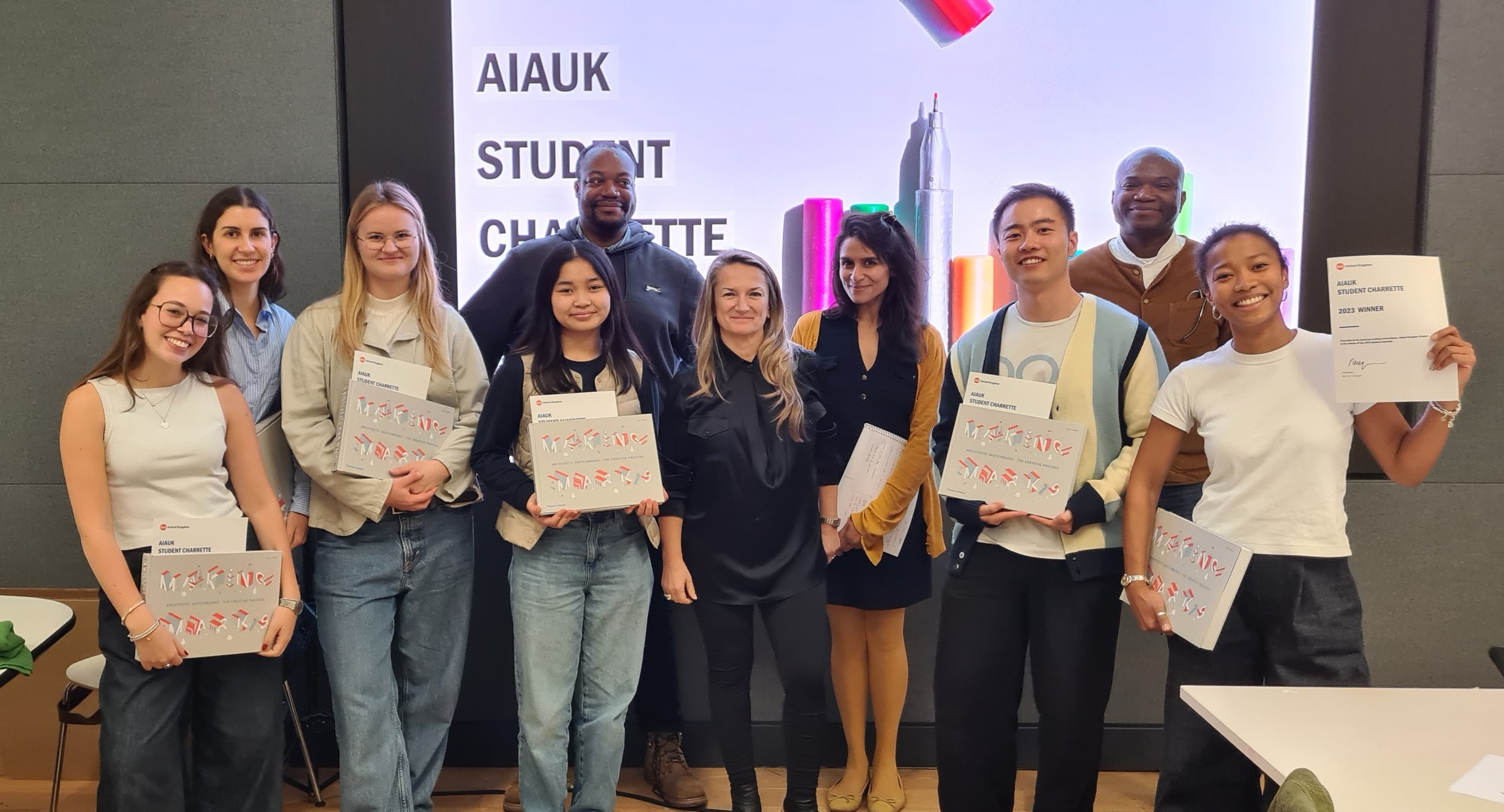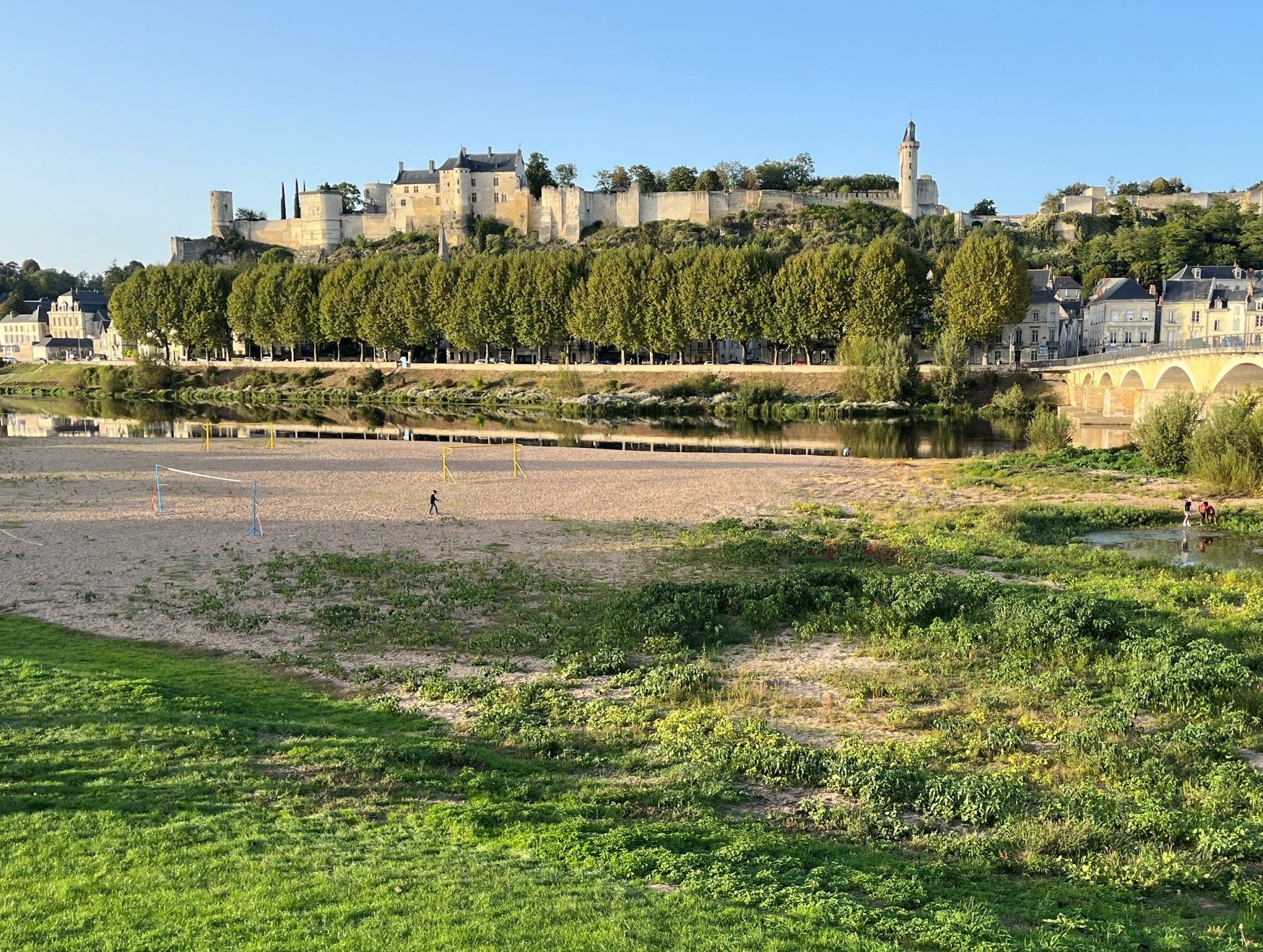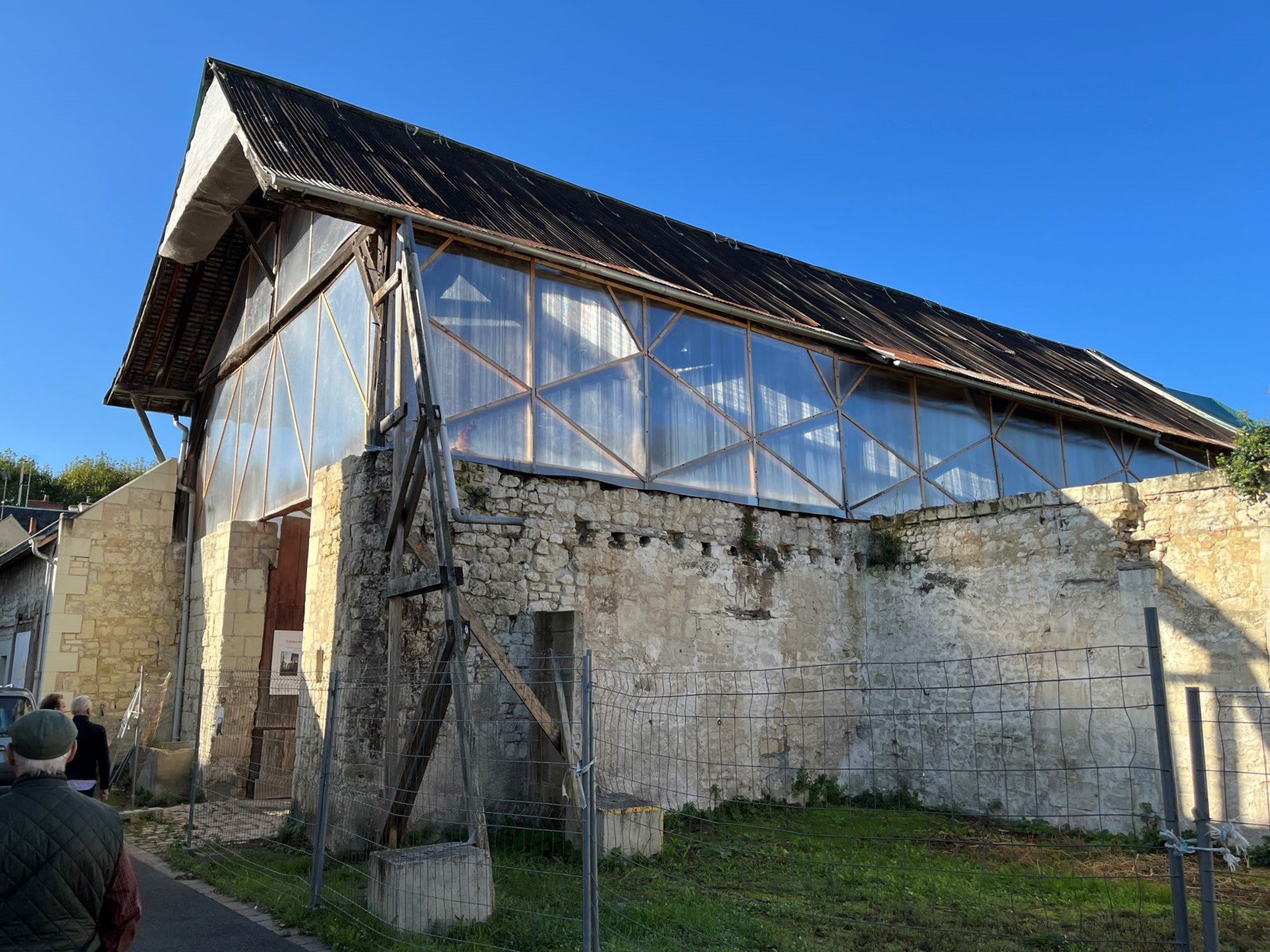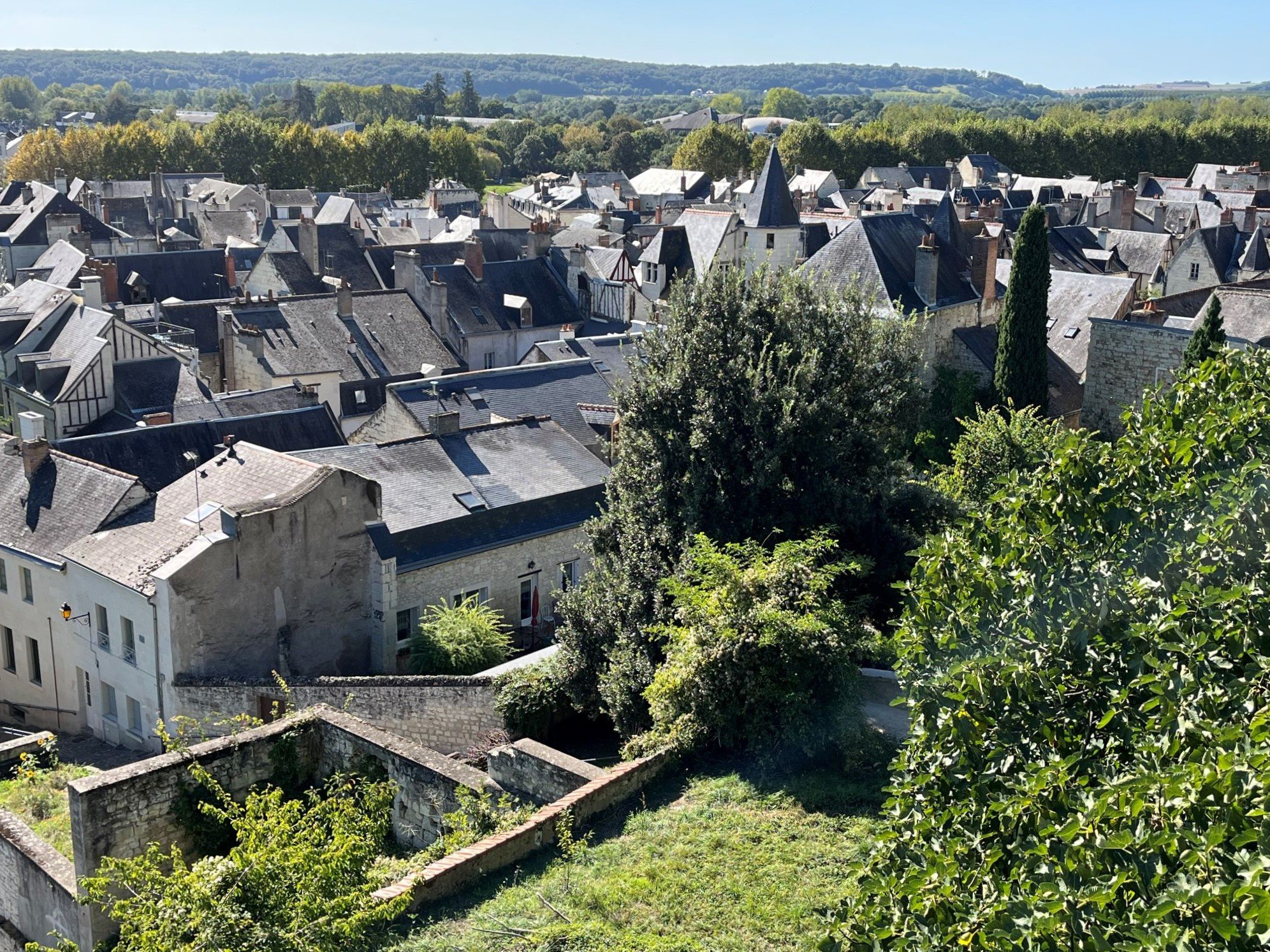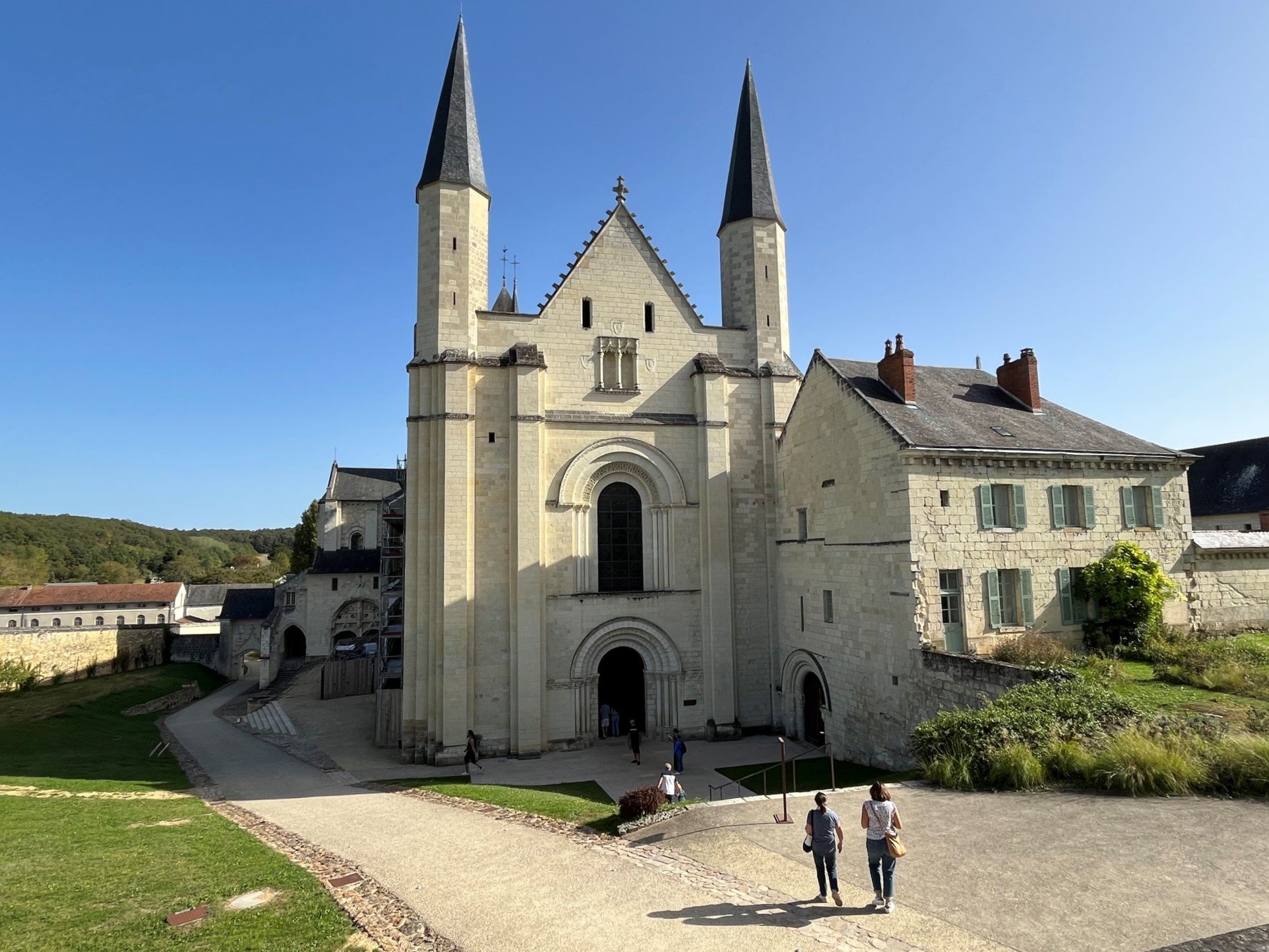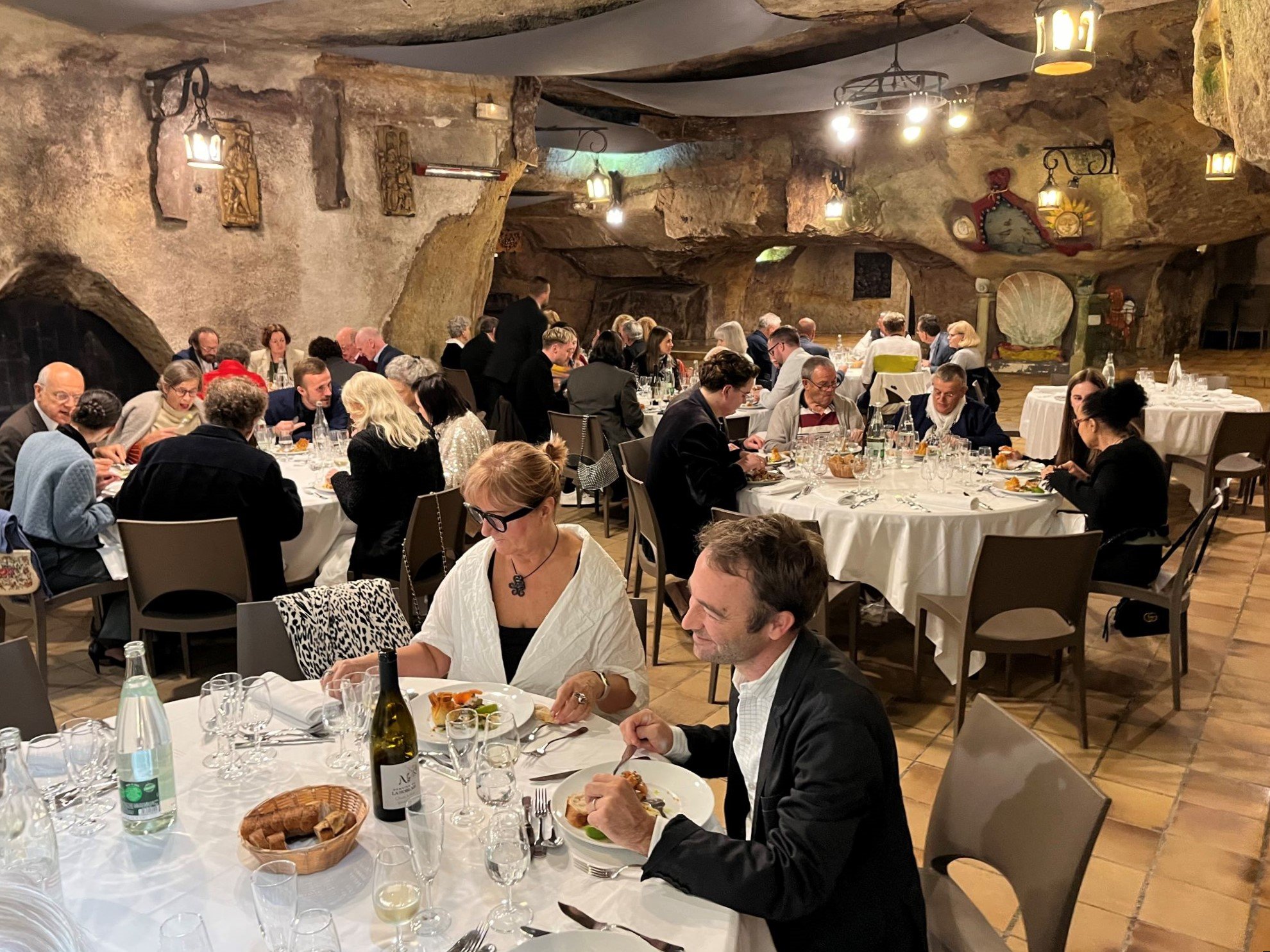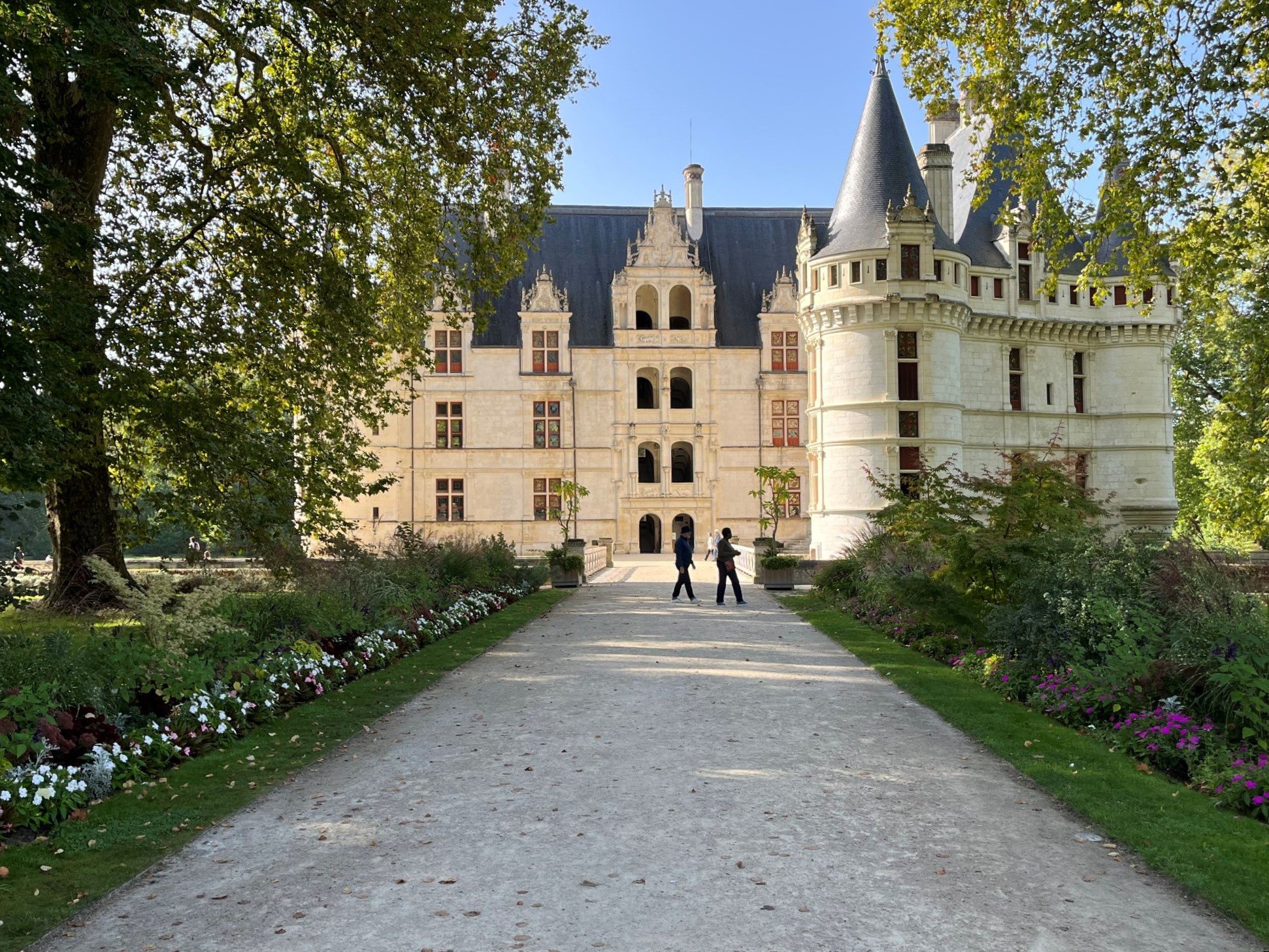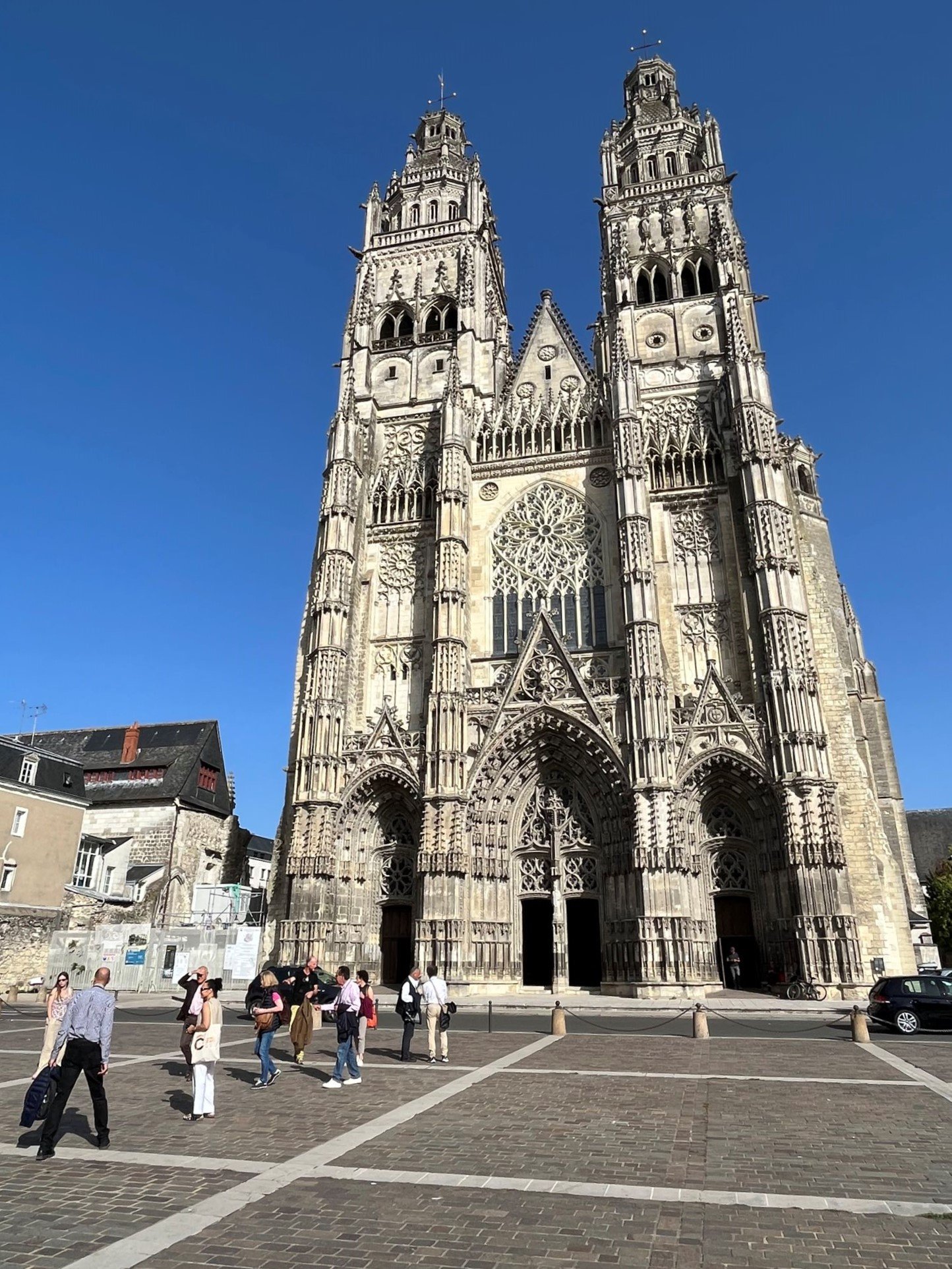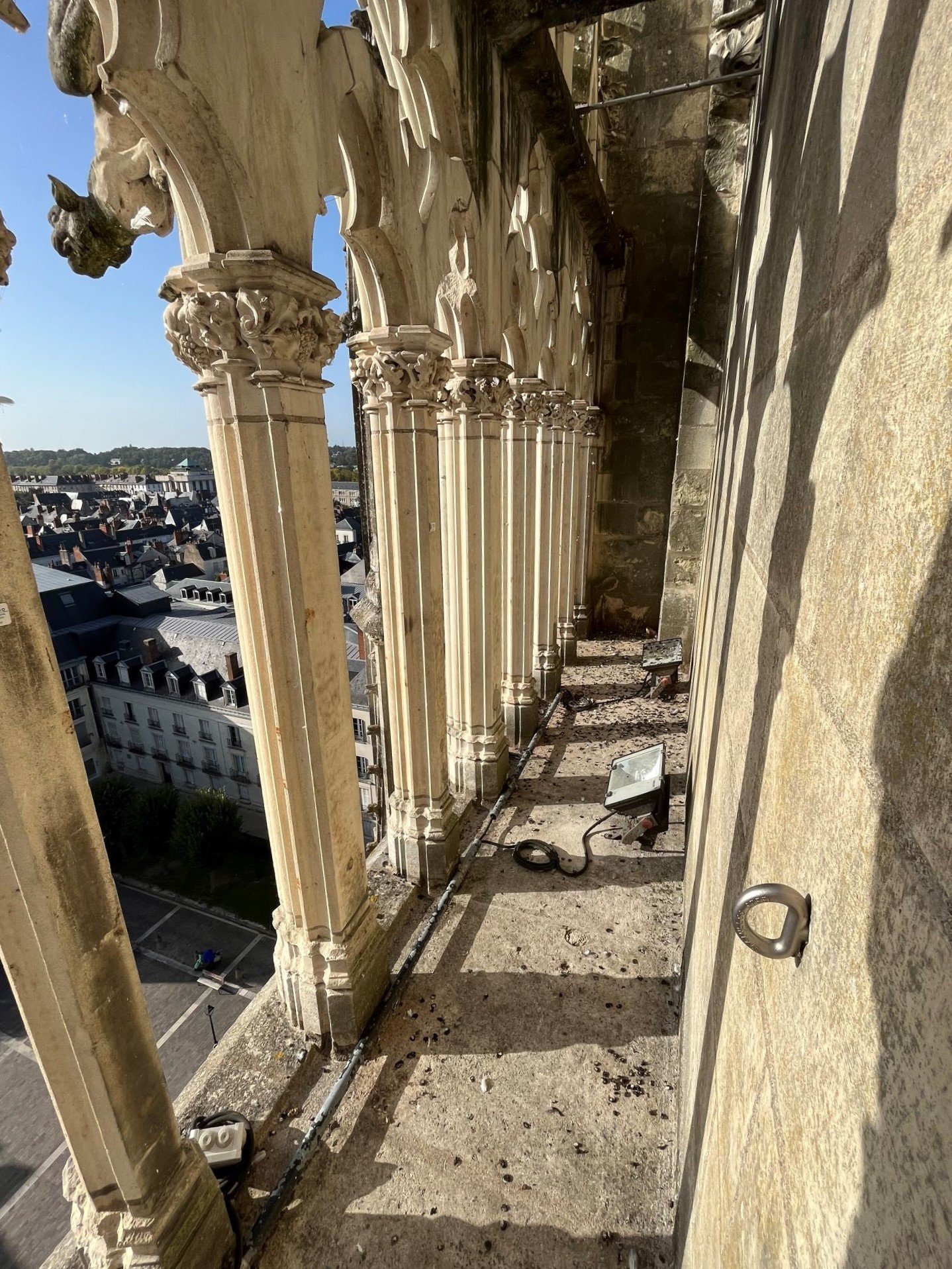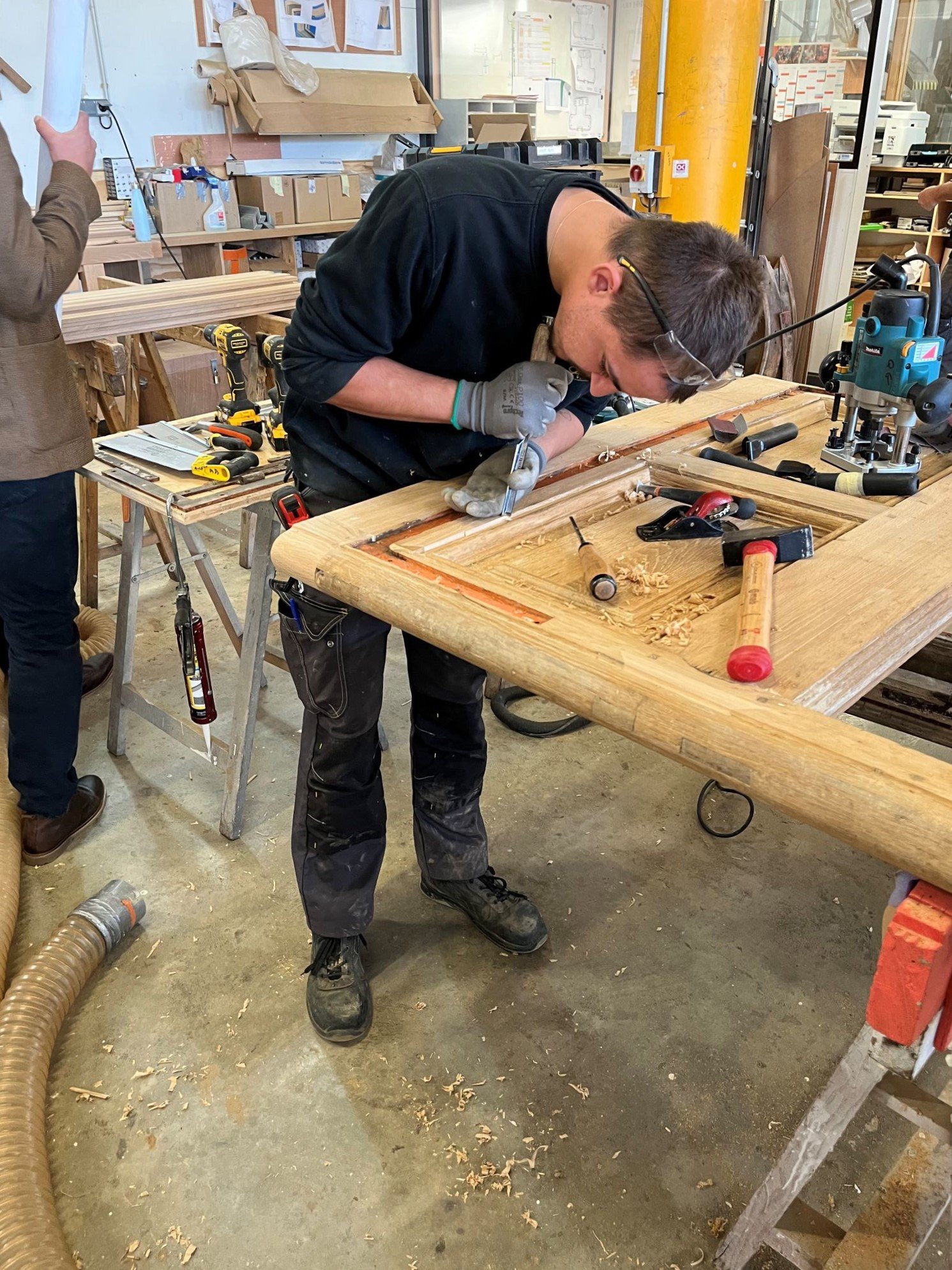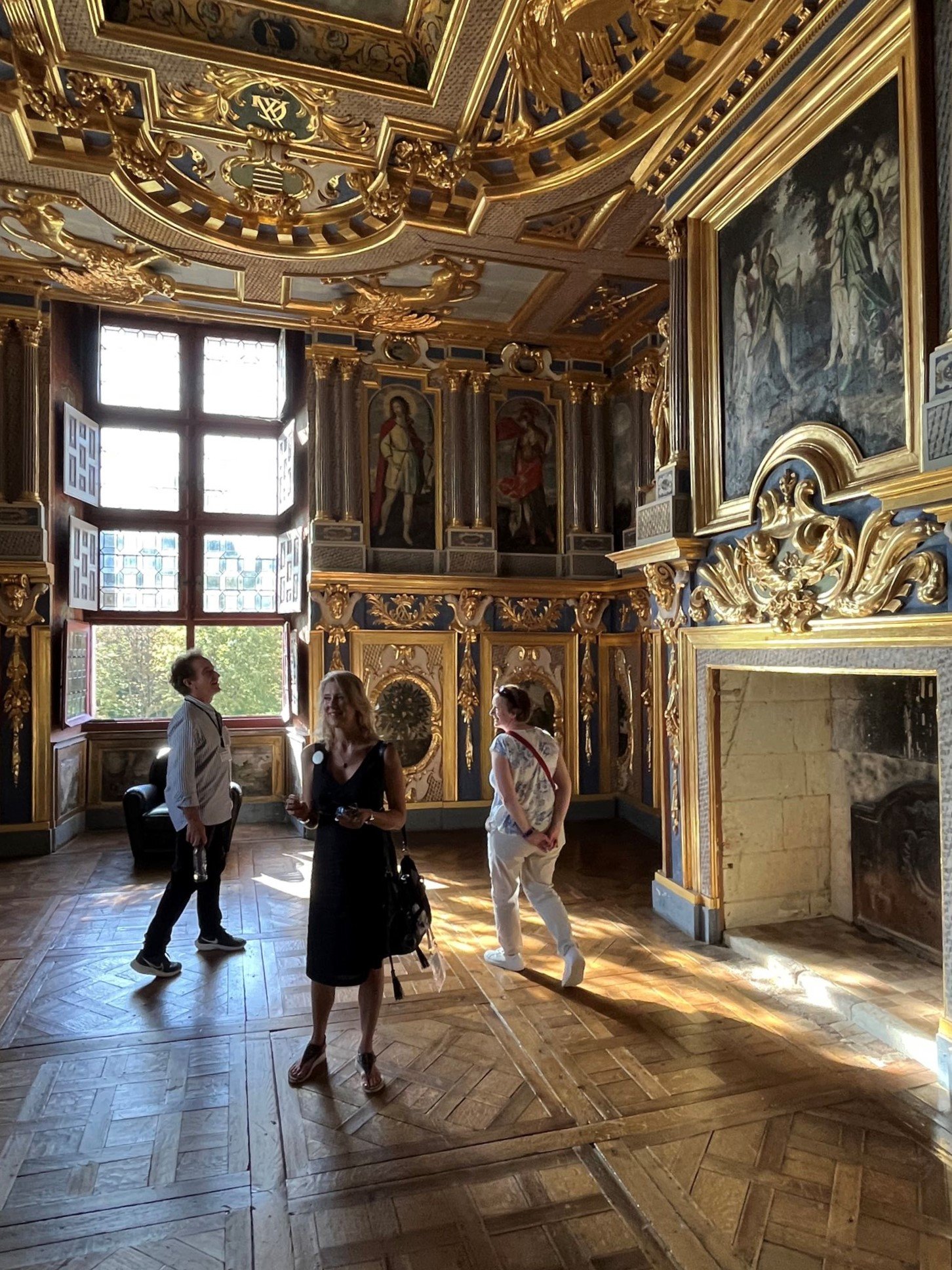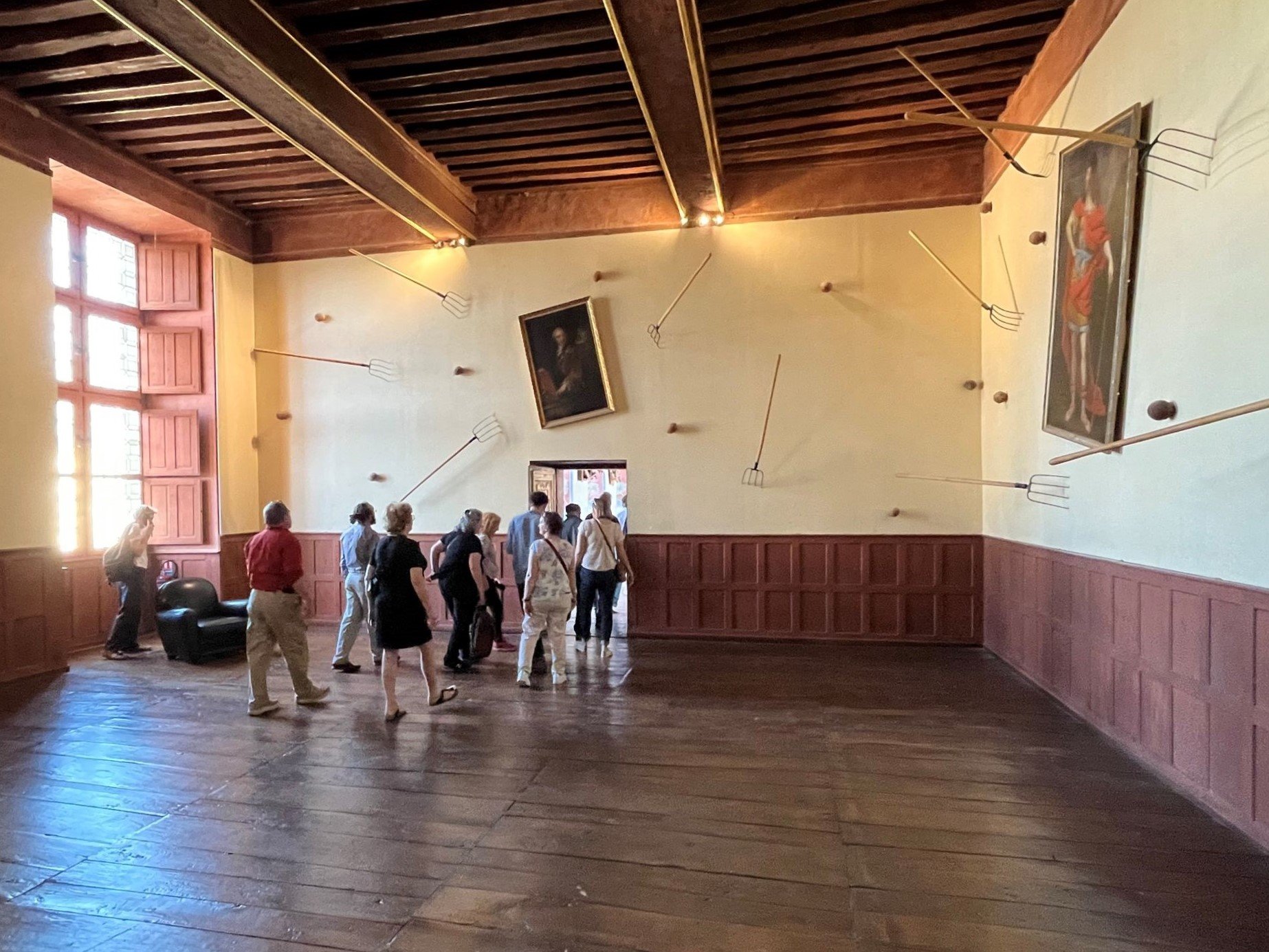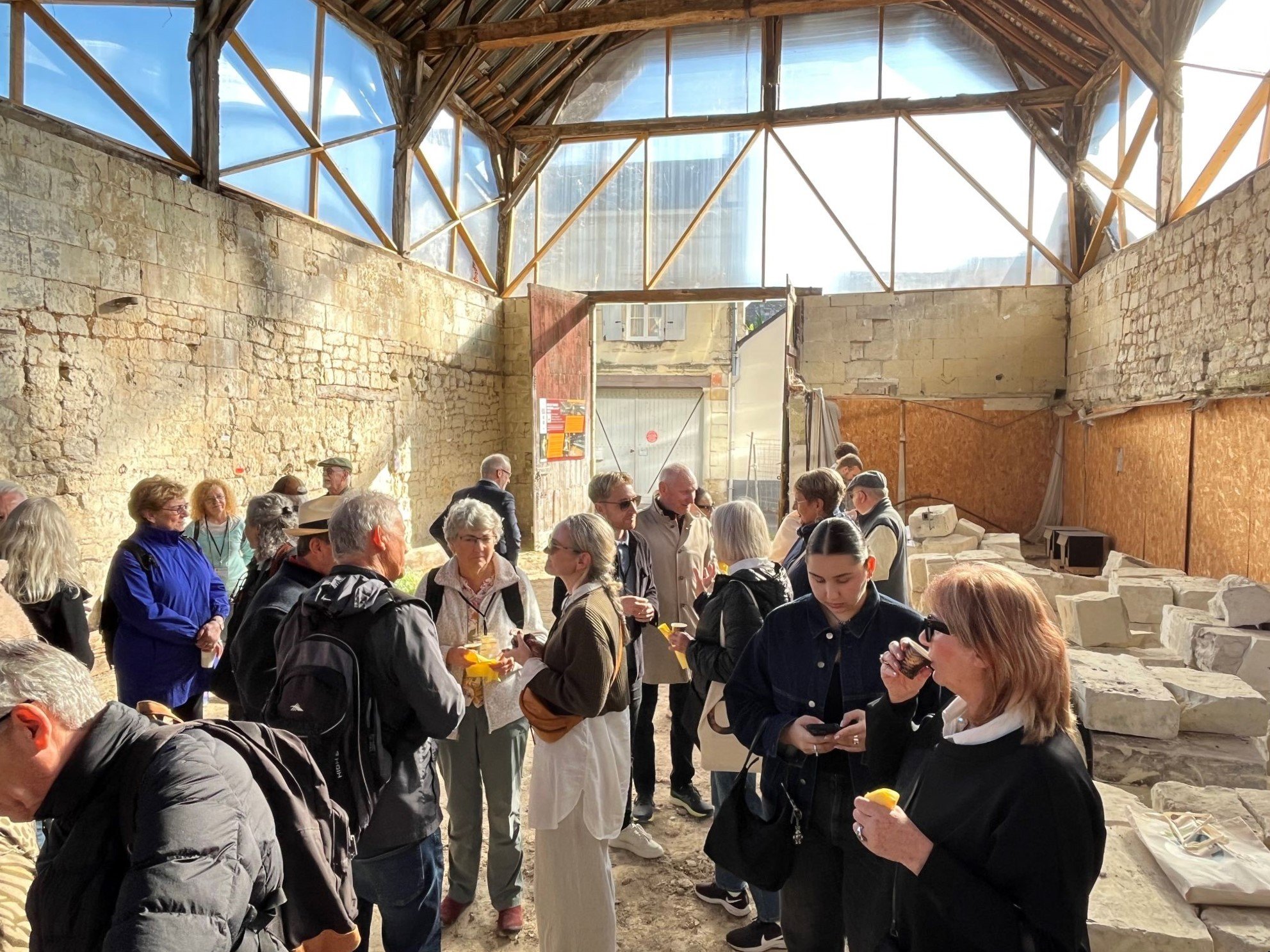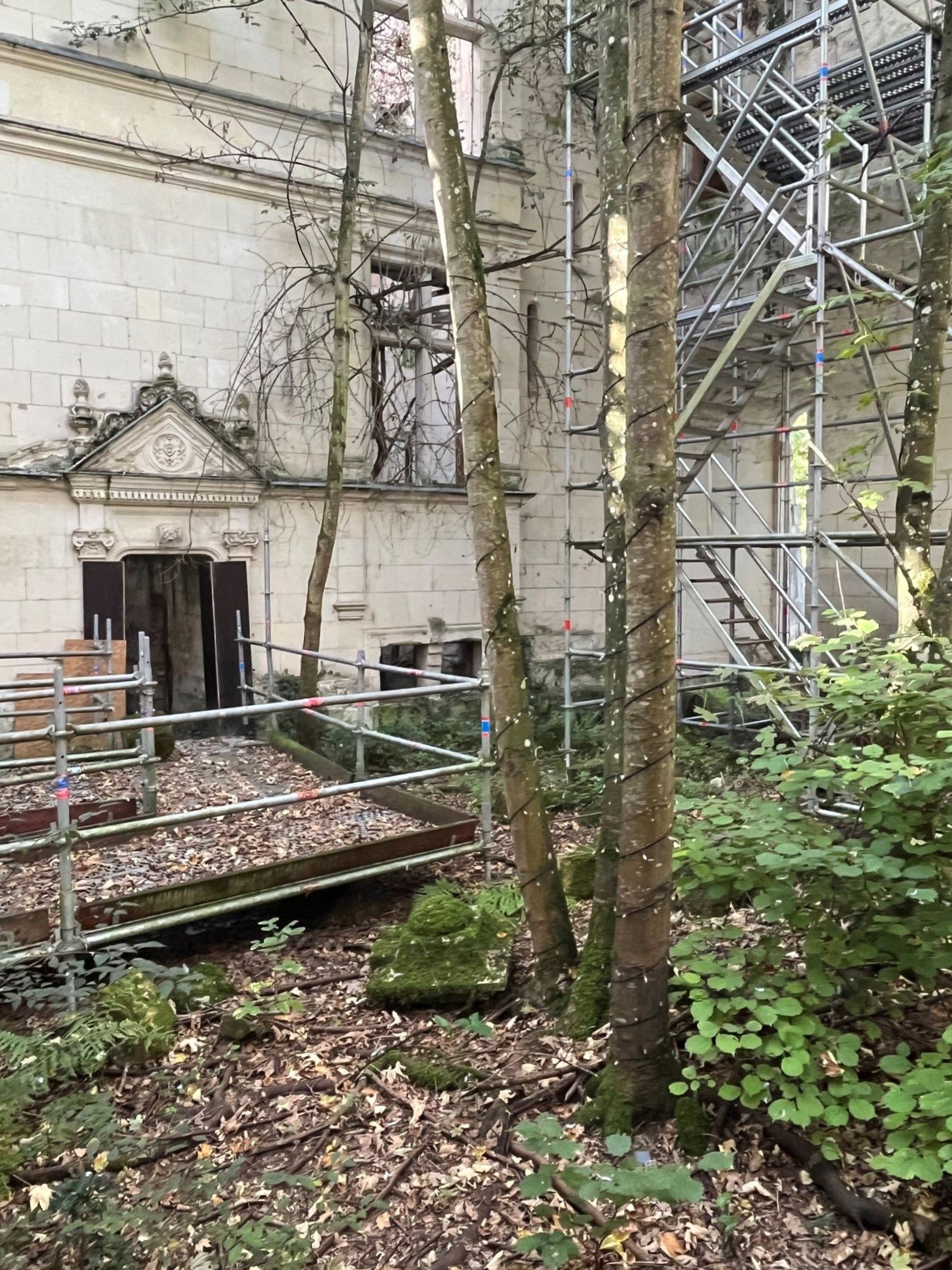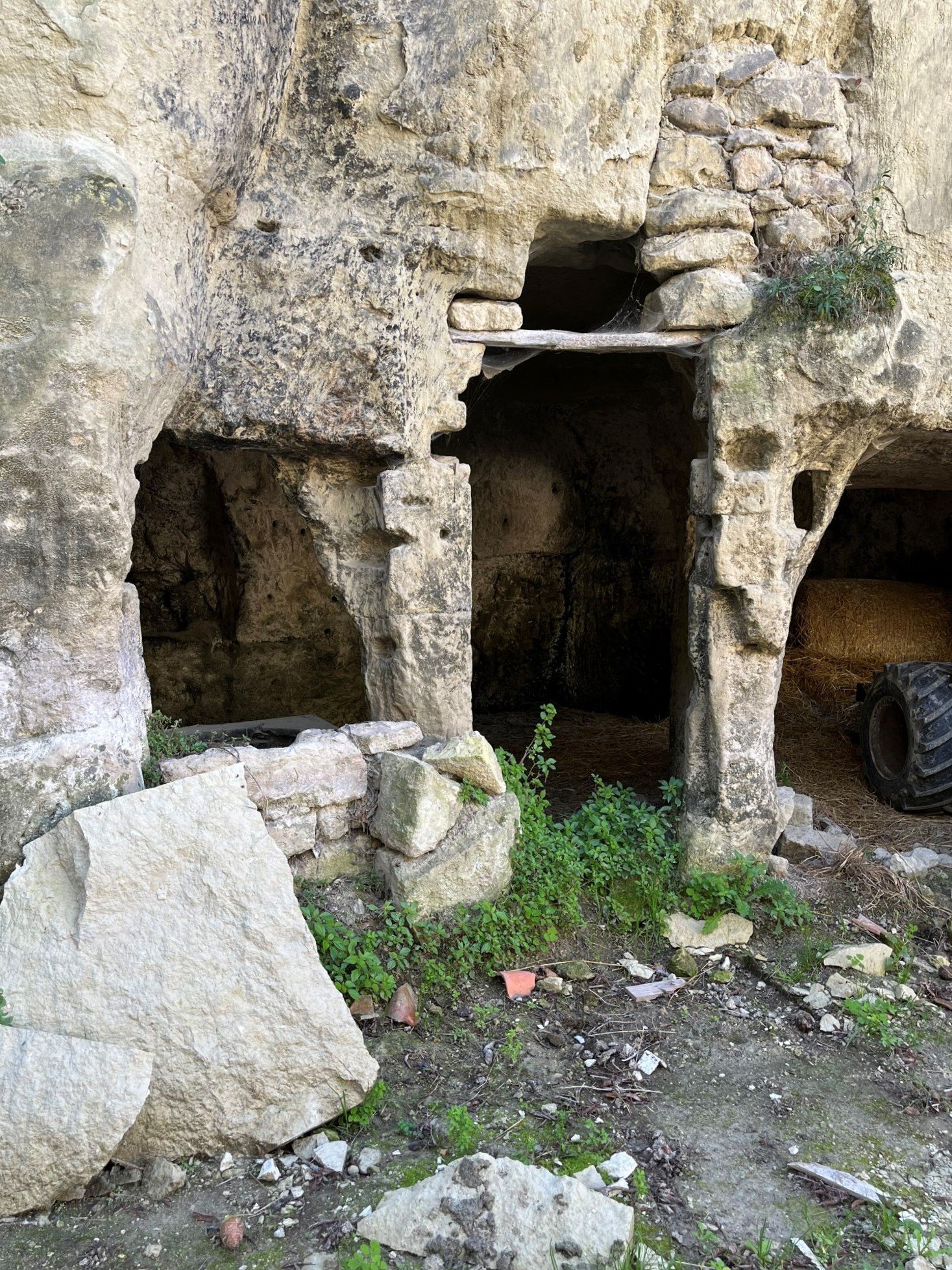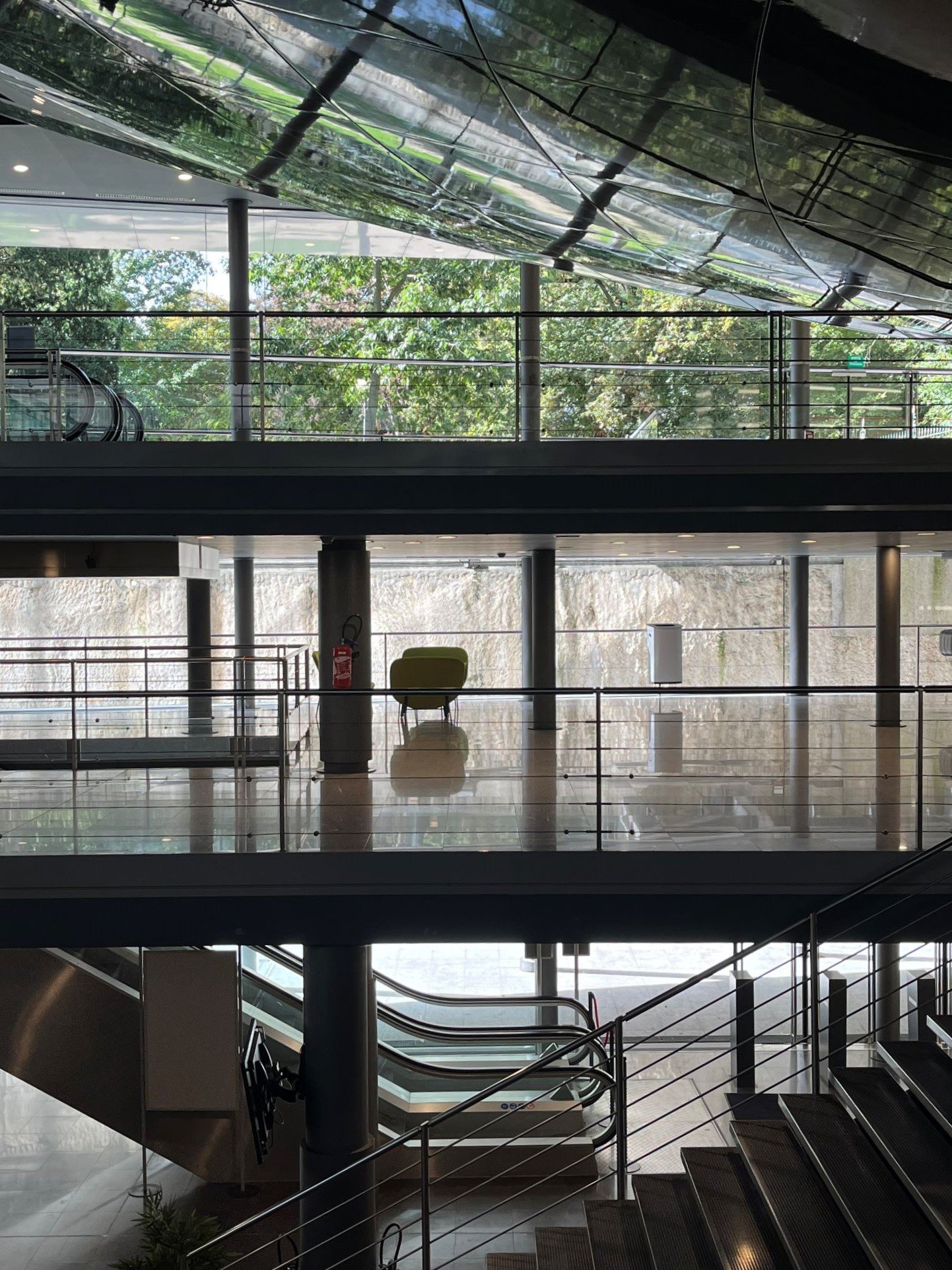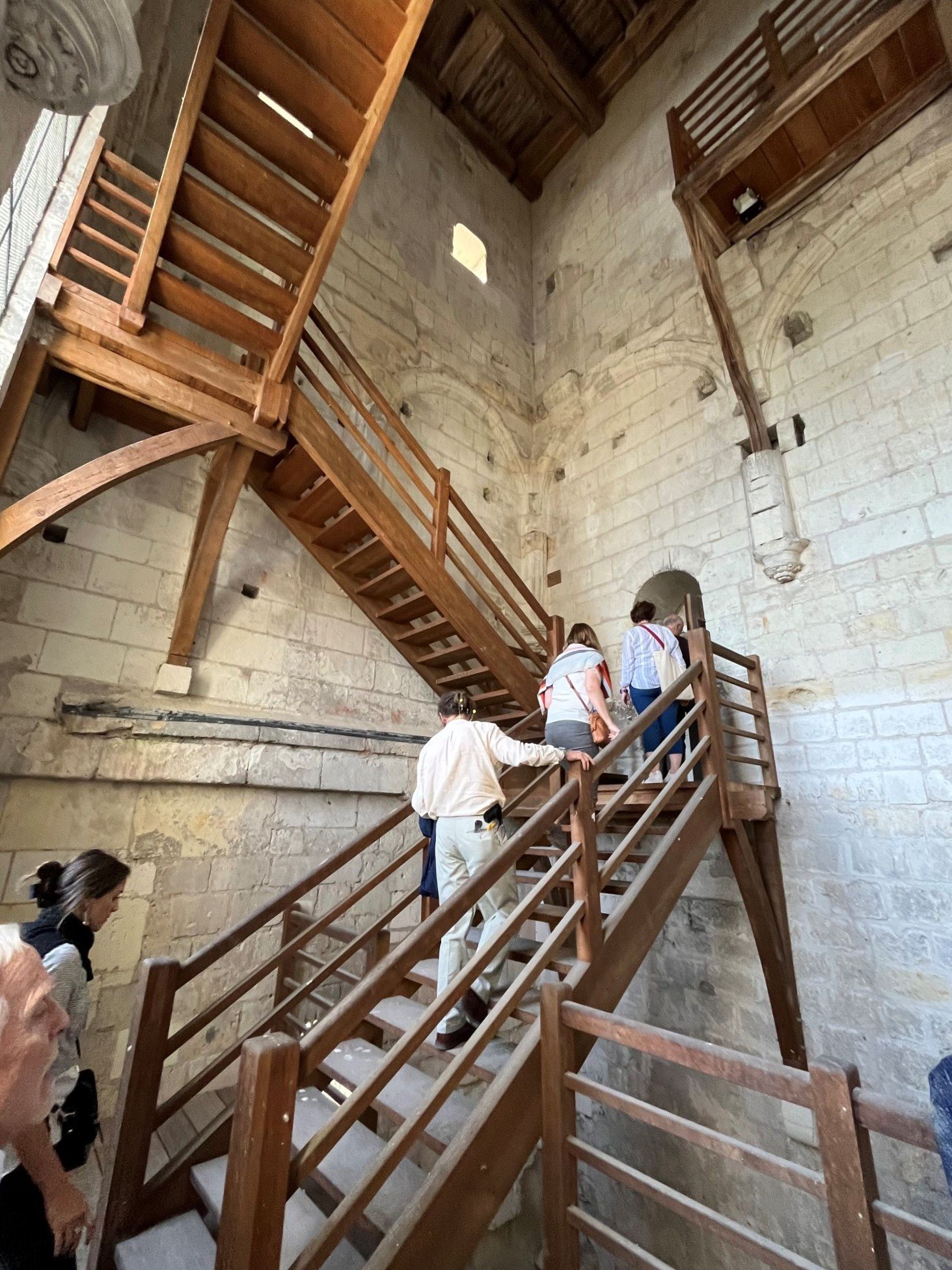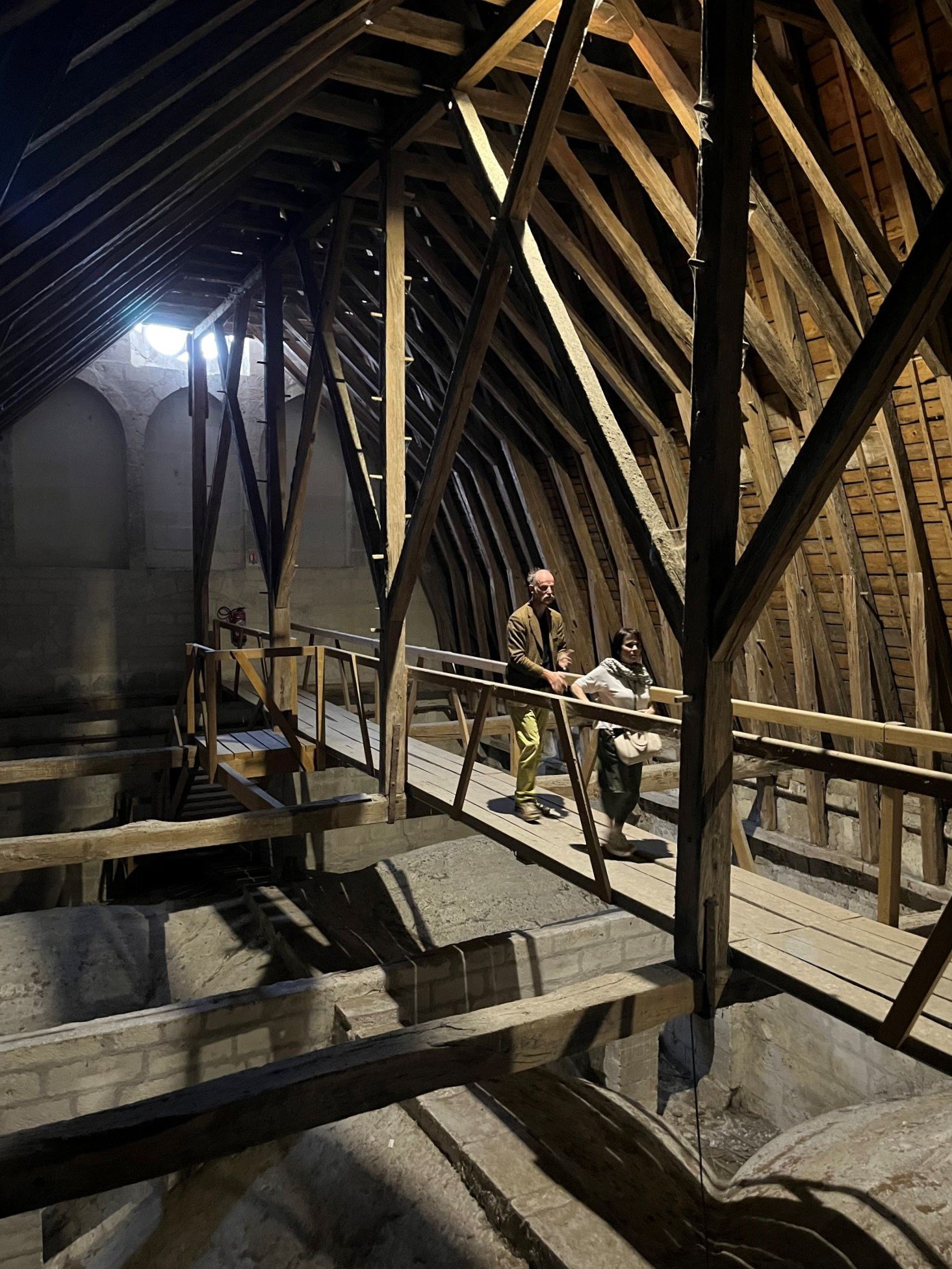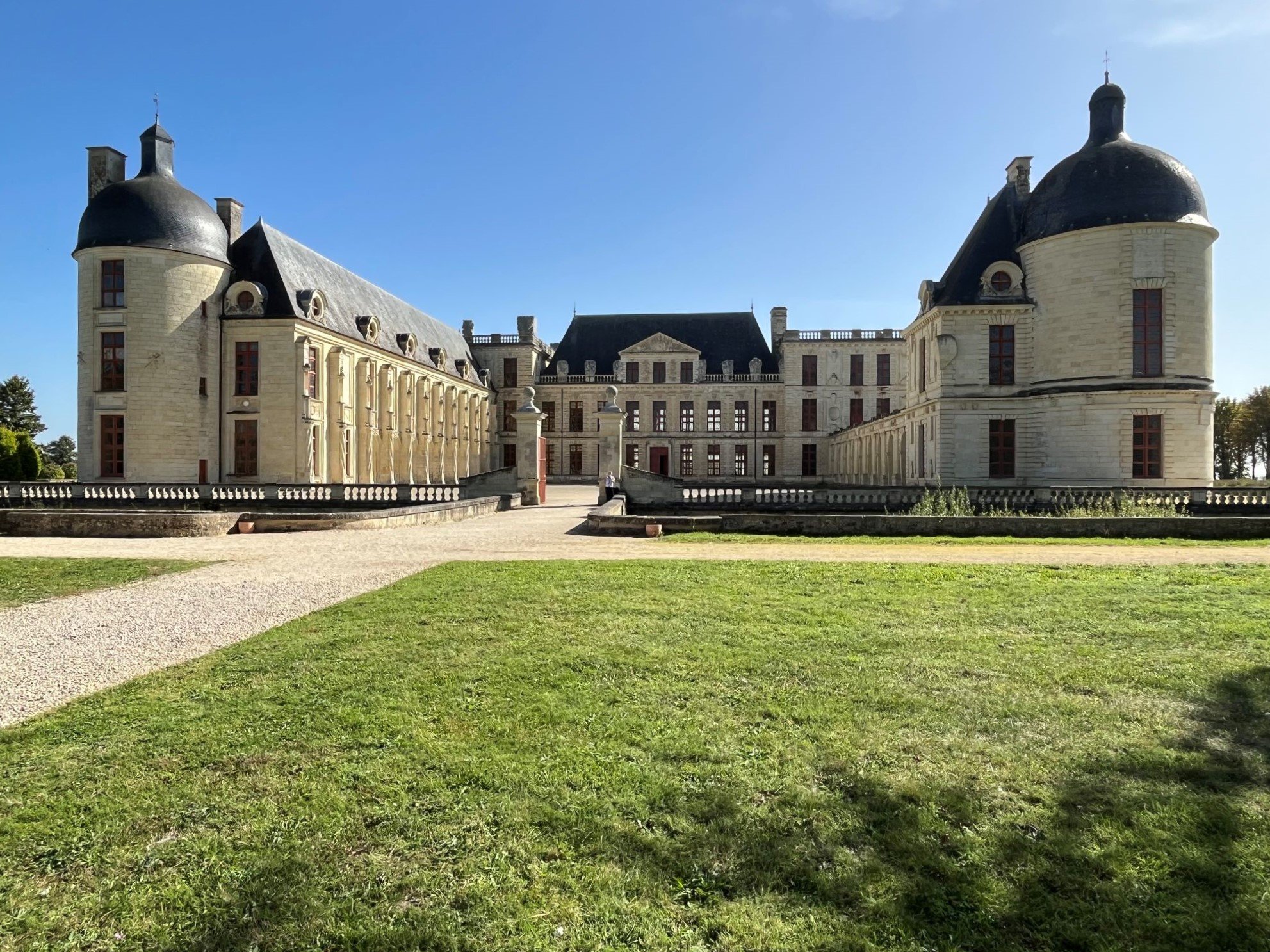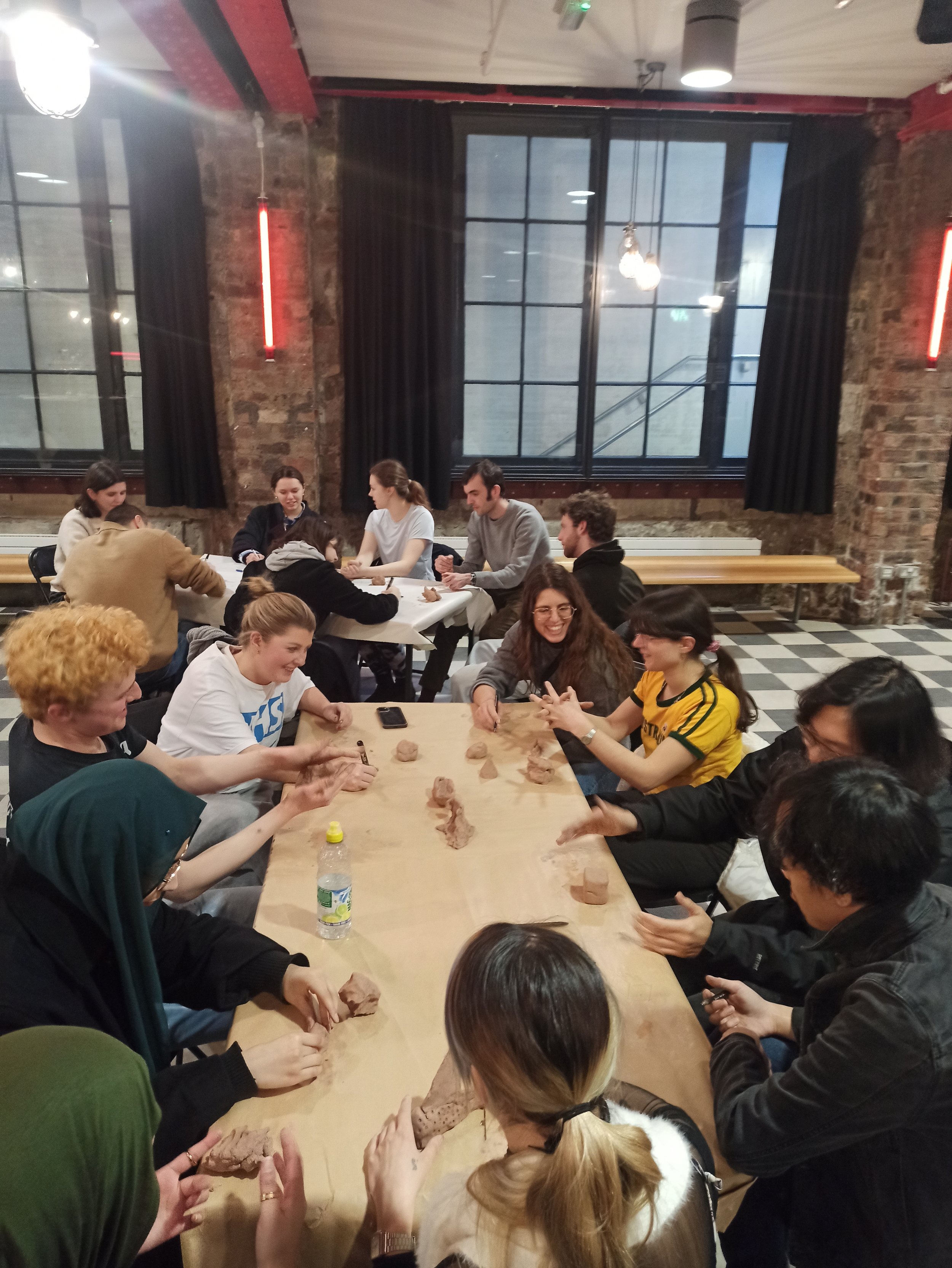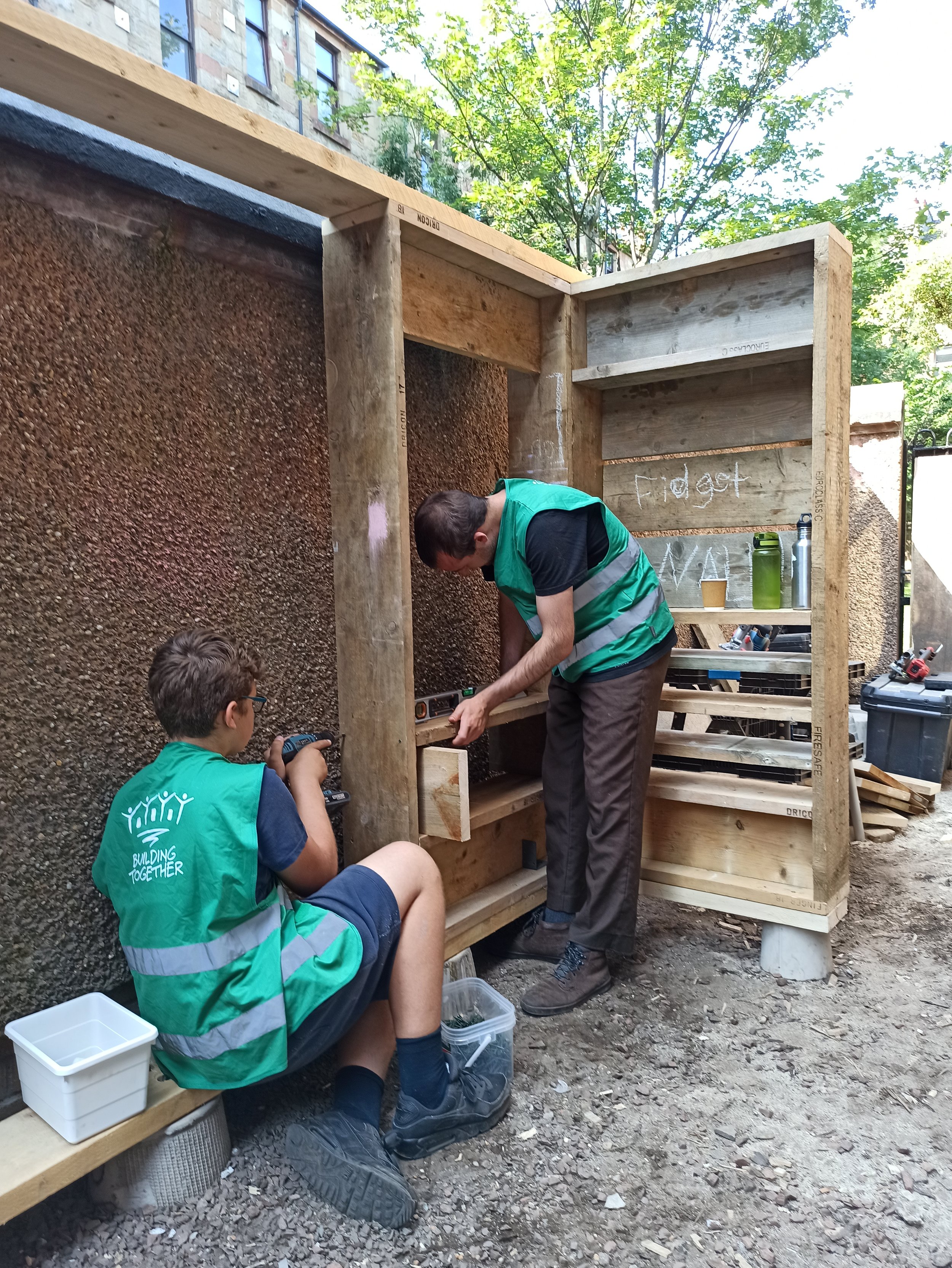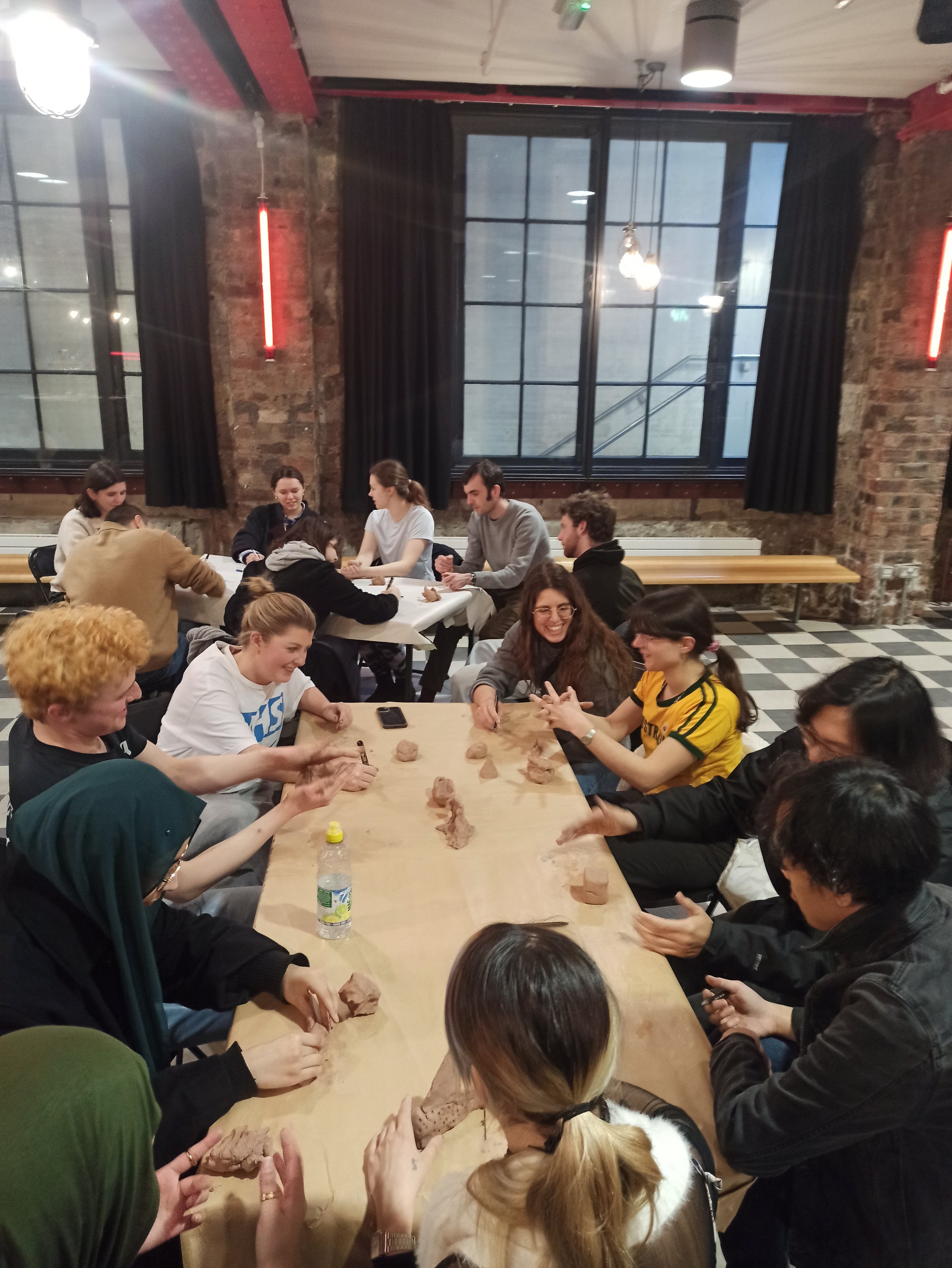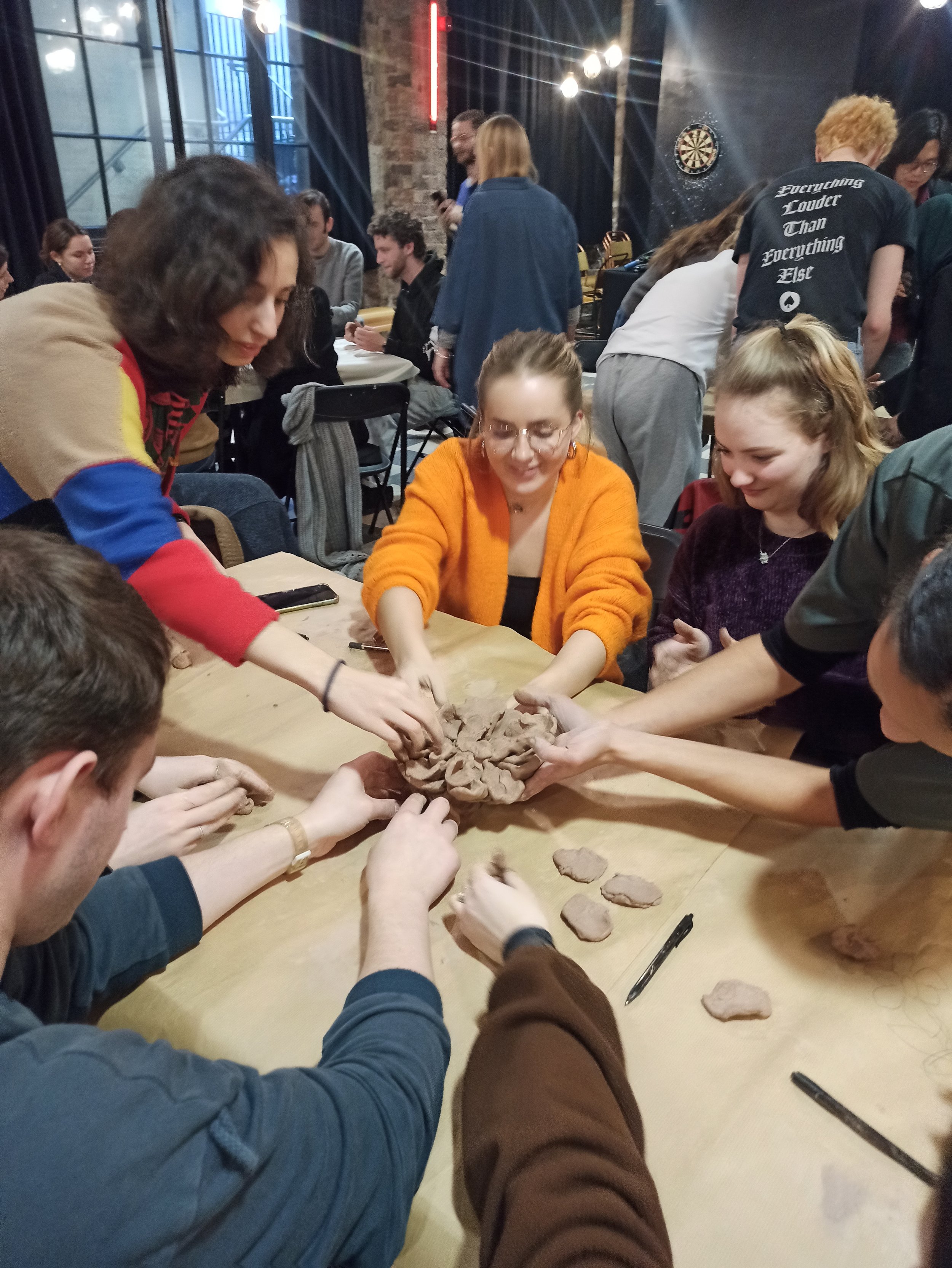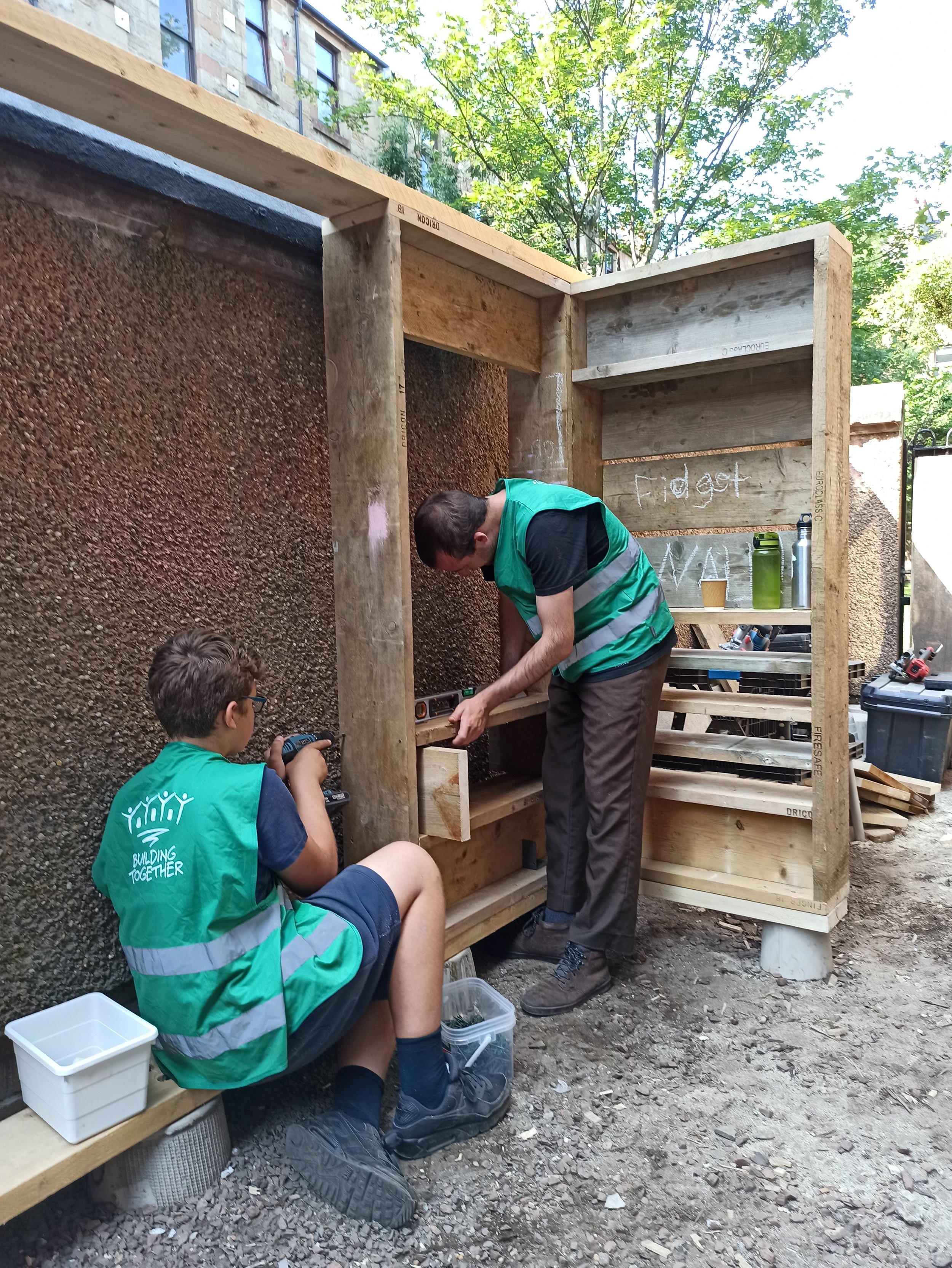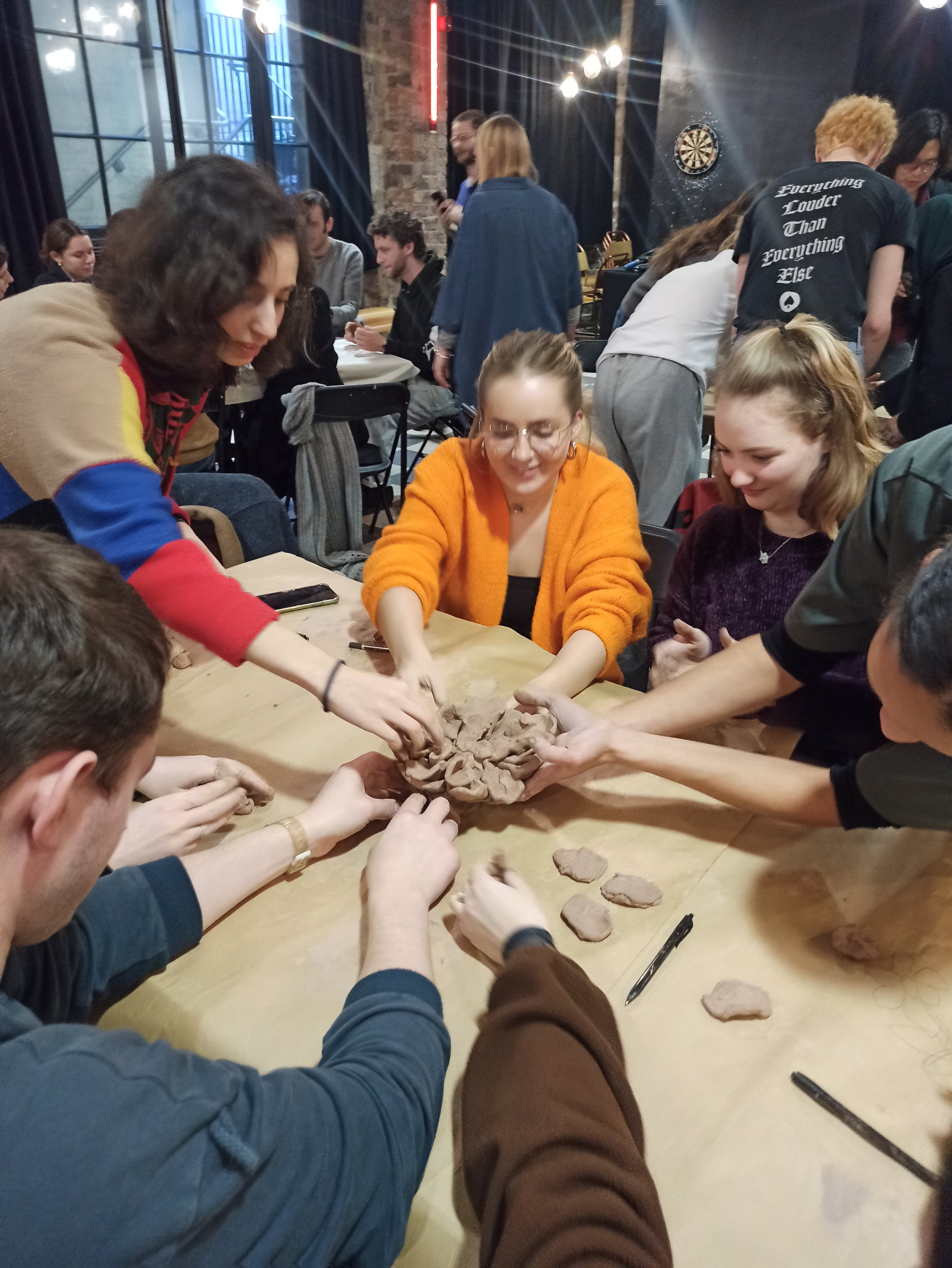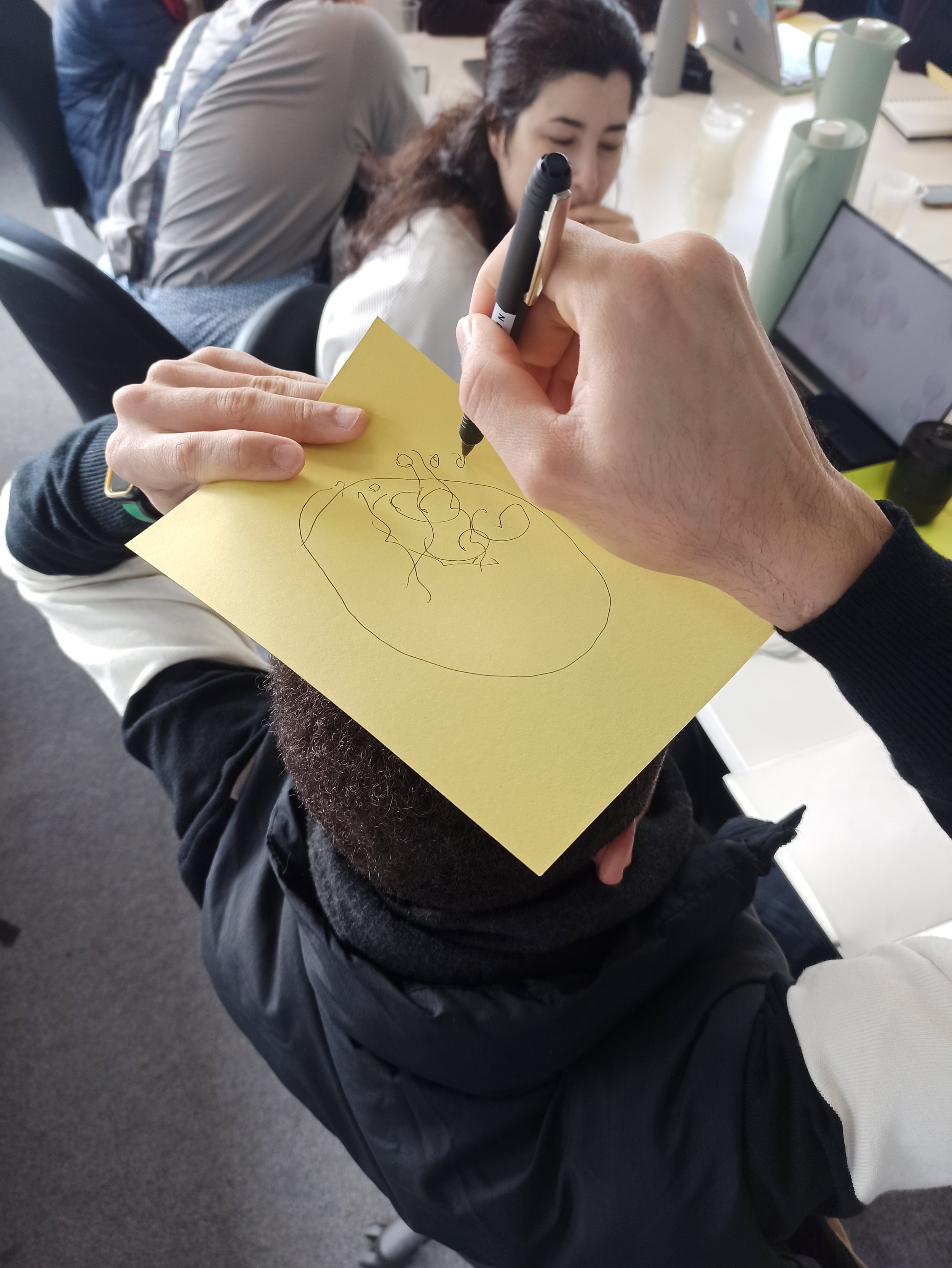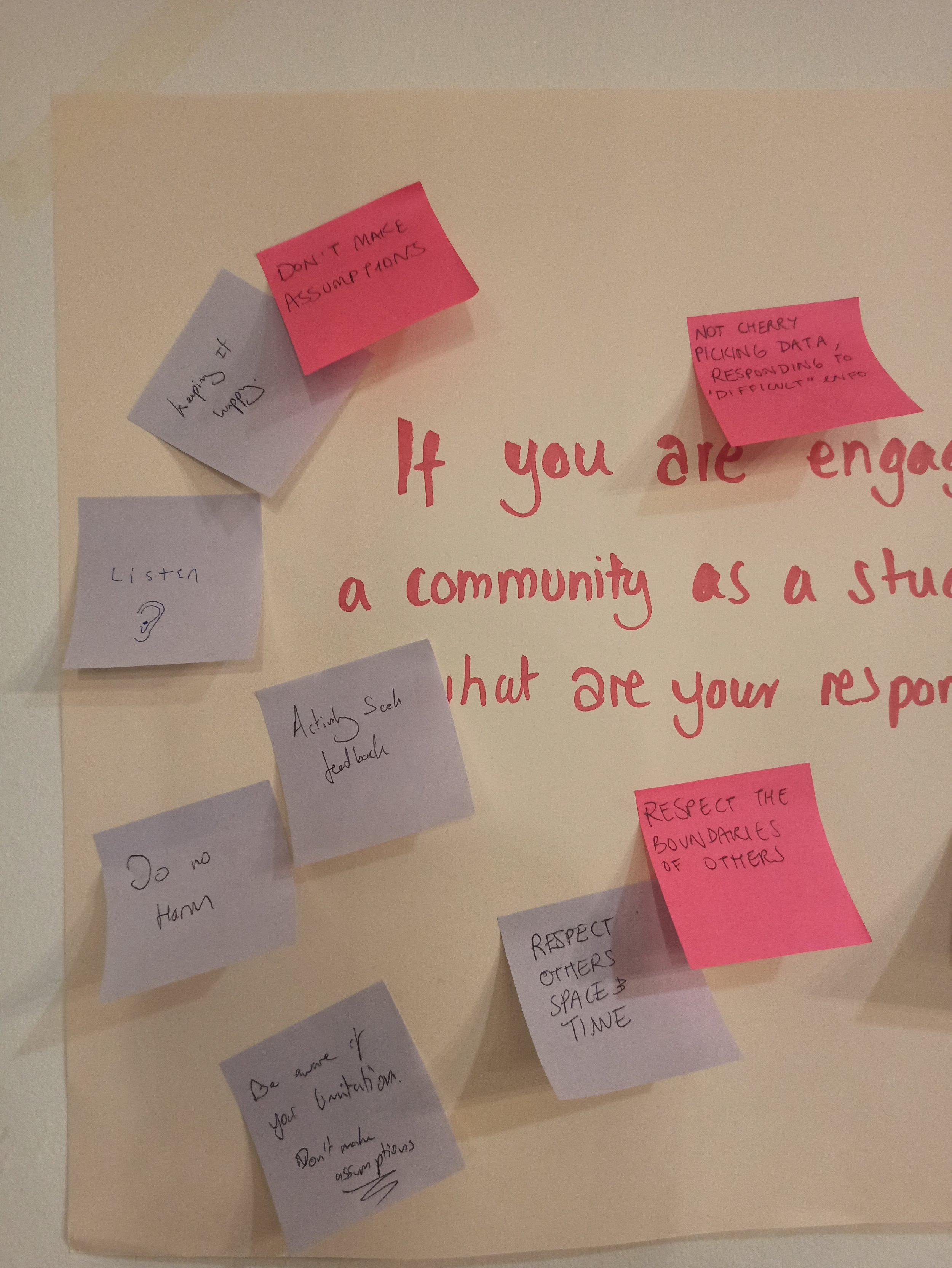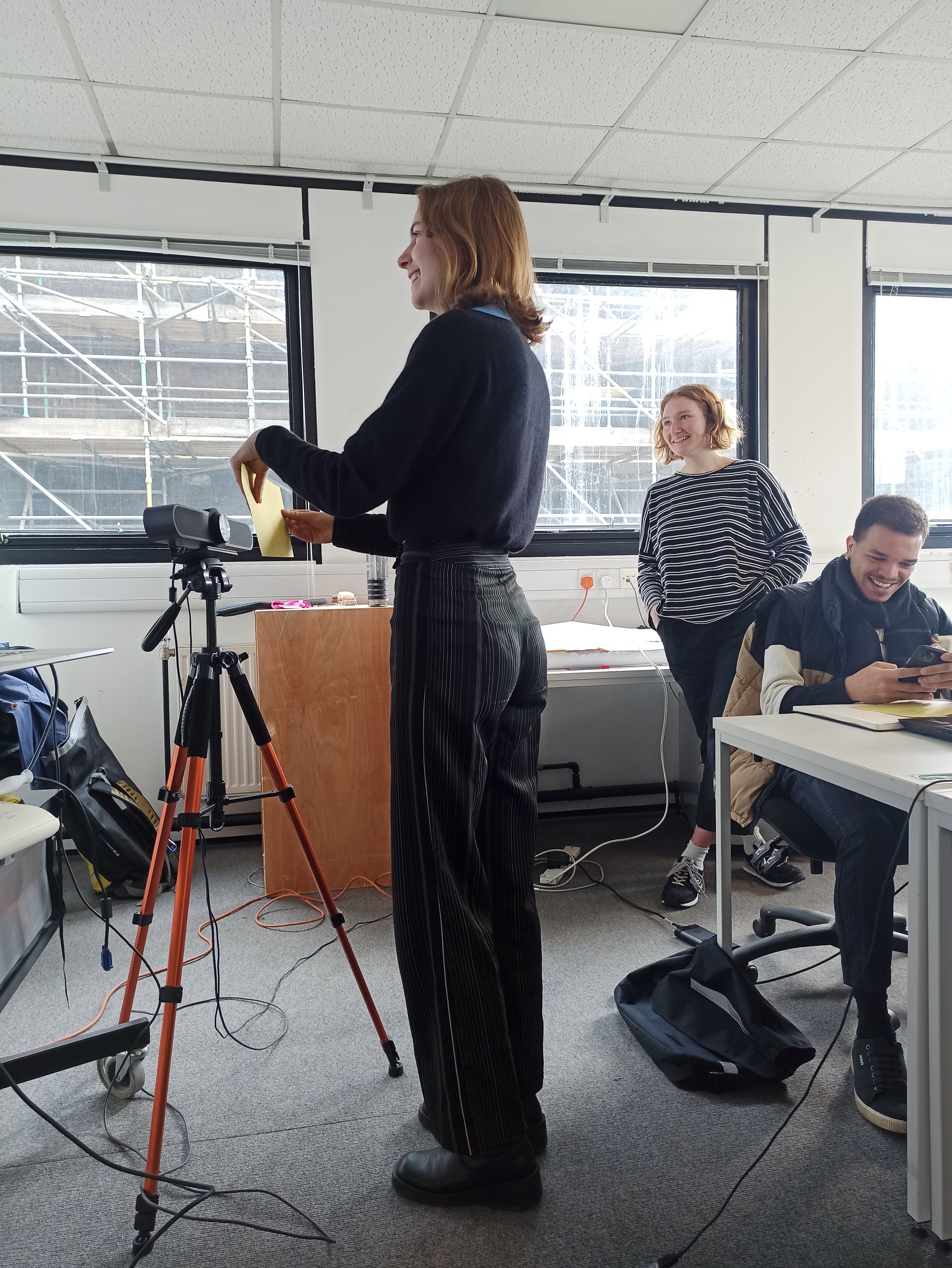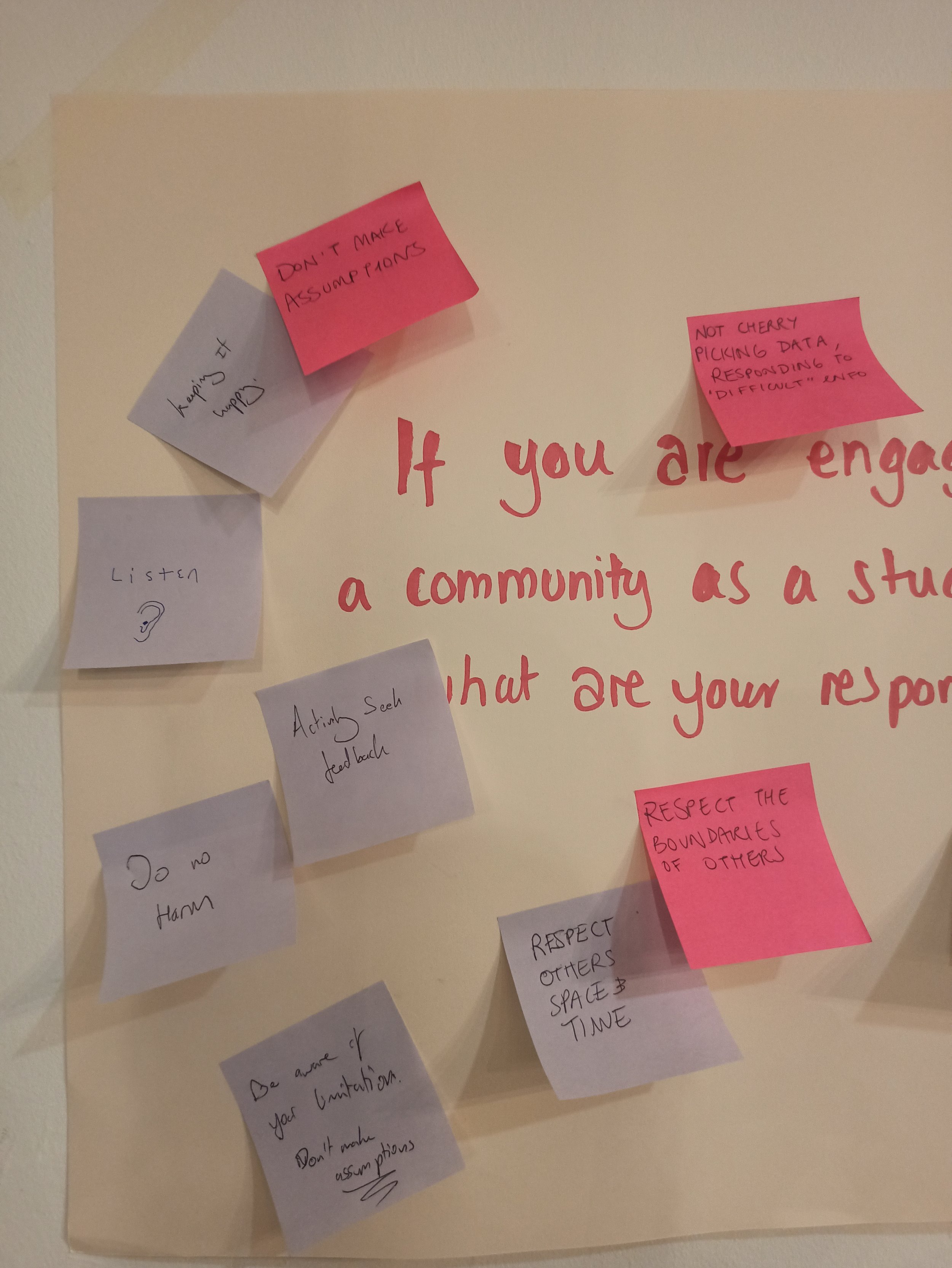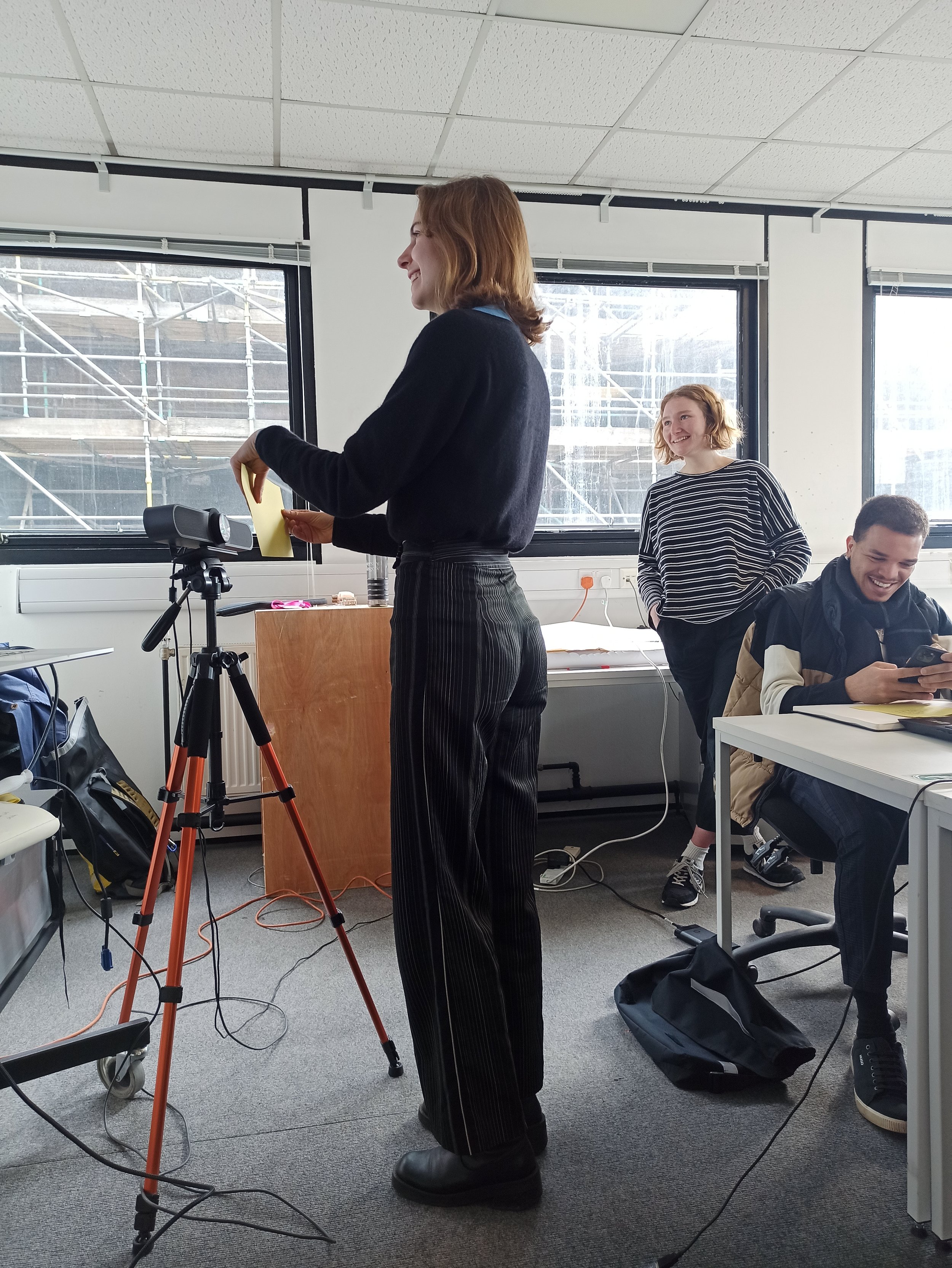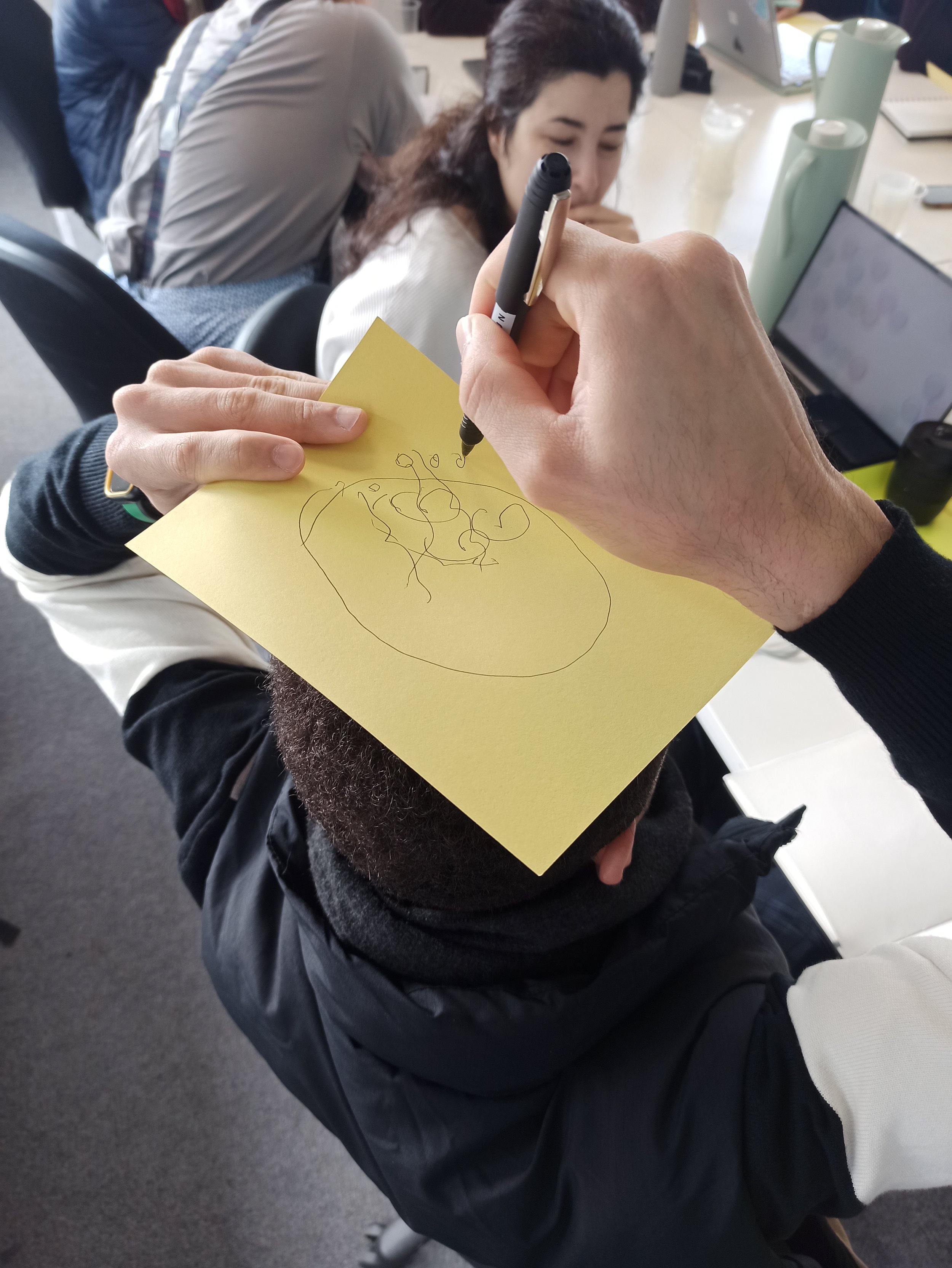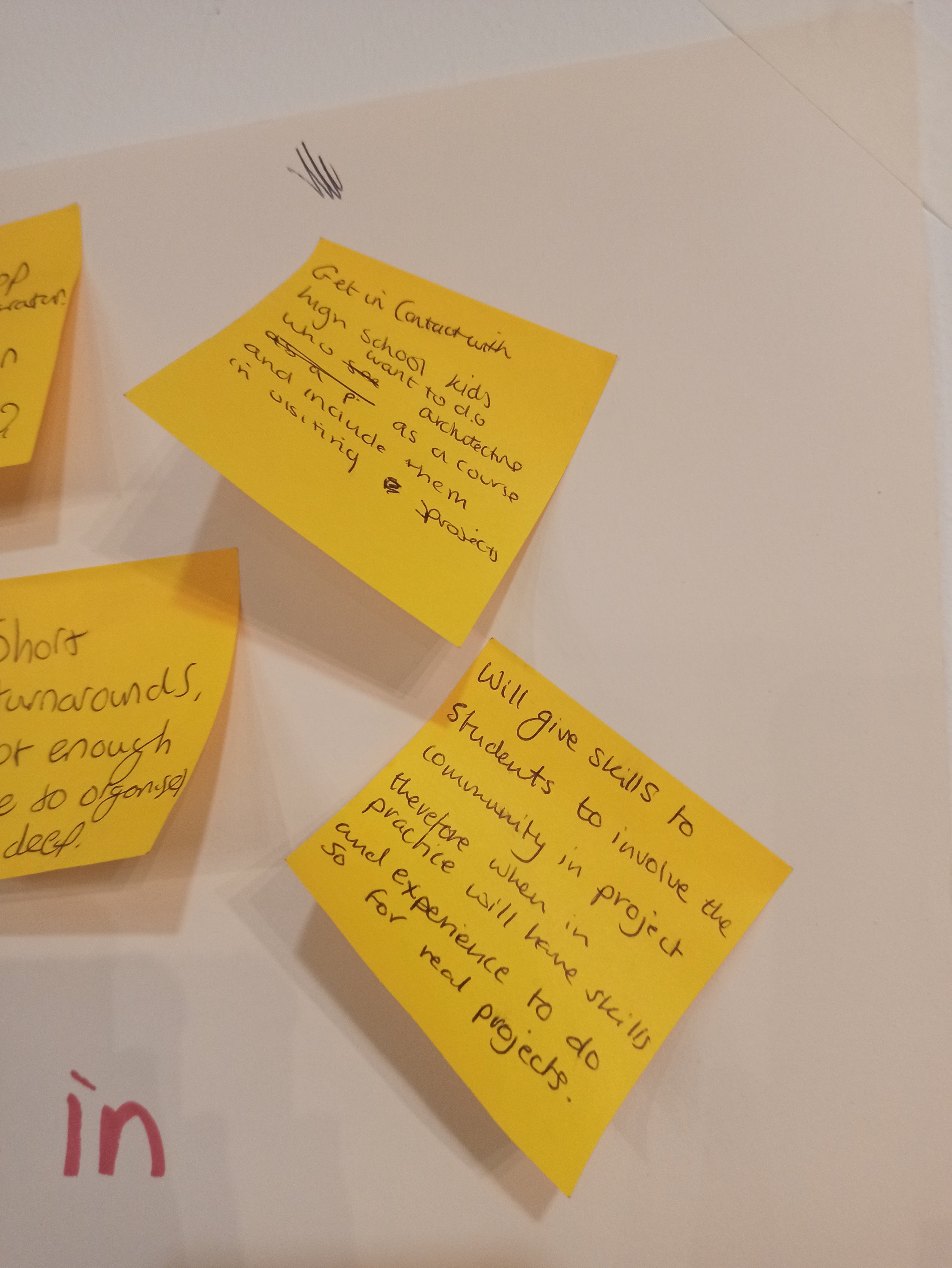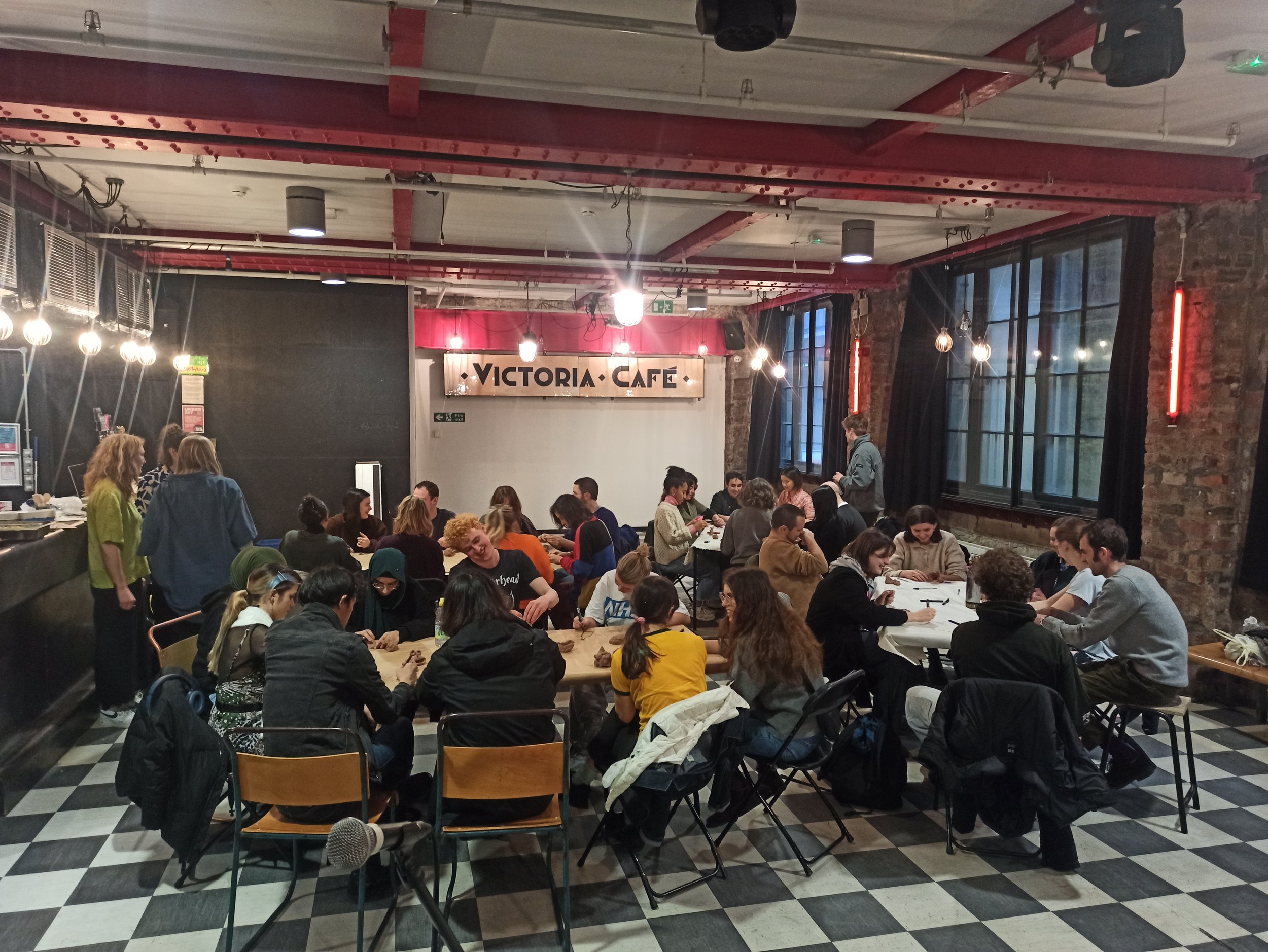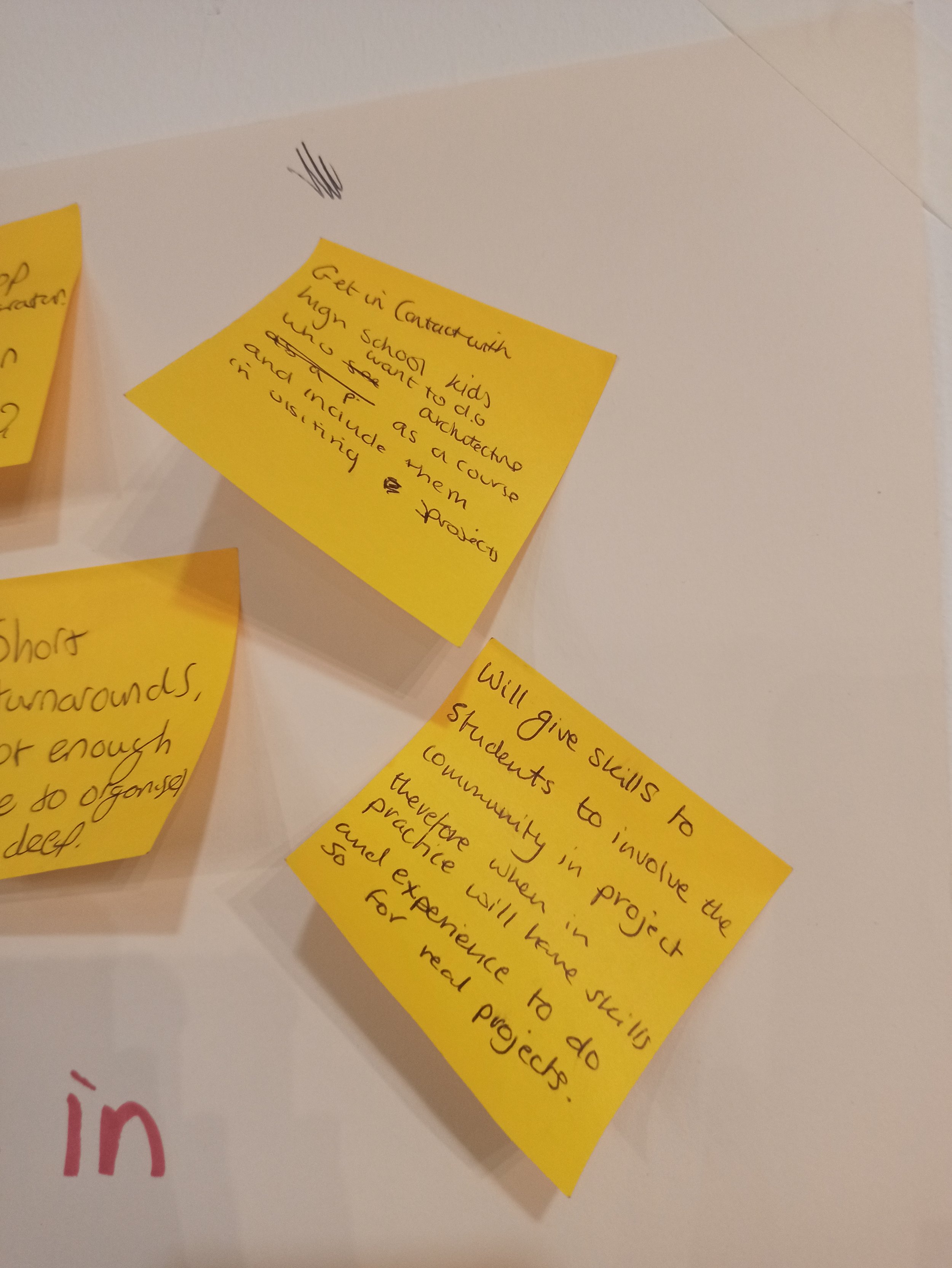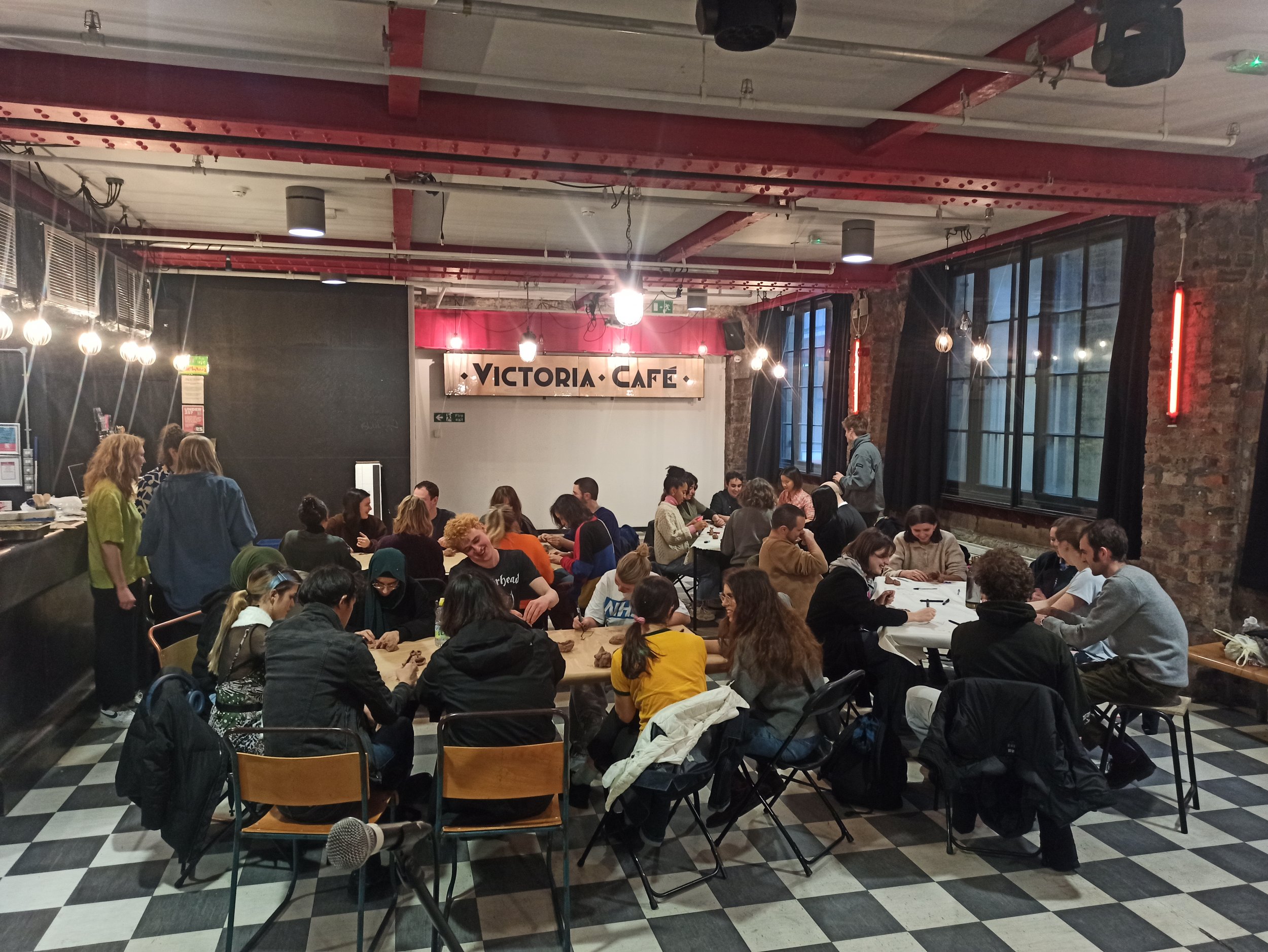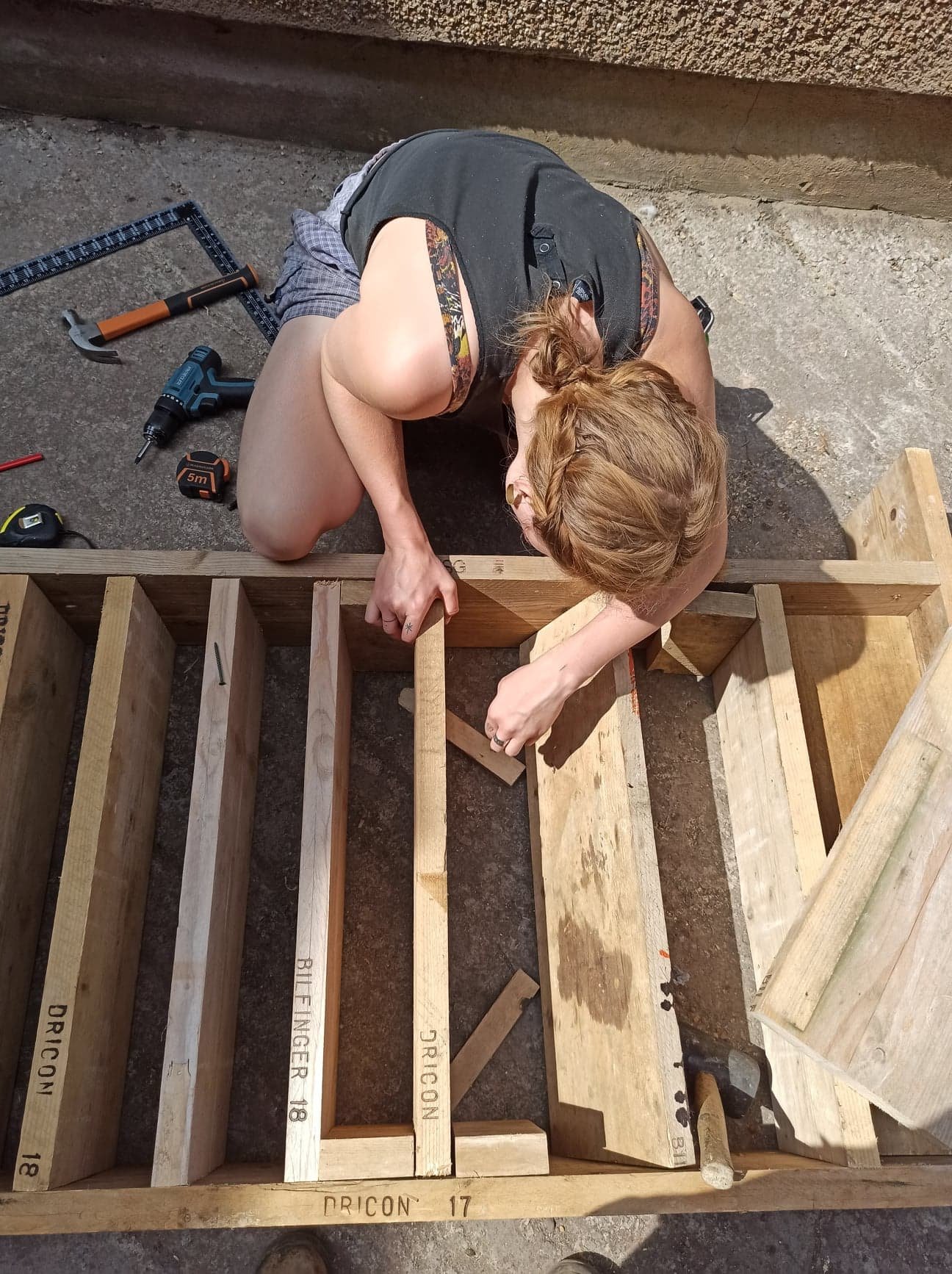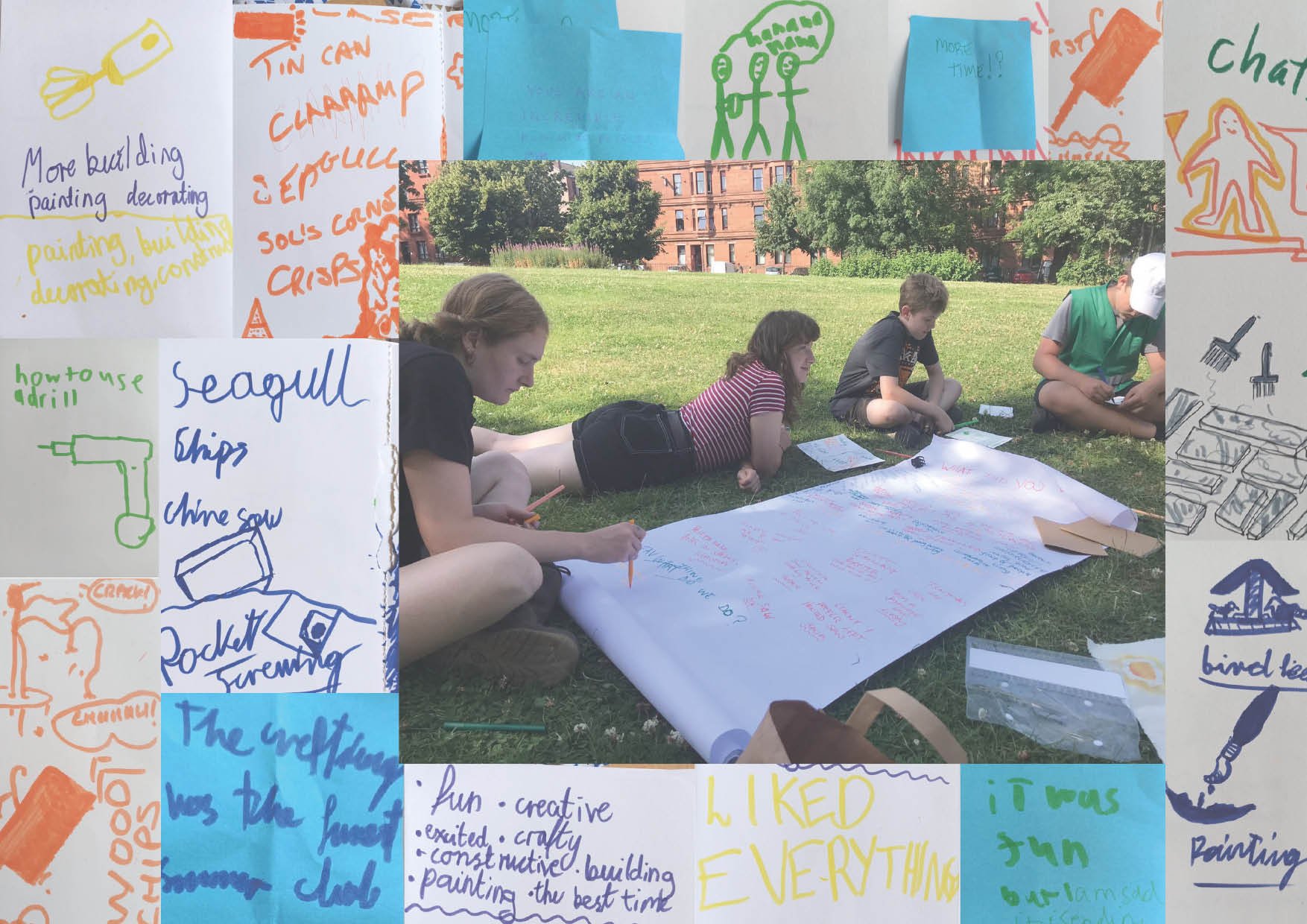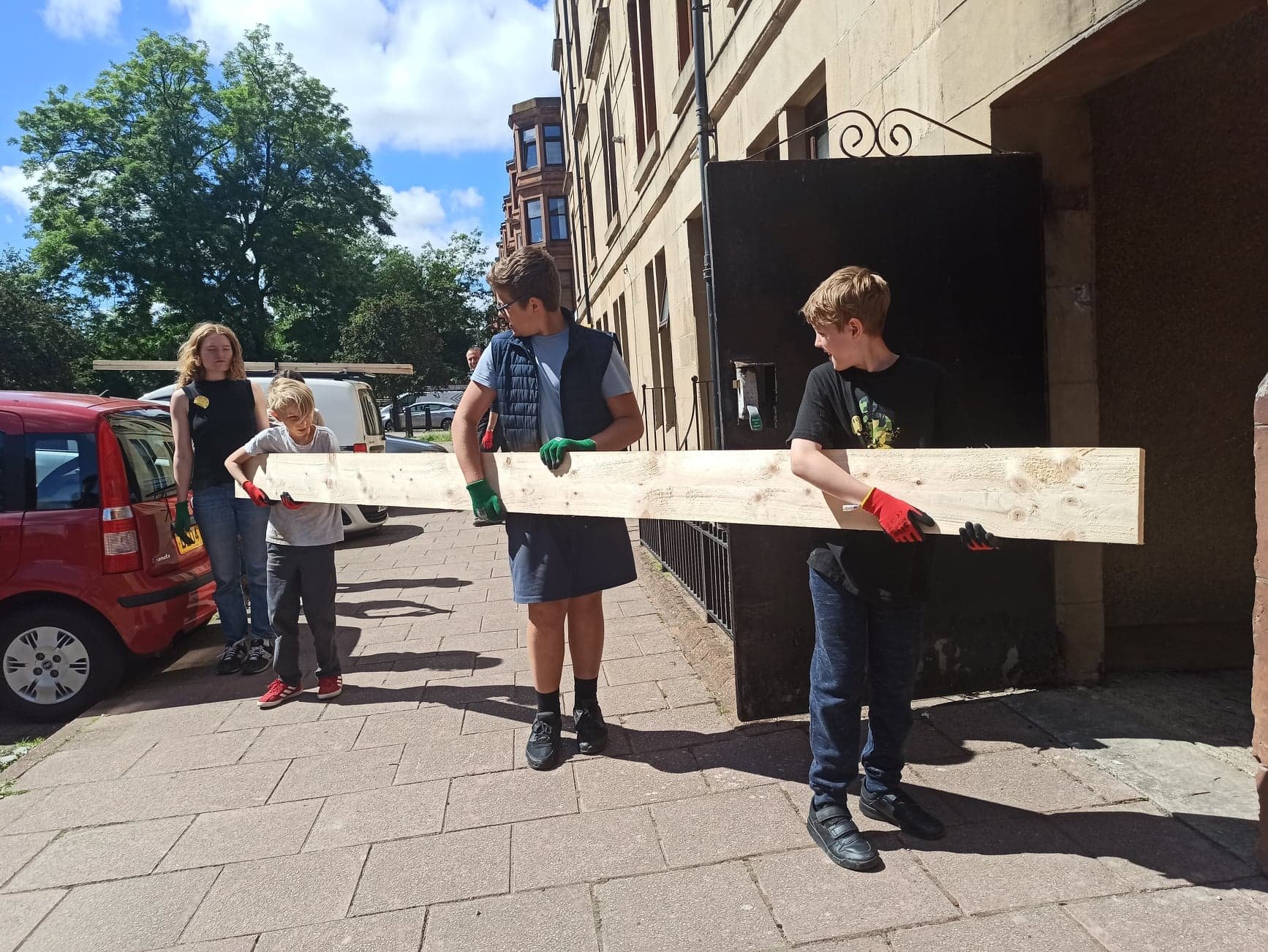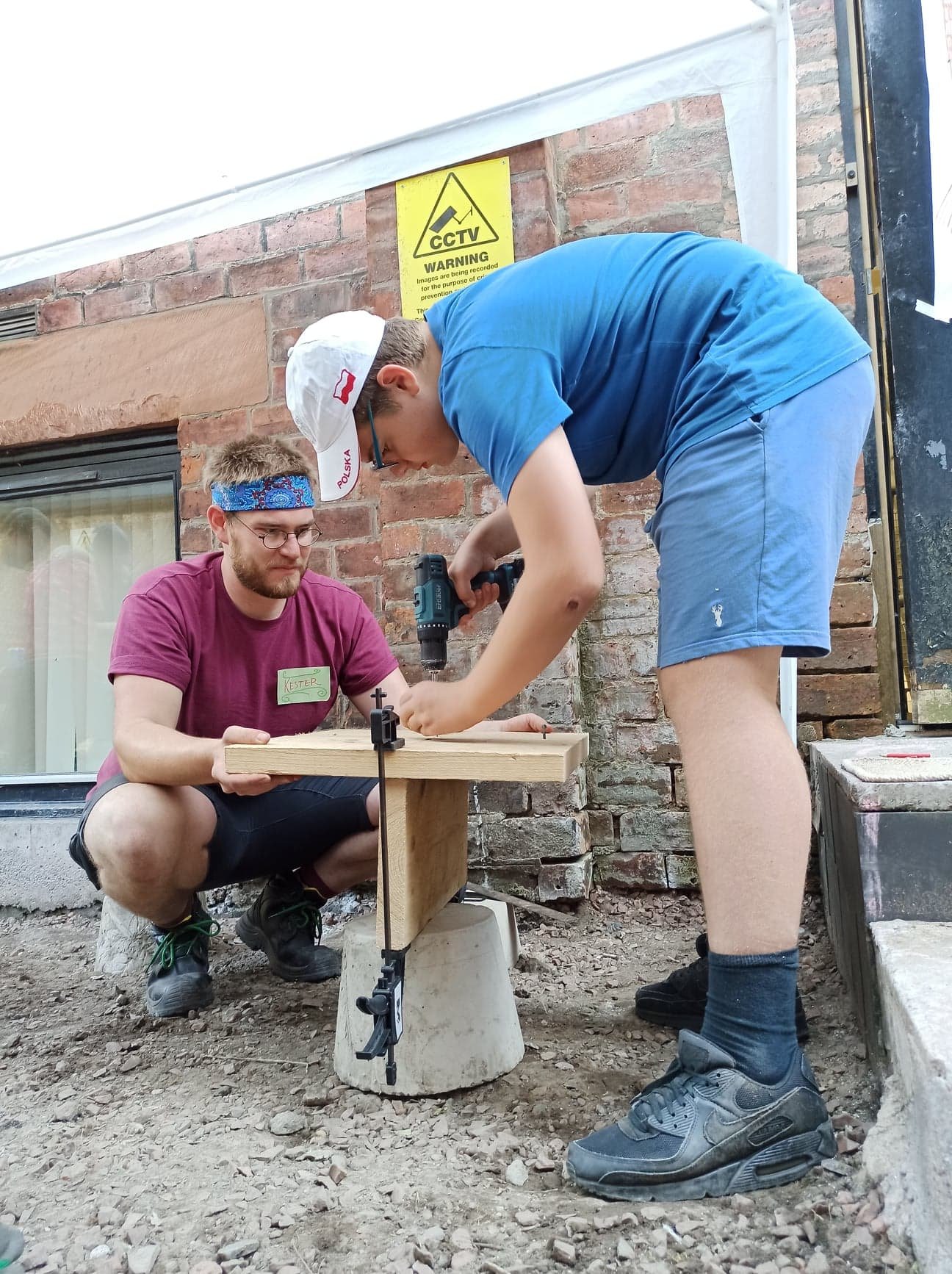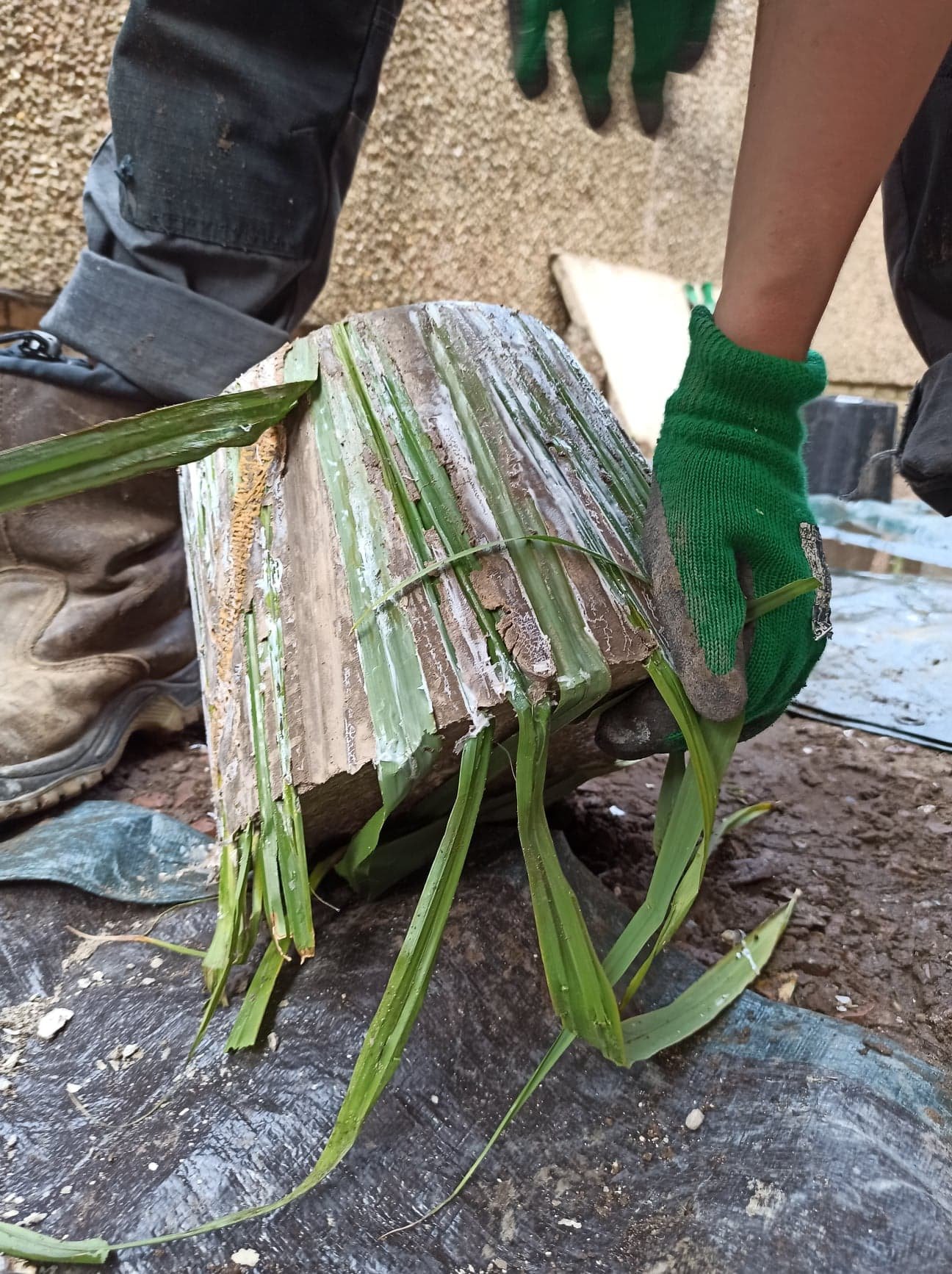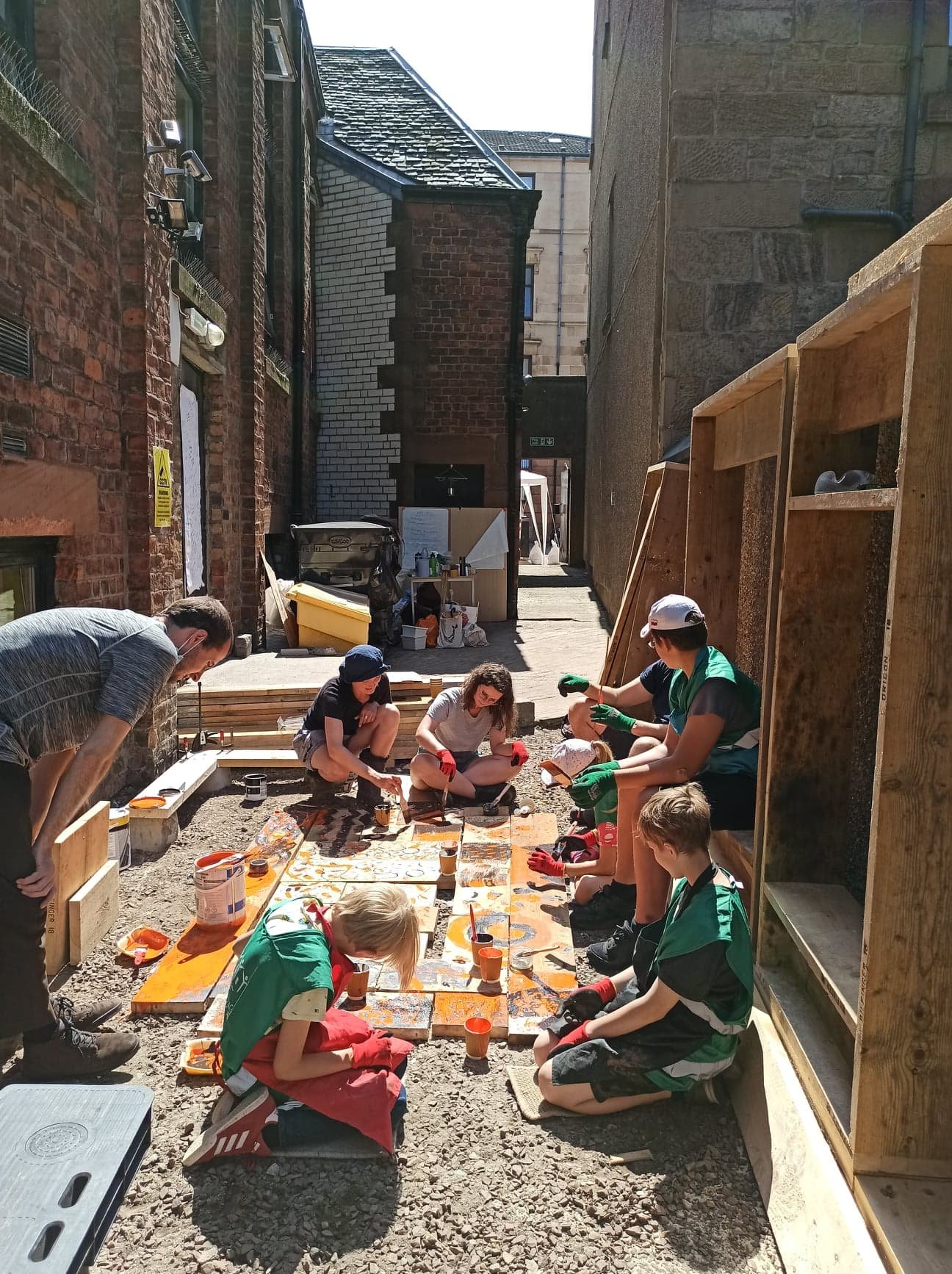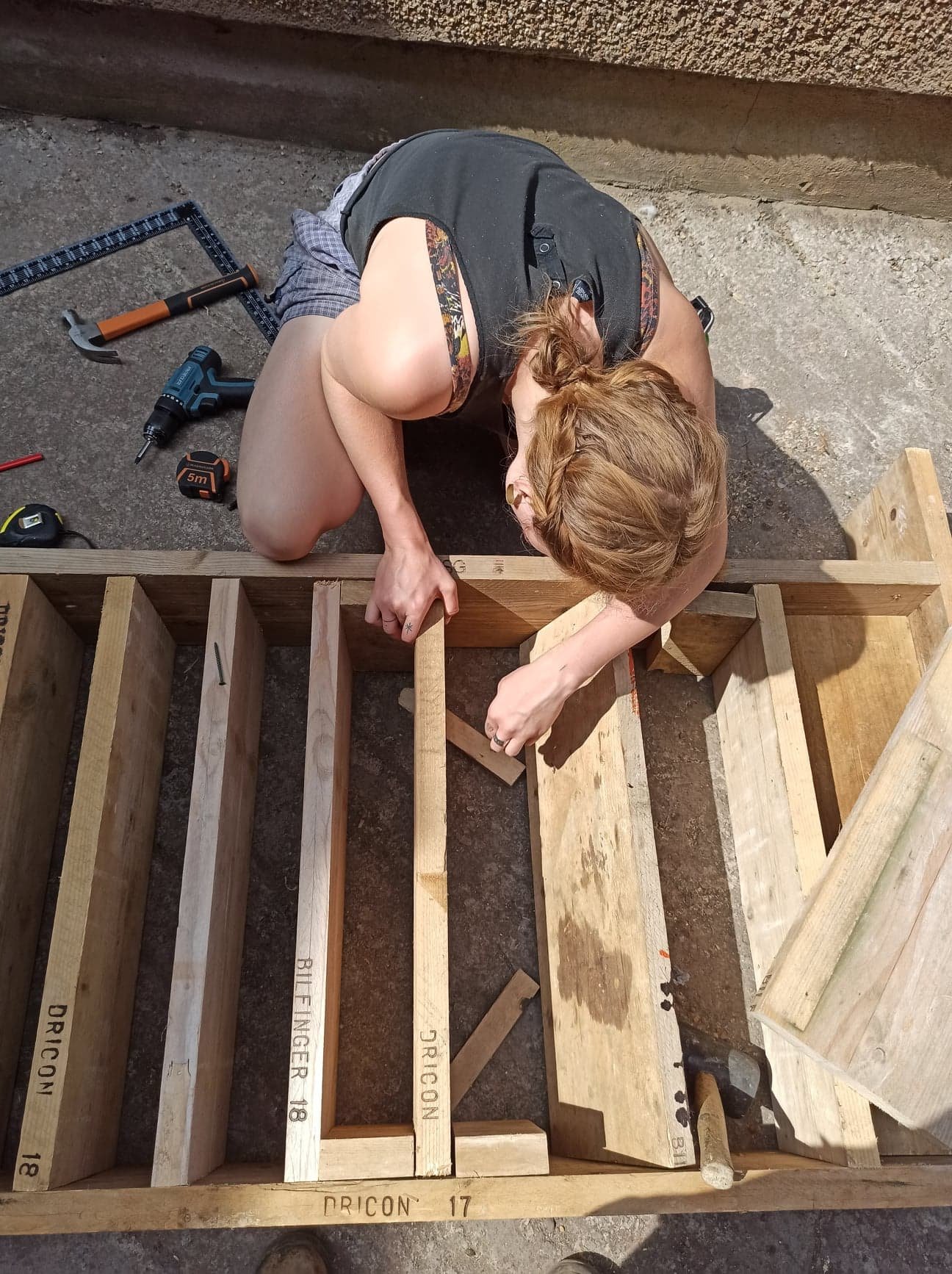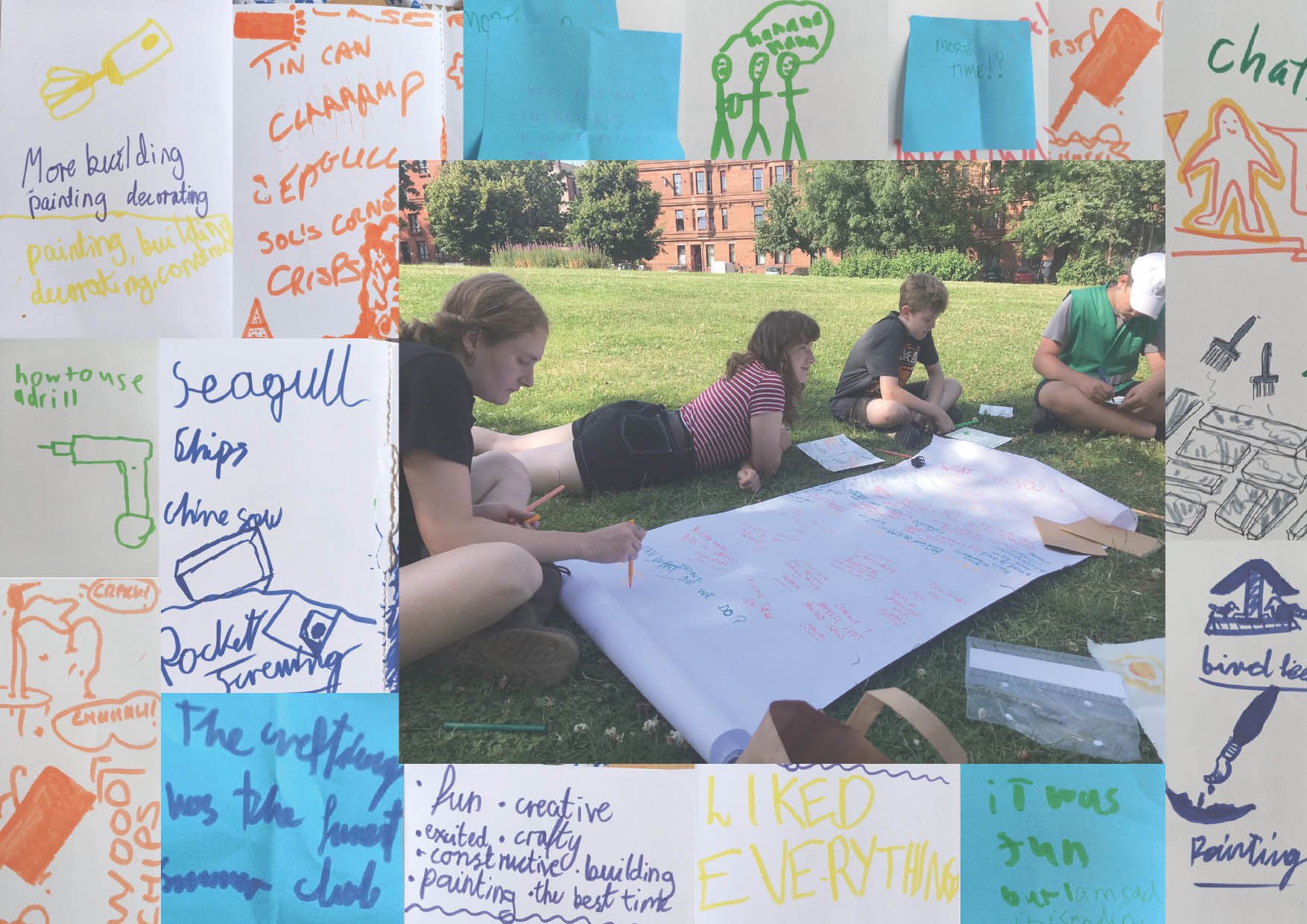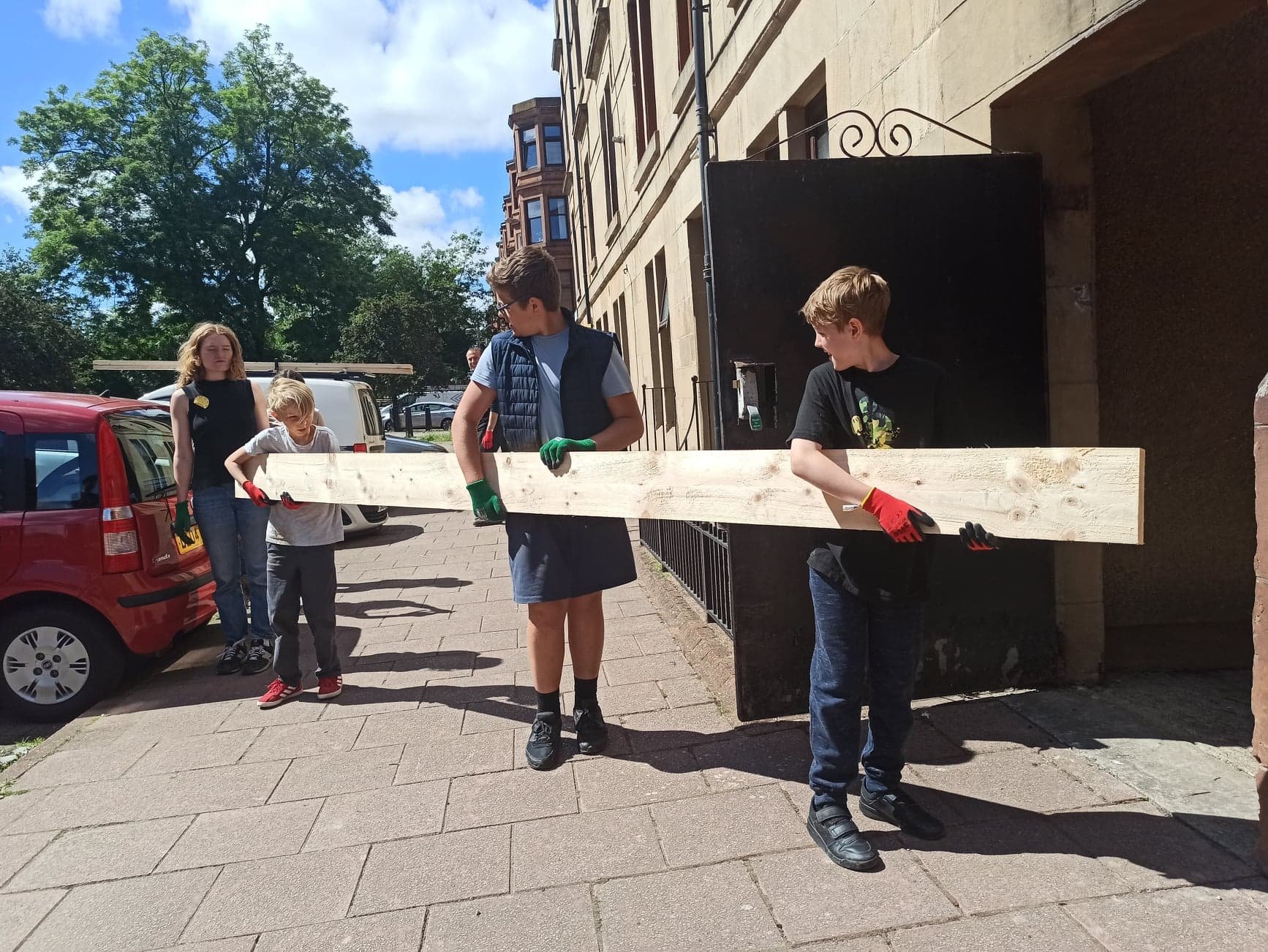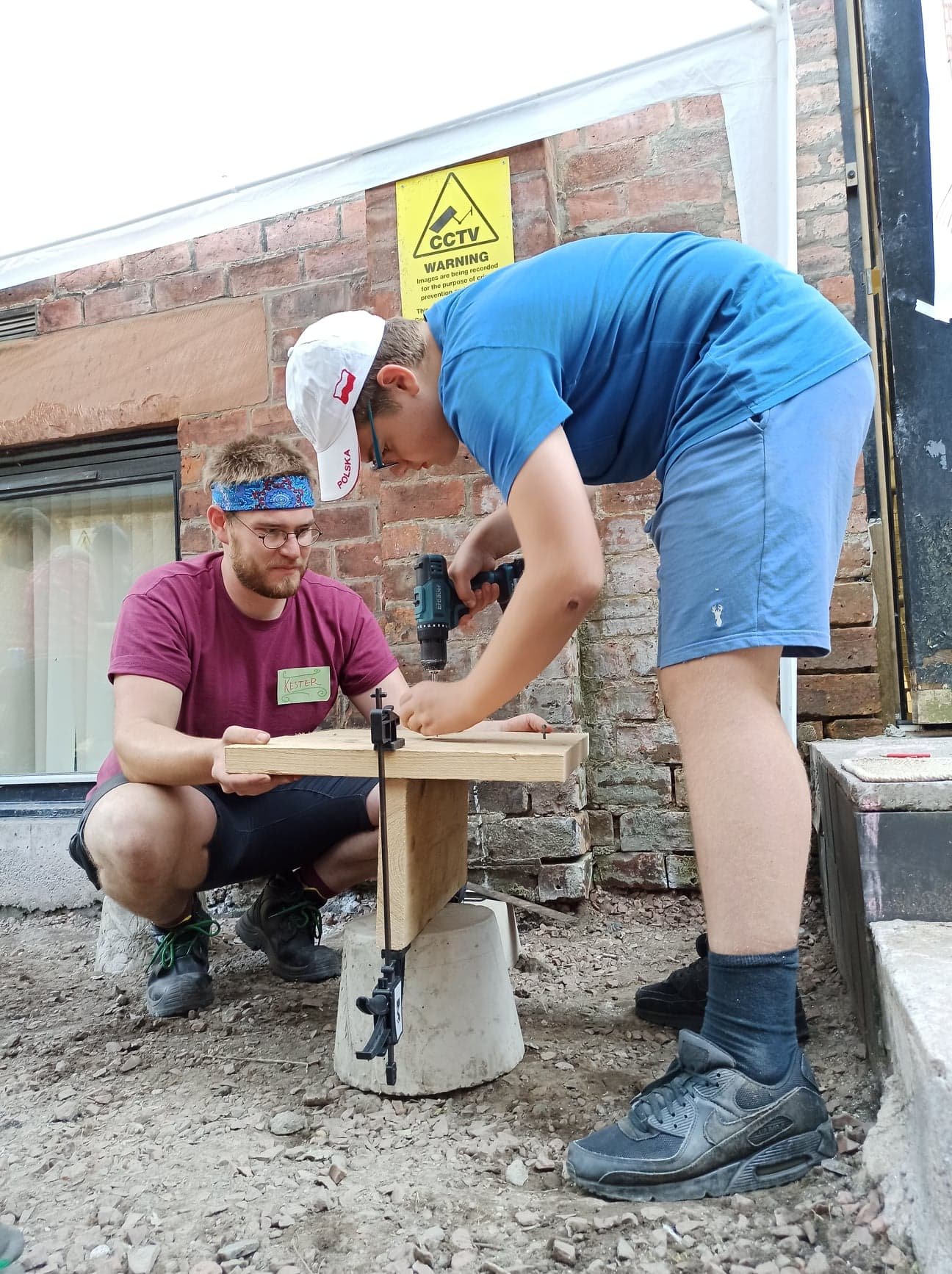Autumn Movie Nights 2023
Fiona Mckay
For many of our regular Movie Night attendees, cinema is a passion, and one they love intimately. For those who joined us for the first time this autumn, welcome and thank you very much. I hope these movies have ignited a passion for cinema in you.
On a dark cold day on the eve of All Hallows’ Day, the first of our Autumn screenings brightened up this Tuesday. It was off to the heart of the Indian Ocean we sailed, to learn about the life & architecture of Sri Lanka’s most acclaimed.
‘Geoffrey Bawa: The Genius of the Place’ was about a man widely regarded as one of South Asia’s most important architects of the 20th century - the equivalent of Frank Lloyd Wright in America, Luis Barragan in Mexico, or Oscar Niemeyer in Brazil.
Despite many challenges throughout the years - the restrictions of building materials in post-war Sri Lanka, a thirty-year Civil War that fractured the country, opposition from environmental and religious groups to one of his projects, and a series of strokes that left him paralyzed - Bawa prevailed, creating a body of work that is legendary in scale, scope, and ambition.
While his work has been celebrated in books, his work has been undiscovered by global audiences utilizing the medium of film. This film showed the deep inter-relationship between Sri Lanka’s beautiful landscapes and these stunning buildings which blur the line between the inside and the outside - one of his signature contributions to the world of architecture and design.
The fireworks from Guy Fawkes Day had just settled, and back to the BFI cinema a week later we nestled. In our quickest back-to back screenings yet, it was to Thailand where our final screening of the year was set.
"Big Ears Listen with Feet” by acclaimed artist-filmmakers Bêka & Lemoine, takes us to Bangkok on a one-day hectic journey through the chaotic concrete jungle of the South-Asian megacity. Led by the moving personal story of Boonserm Premthada, one of today’s most important Thai architects, the film unfolds through a free wander, punctuated by stunning encounters, events and places, which have contributed to shape Premthada’s unique identity and sensibility.
Deaf from birth, the architect evokes how his disability led him to develop an alternative way of listening using his whole body as a resonance chamber of sound vibrations. Despite their large ears, elephants also perceive sound mostly through their feet. Learning from elephants, Boonserm has developed an architecture of the senses where sound vibrations become the voice of space.
Walking through the dark streets of the slum where he grew up, flying to remote rural communities living in symbiosis with elephants, and observing old ladies’ devotion towards the Buddhist monks of their village, the film reveals, through impressive sequences, the architect’s active commitment to work with people for whom architecture can have a strong social impact.
When a road movie merges with a film diary, here comes the one-of-a-kind style of Bêka & Lemoine’s performative cinema.
We enjoyed some refreshments for this last screening, a toast to all our audience members who have supported us this year. I hope you have enjoyed the varied movies screened, and I look forward to welcoming you back next year. Thank you!
Written by Christopher Musangi, AIA

